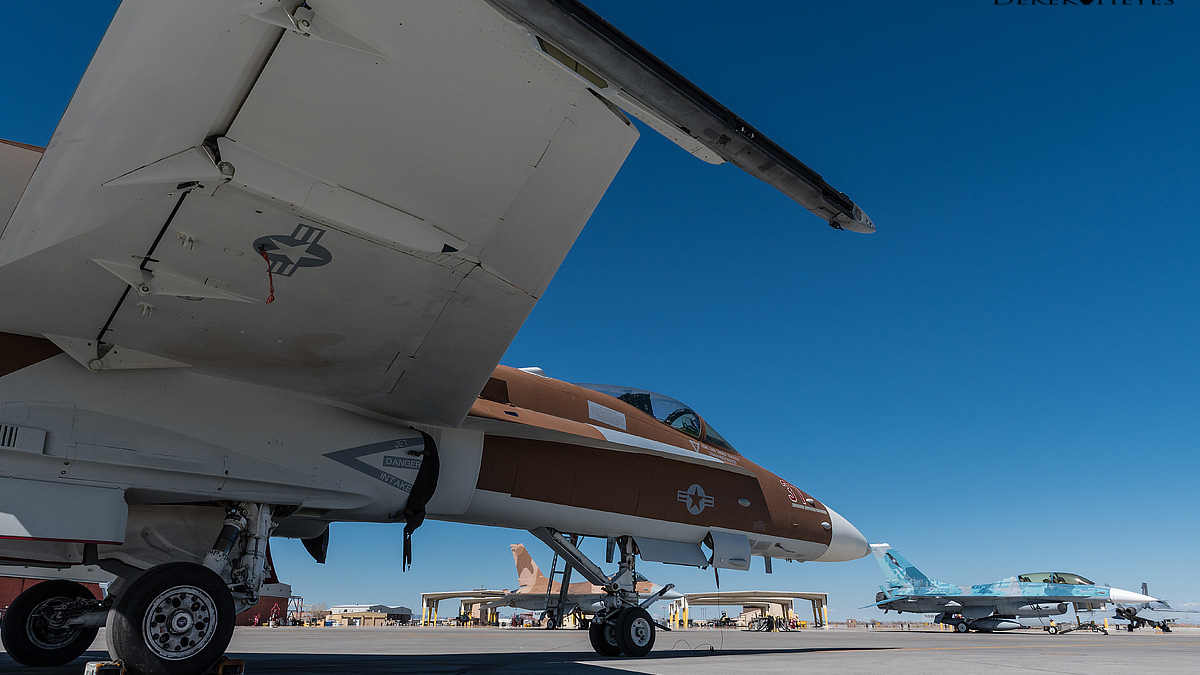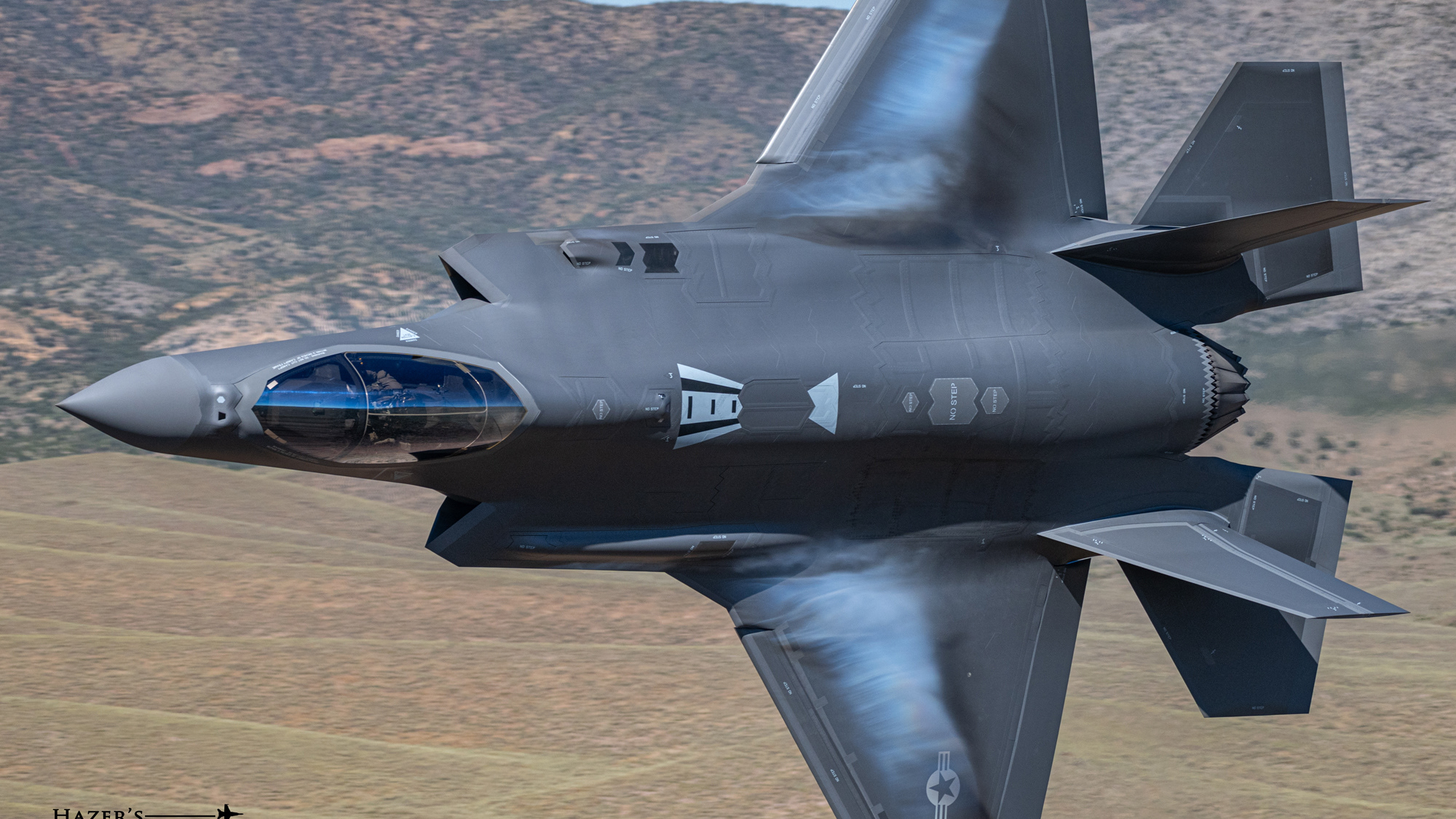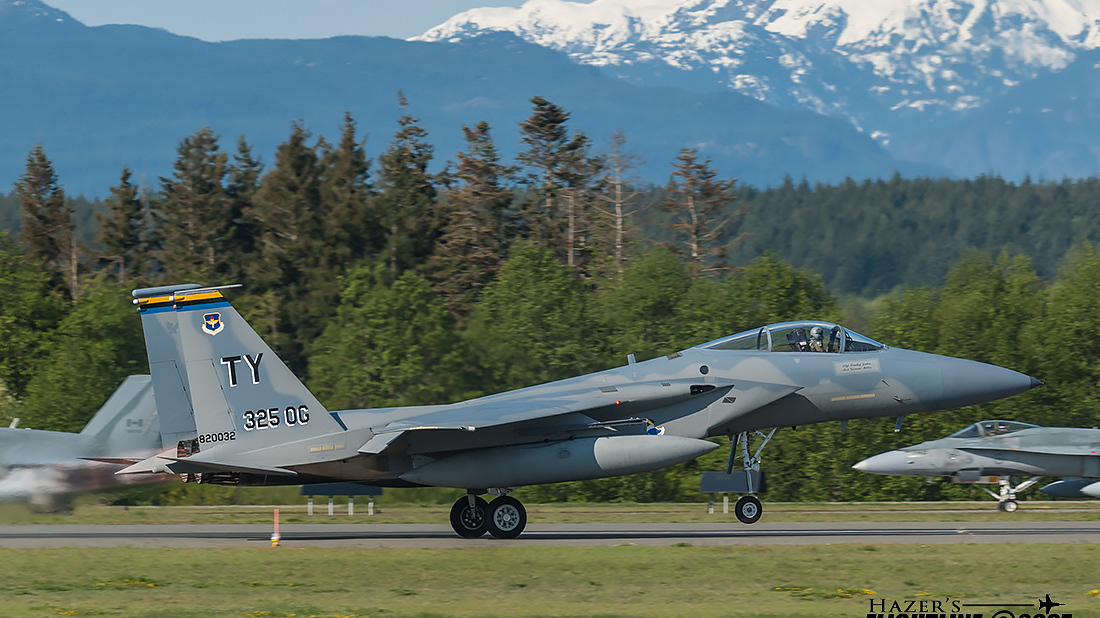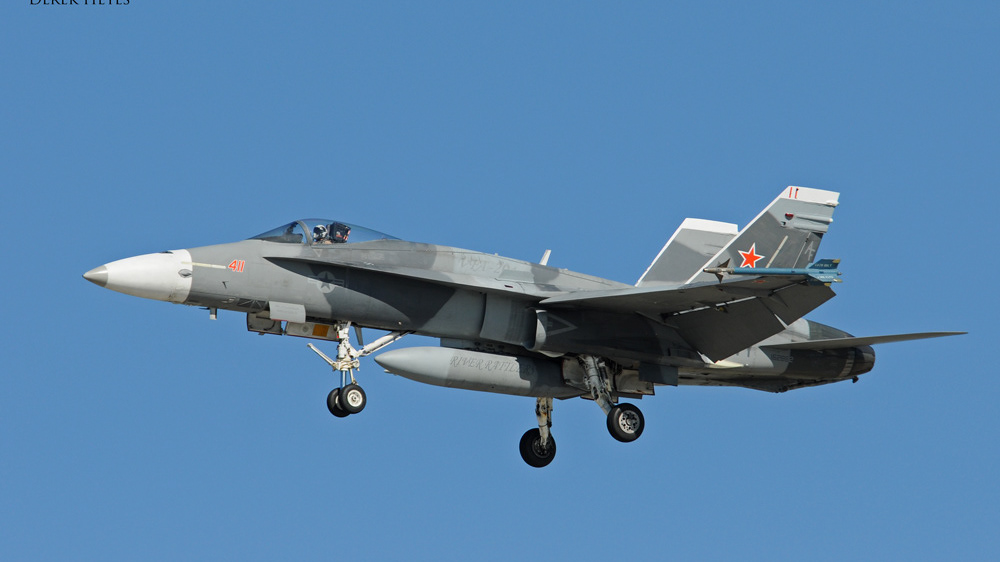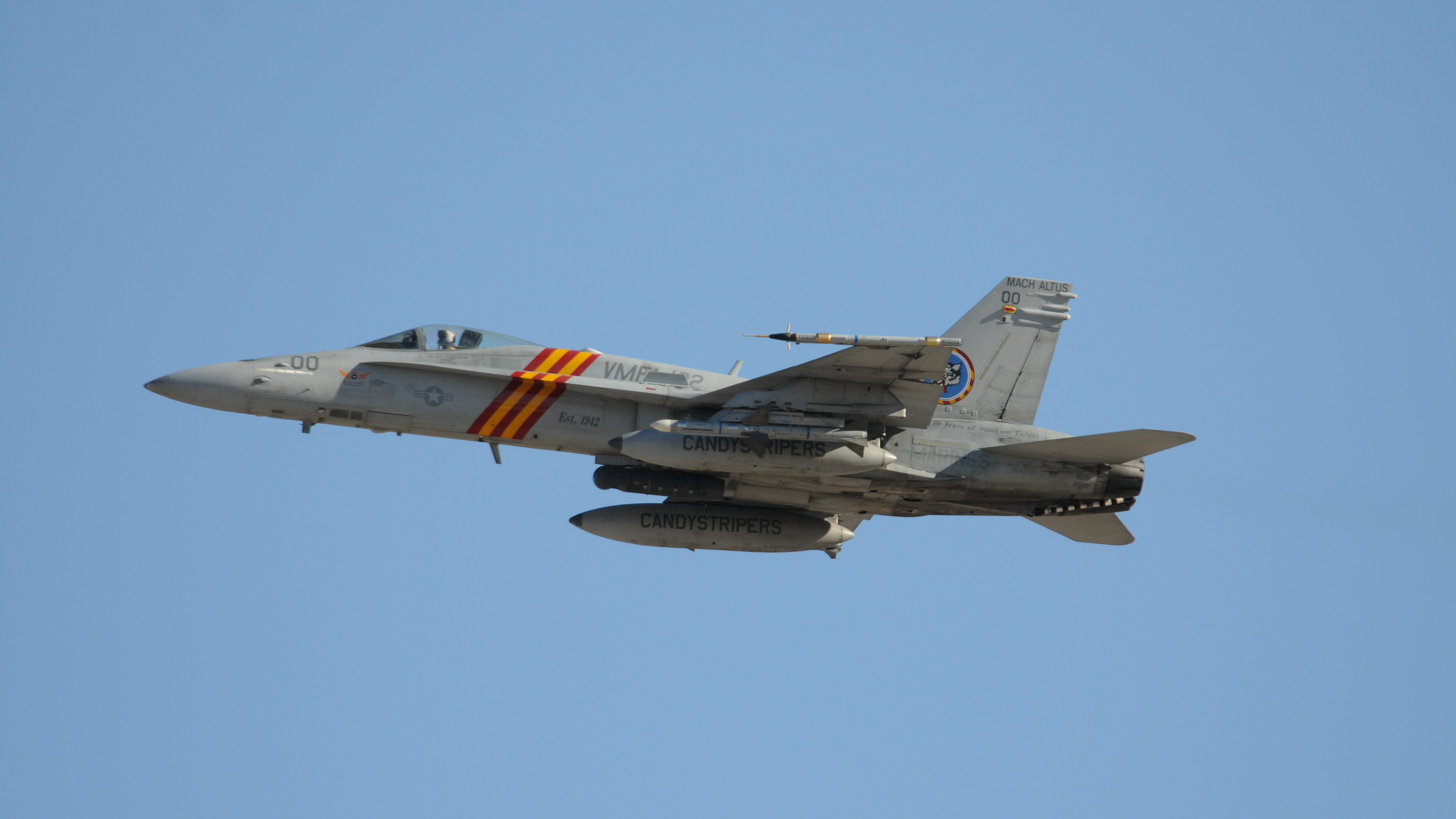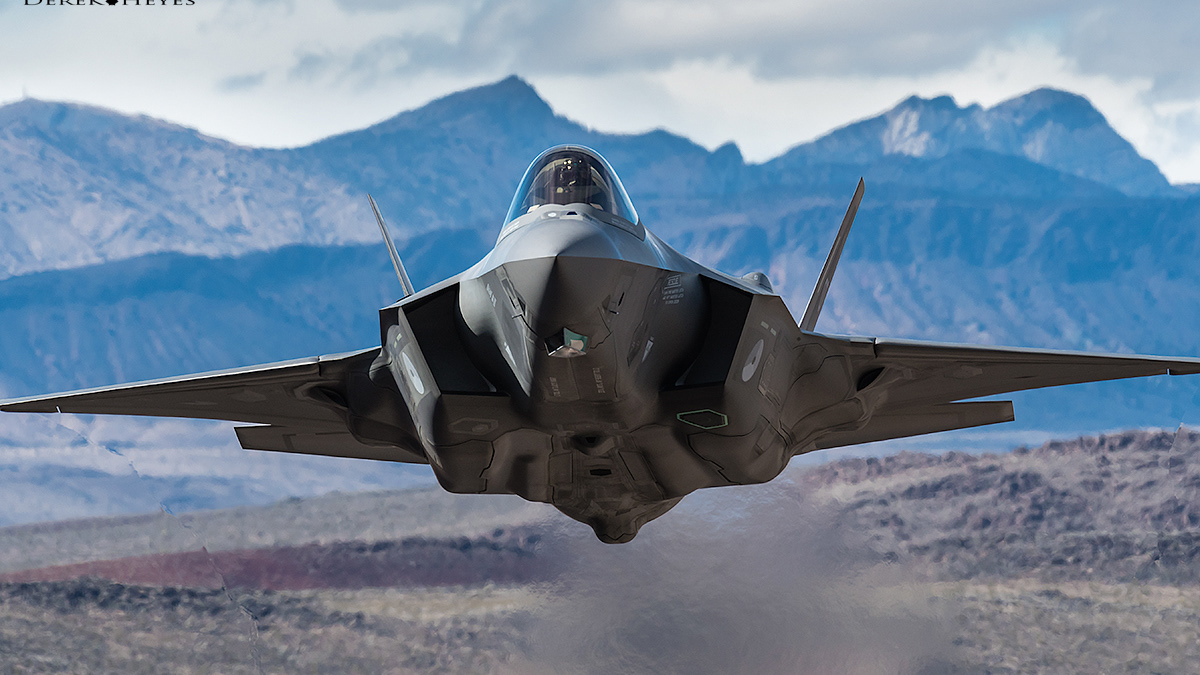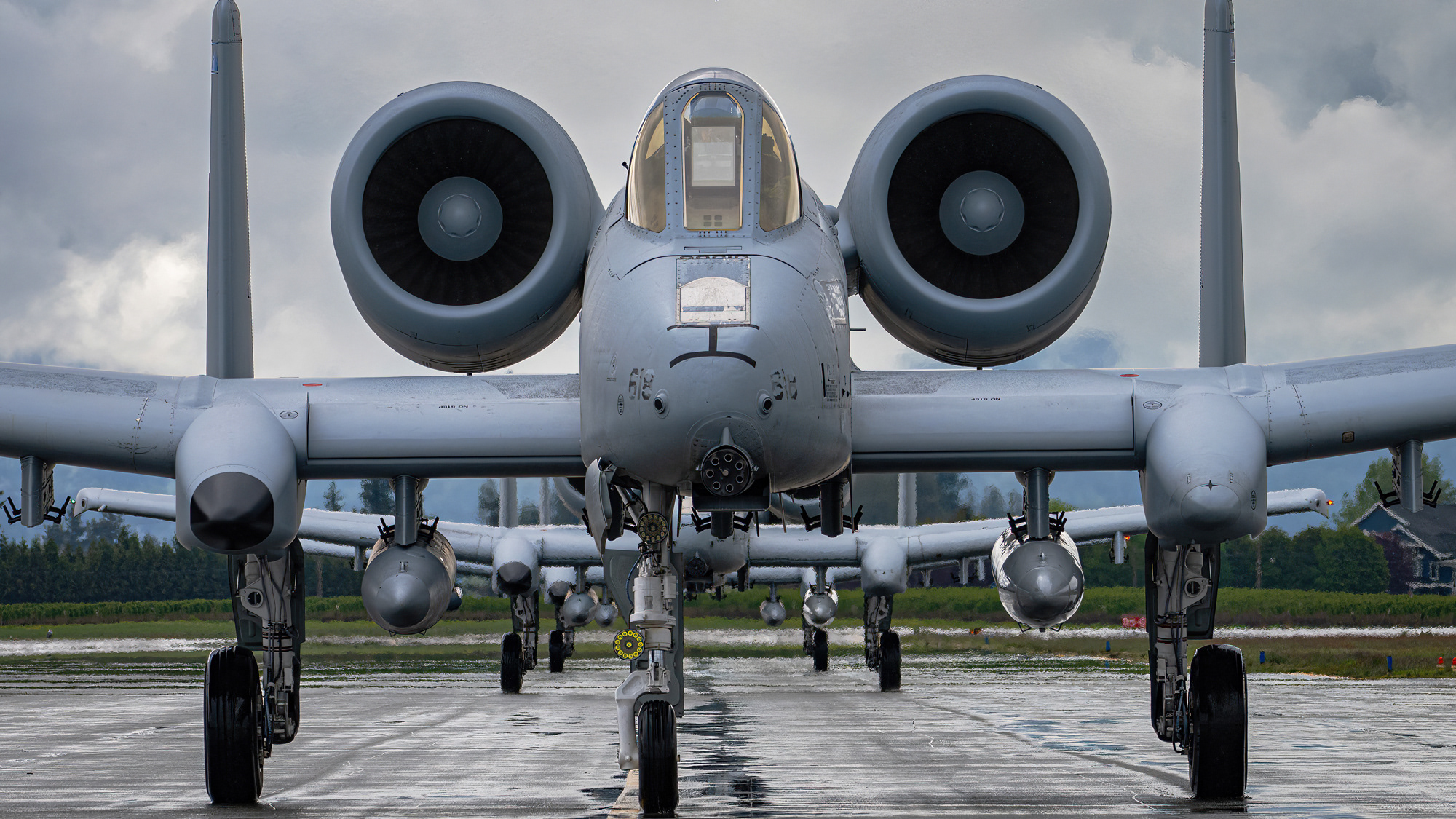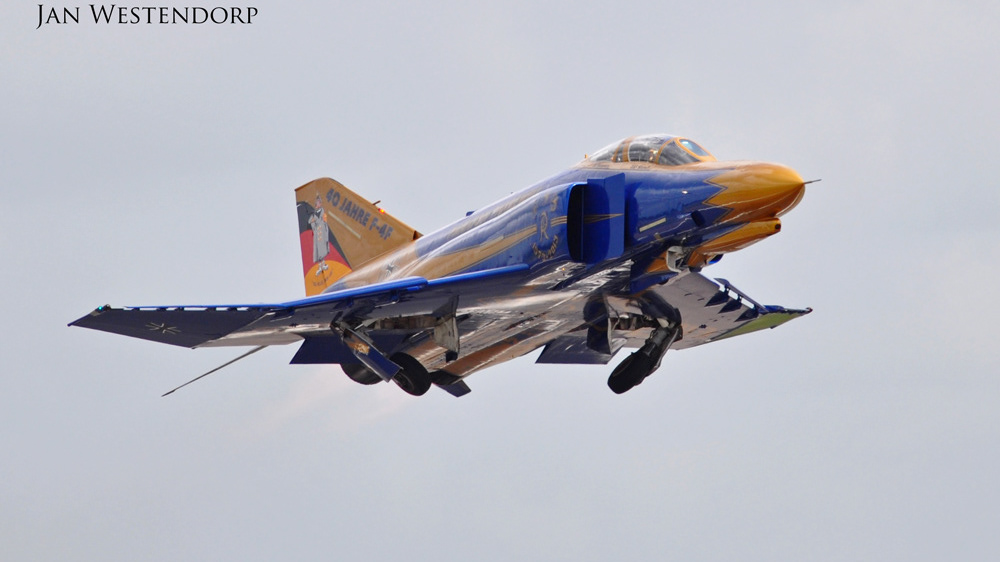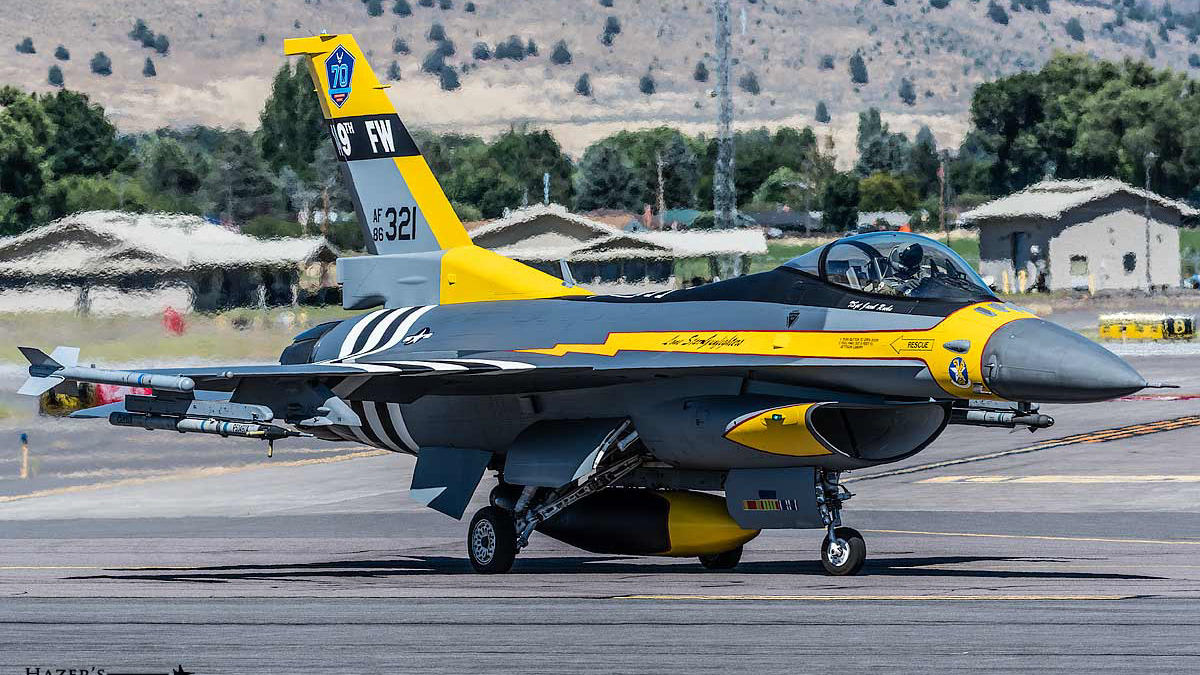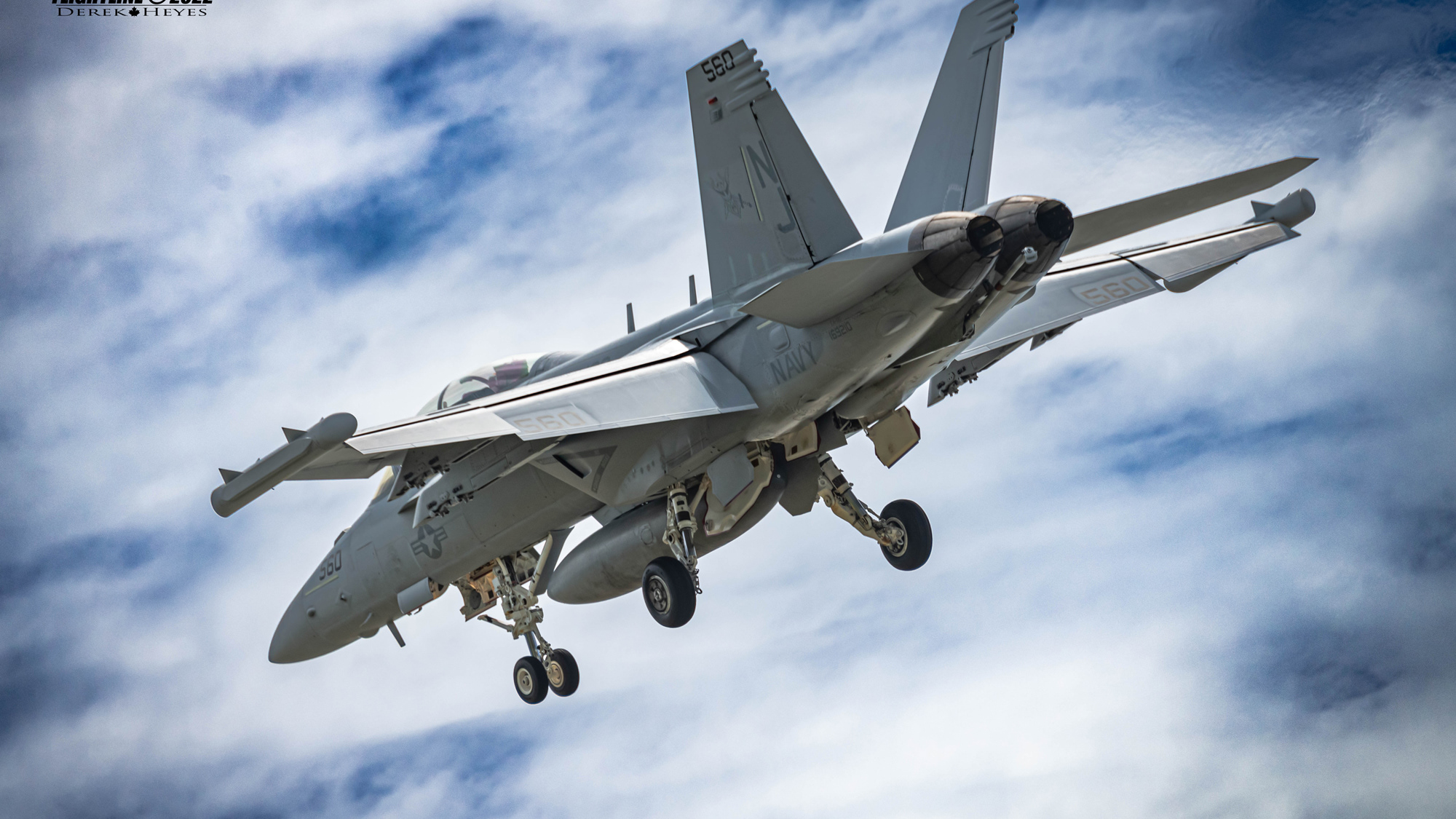
Fincastle is an annual competiton that offers valuable training in a friendly competitive setting amongst the forces of the Commonwealth - United Kingdom, Australia, New Zealand and this years host country Canada. The competition involves Anti Submarine Warfare (ASW) crews flying a series of complex missions that are critiqued and graded by a pair of international air observers. The team that has the highest marks wins the prestigious Fincastle Trophy, as well as bragging rights until the next competition. As the role of sub hunting is now declining, the ASW aircraft have undergone upgrades to perform a new overland role that is vital to current operations on the war on terrorism. Known as Intelligence, Surveillance and Reconnaissance (ISR), they orbit at high altitude, while the crew monitor the troop’s movements and provide ground commanders with real-time surveillance information. Since 2006, Exercise Fincastle has recognized this new role and has now incorporated ISR missions into the event. This year’s exercise offered one week of exceptional ISR training with the last week dedicated to the traditional ASW mission.
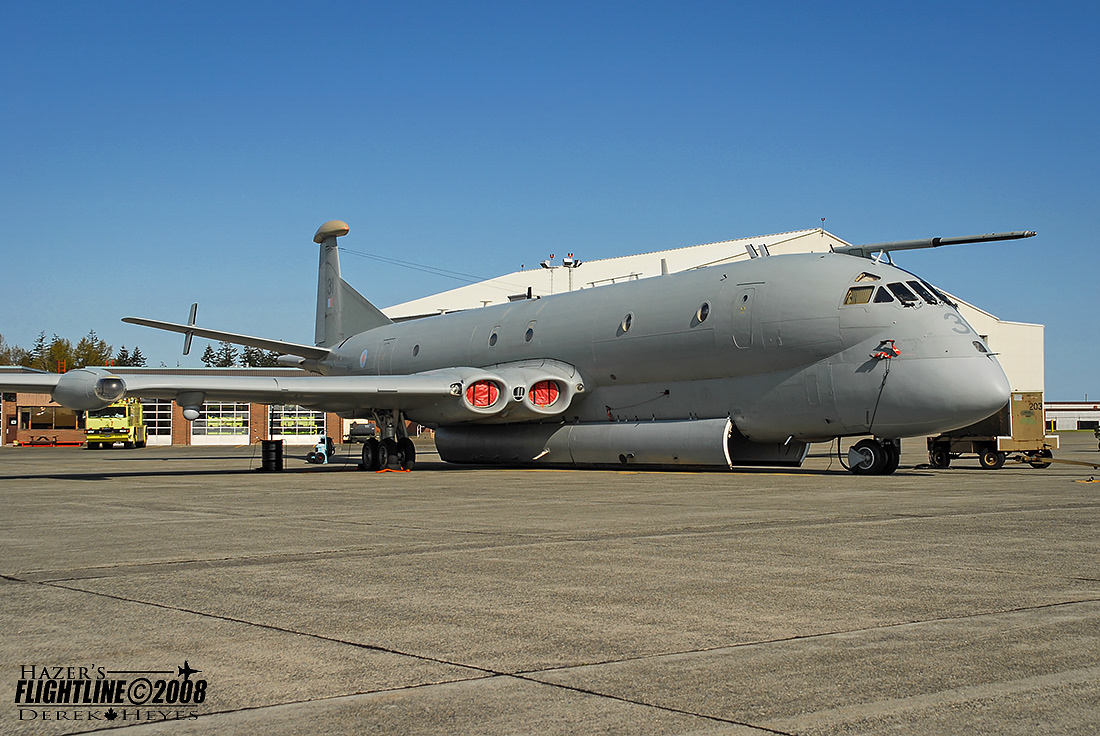
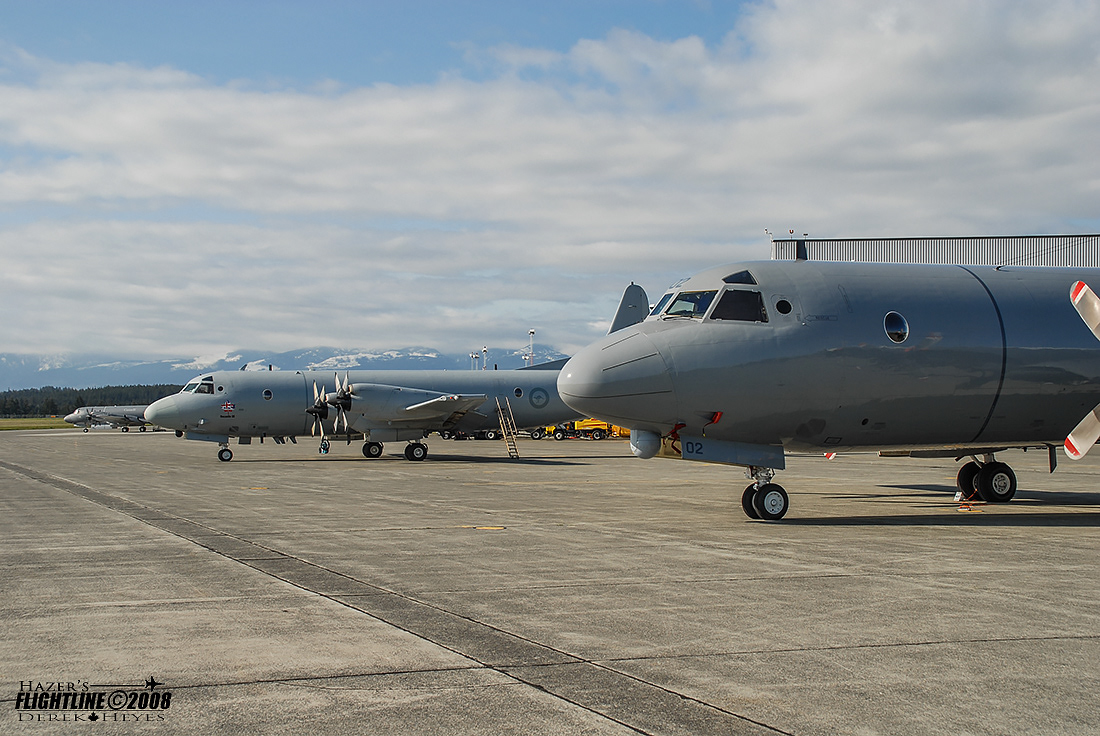
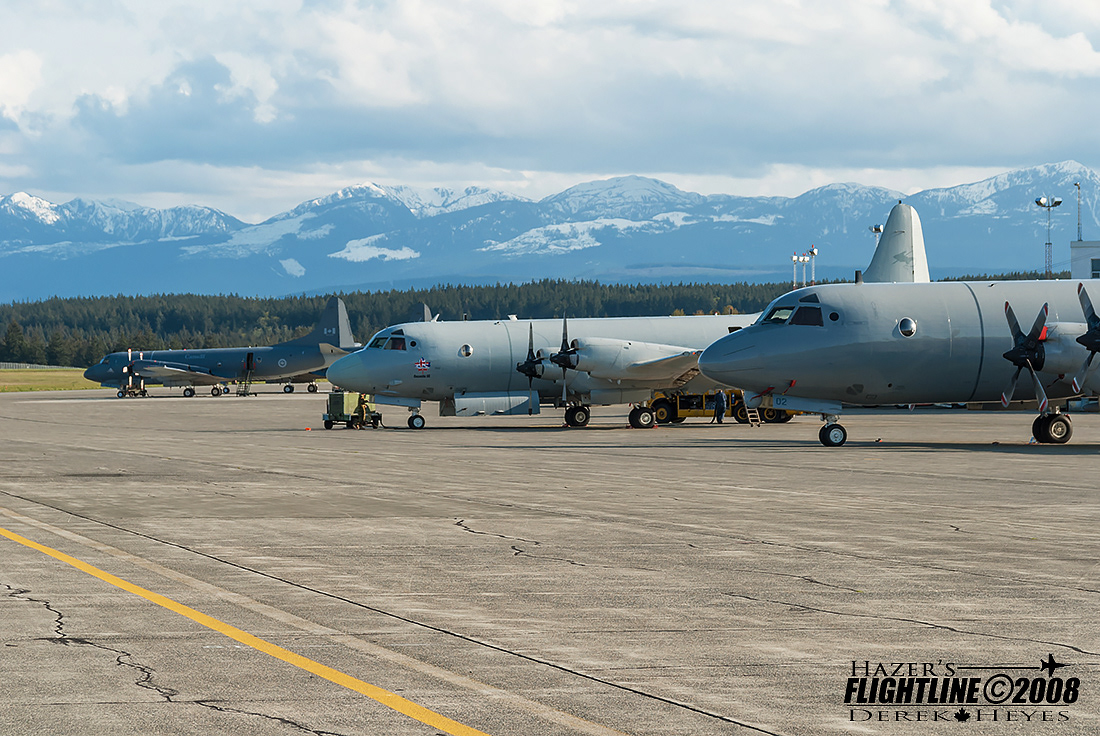
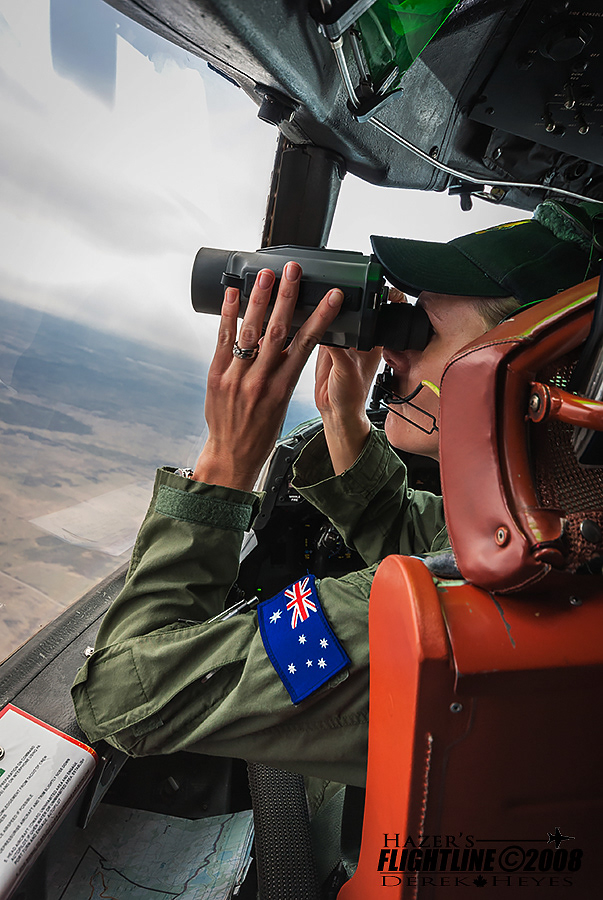

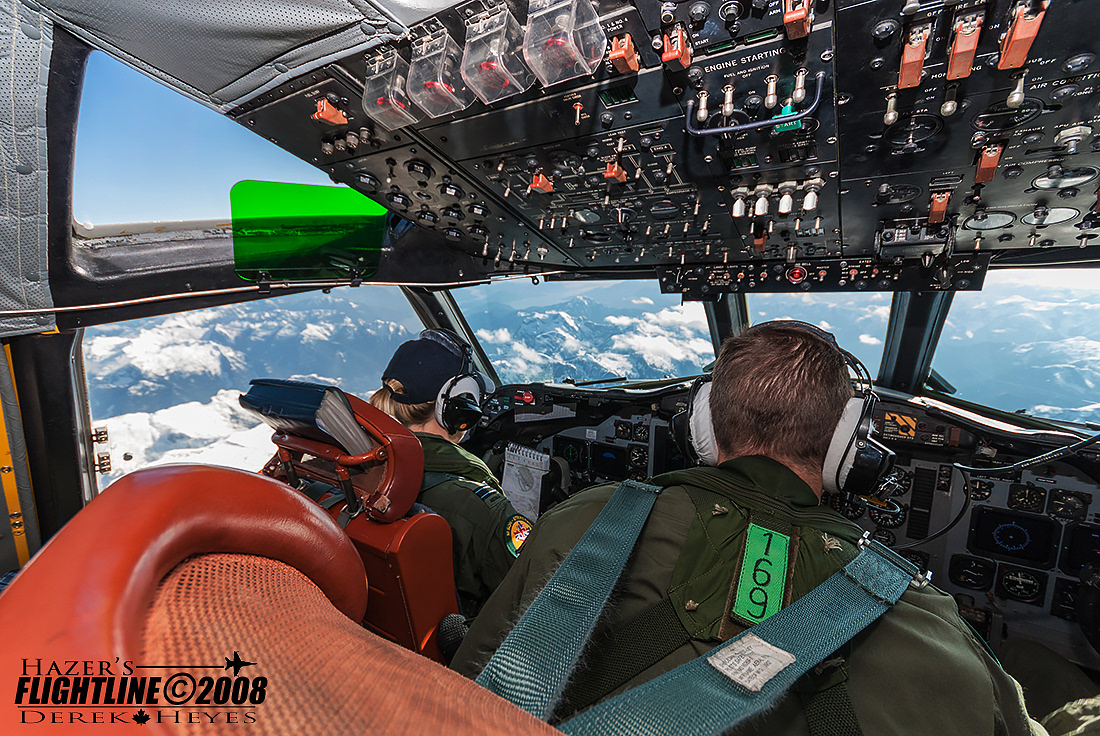
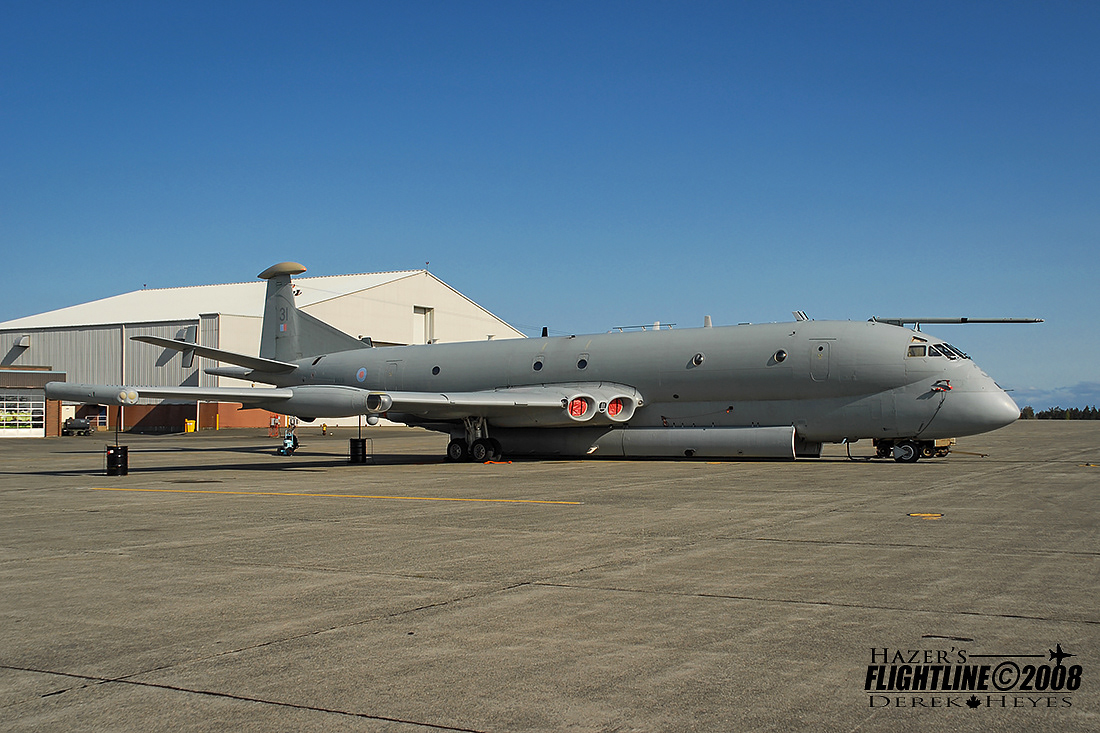

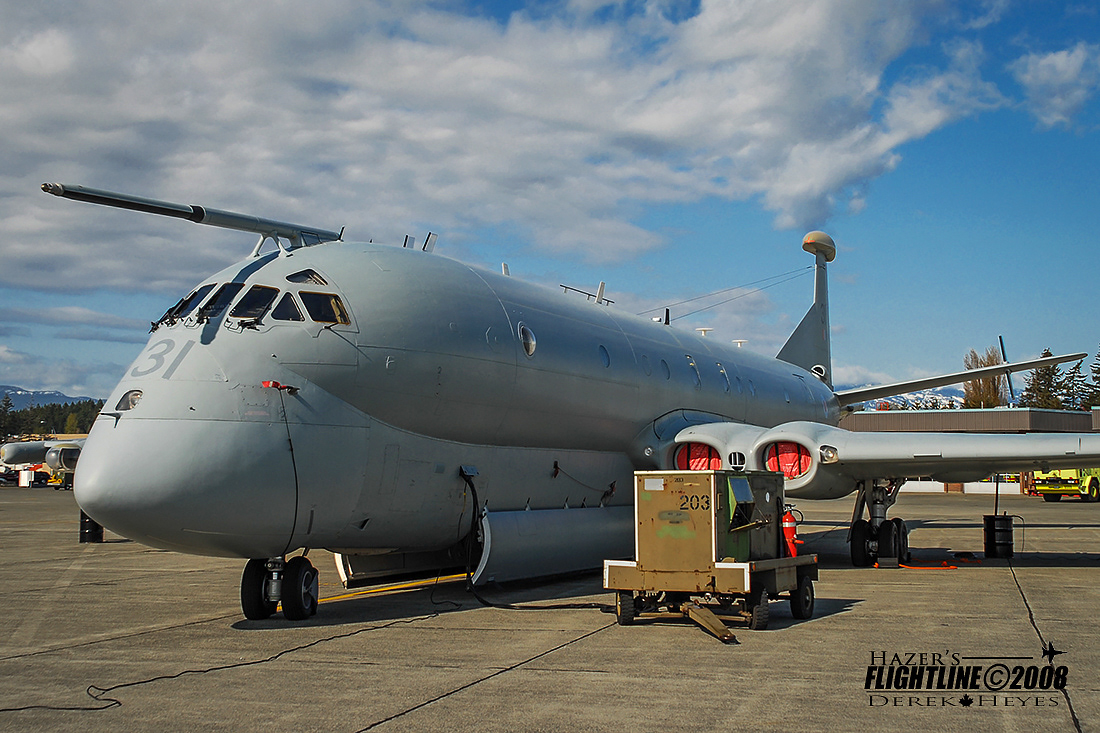

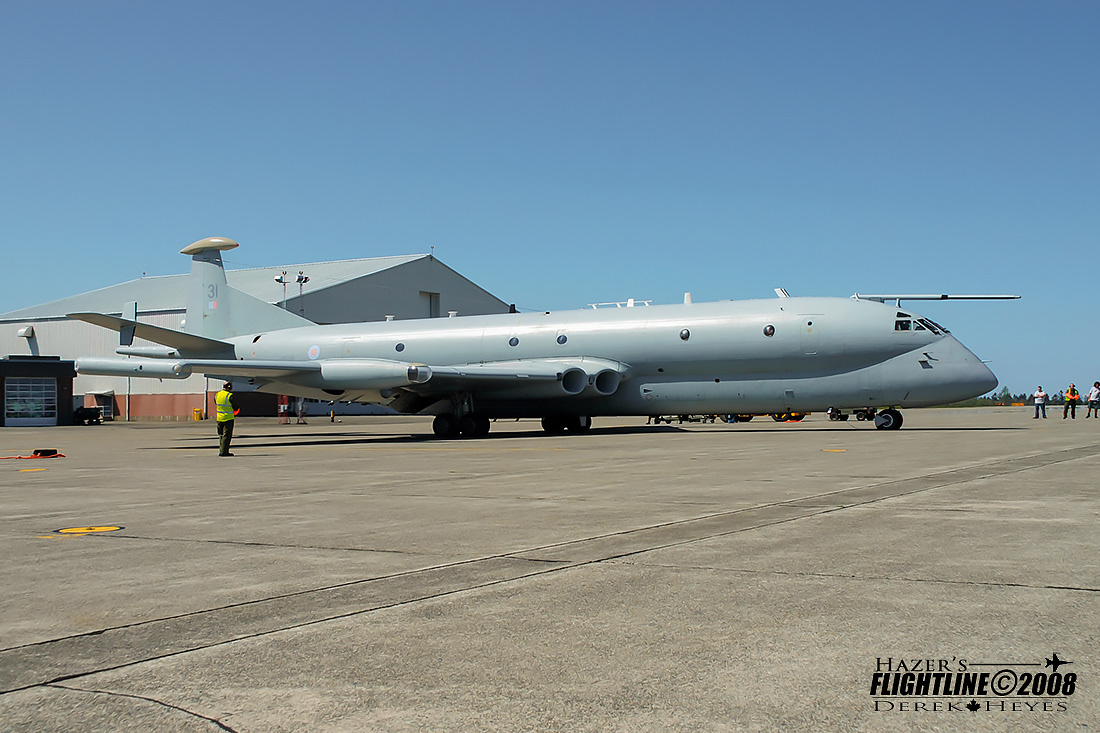
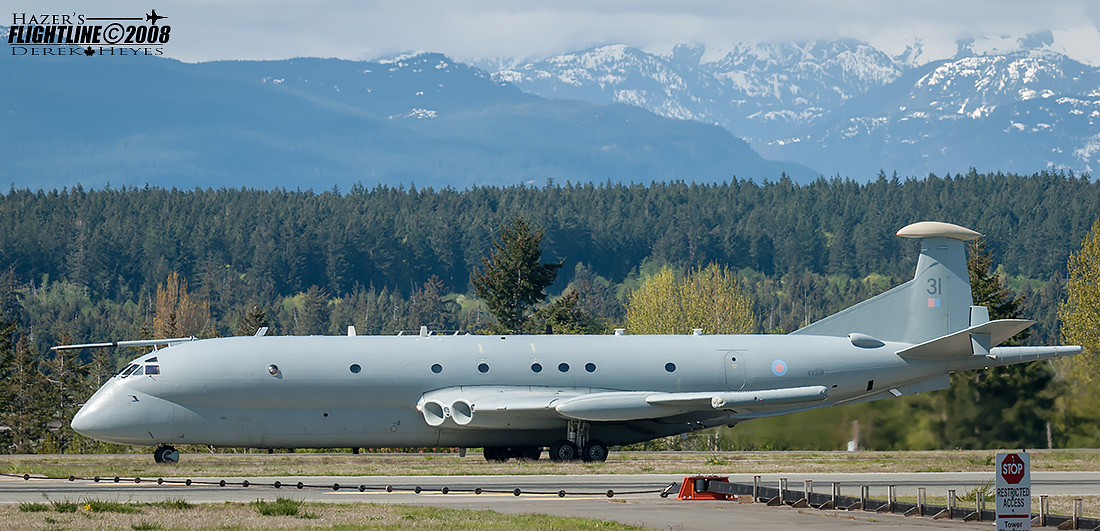
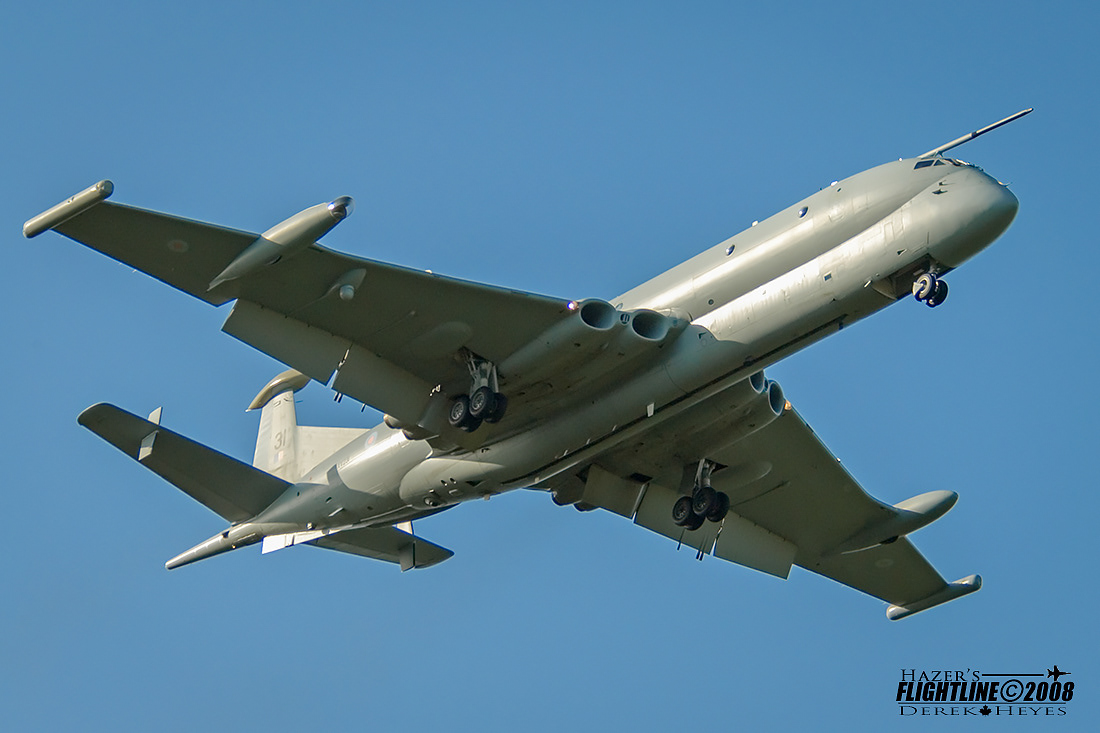
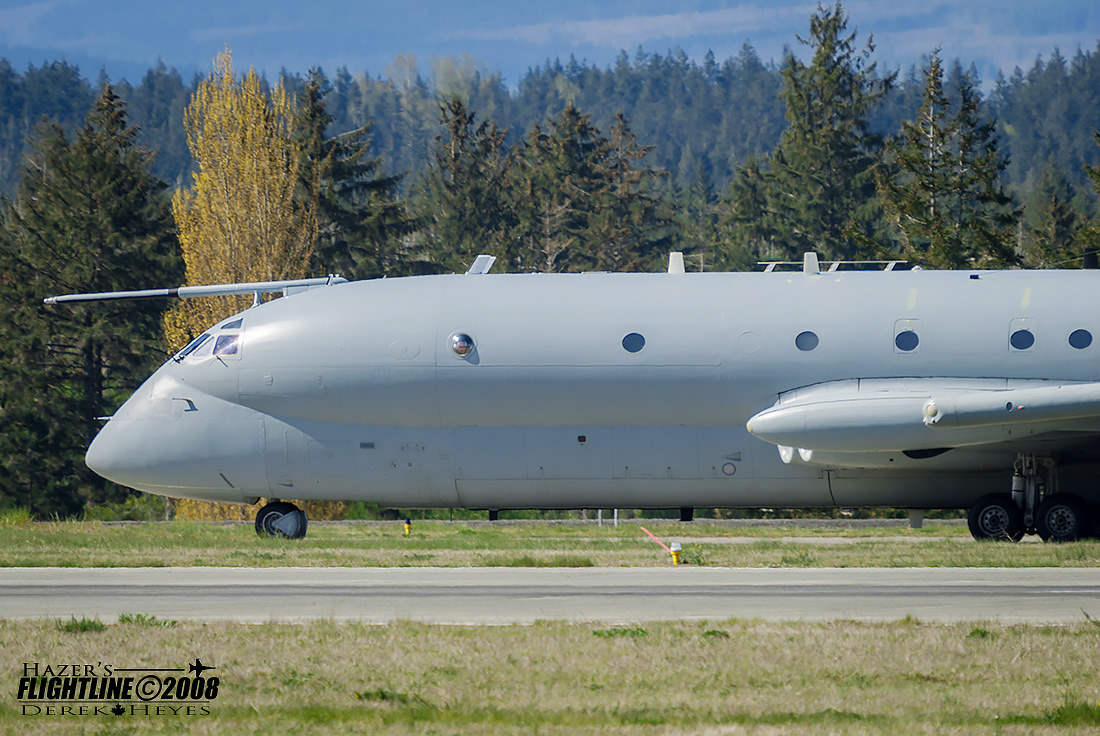
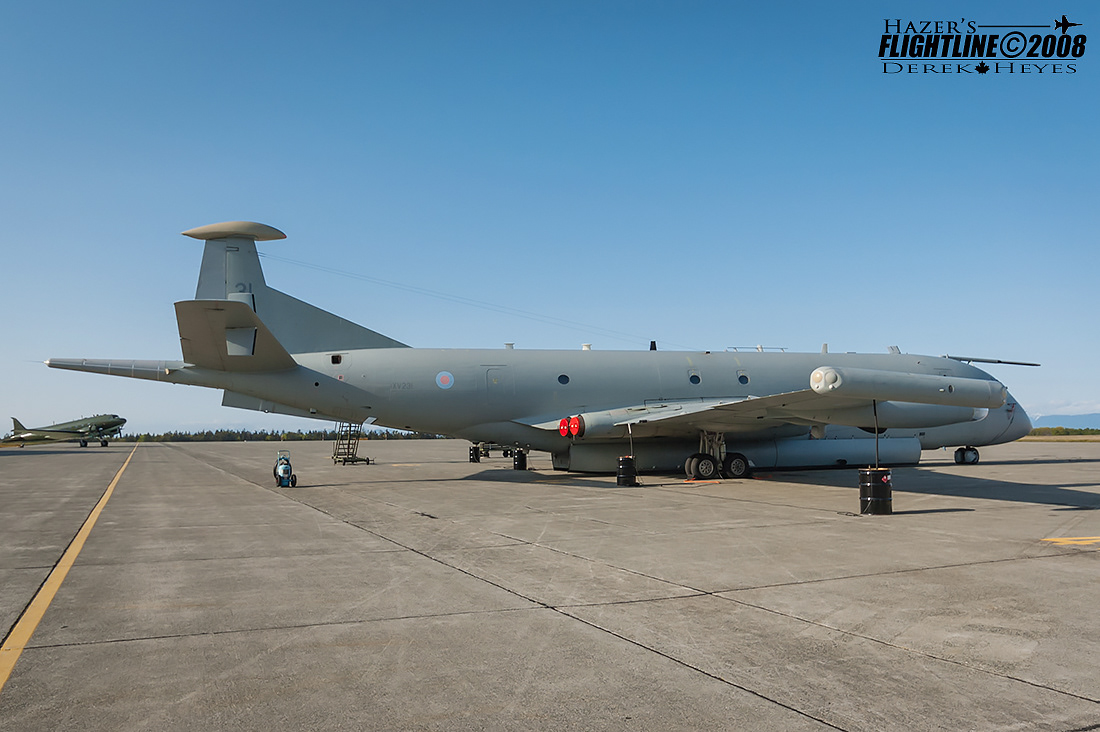
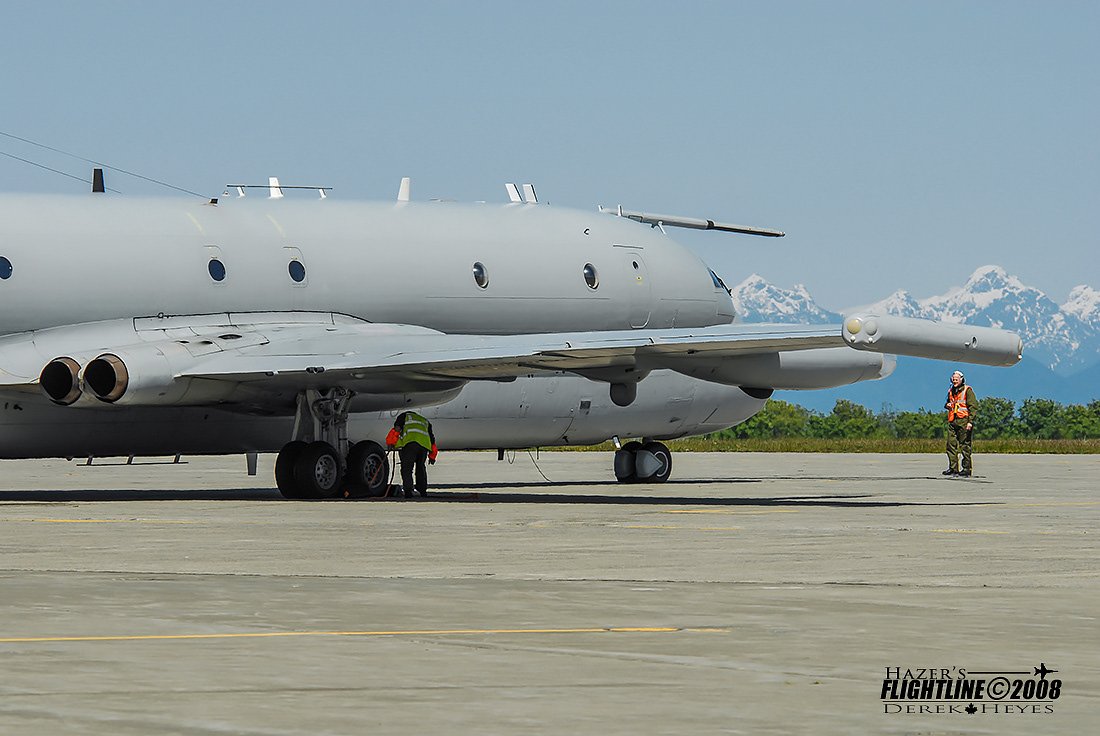
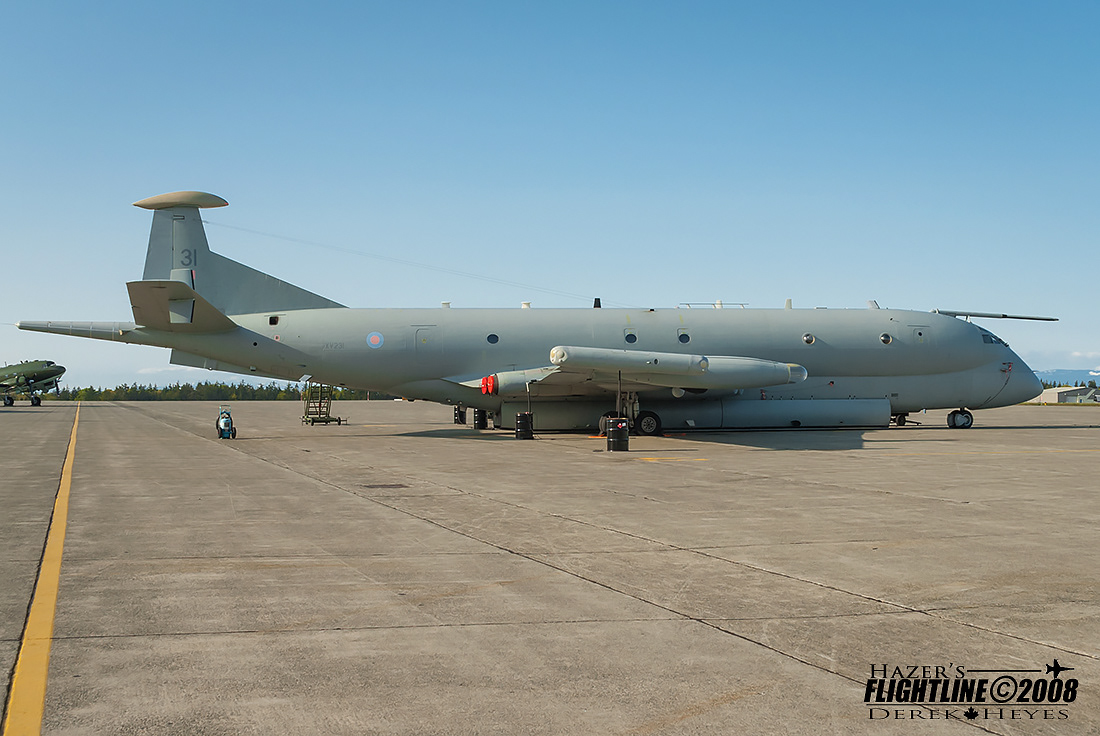
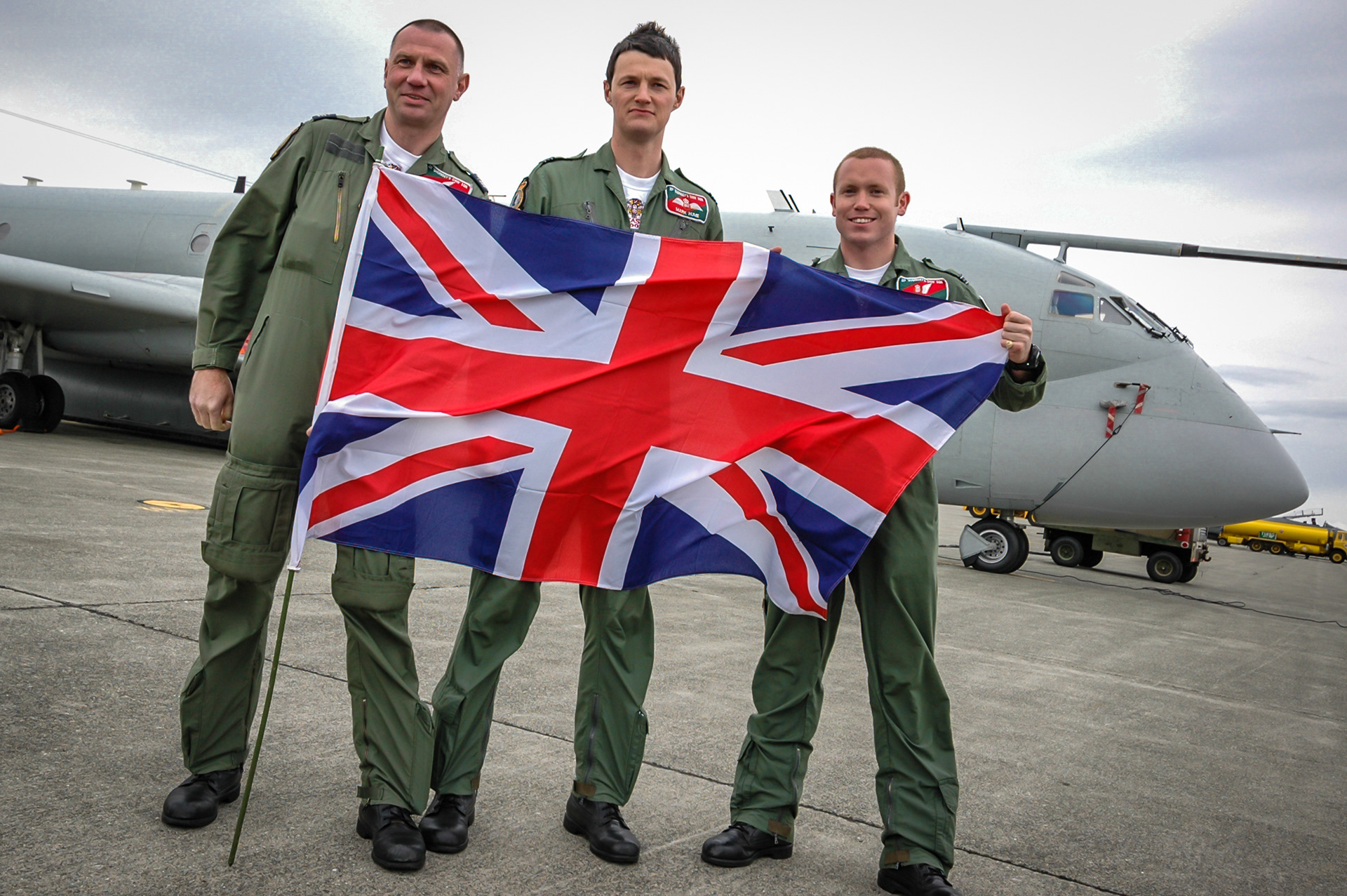
Fincastle 2008 was held at 19 Wing Comox, located on Vancouver Island on Canada's west coast from April 28 to May 18, 2008. The participants brought their best crews and aircraft to Fincastle; the Royal Air Force were represented by No. 201 Squadron flying the only ASW jet platform, the BAE MR2 Nimrod, the Royal Australian Air Force from 10 Squadron flying their Lockheed AP-3C Orion, the Royal New Zealand Air Force from 5 Squadron with their P-3K Orion and the home team from 407 "Demons" Squadron flying their version of the P-3, the CP-140 Aurora. The ASW missions were conducted at the Canadian Forces Maritime Experimental Testing Range (CFMETR) located at Nanoose Bay. Each team would fly one familiarization flight followed by a competition flight later in the week. . The ISR missions were completed during the first week of the competition by participating in Exercise Maple Guardian. Each crew flew three flights over the Canadian Maneuver Training Center in Wainwright, Alberta, supporting the next Battle Group of Canadian troops that are deploying to Afghanistan in September.
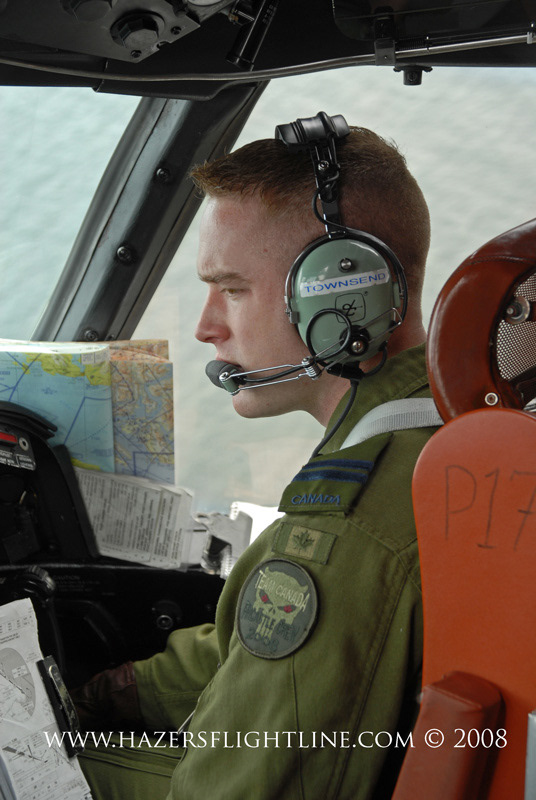
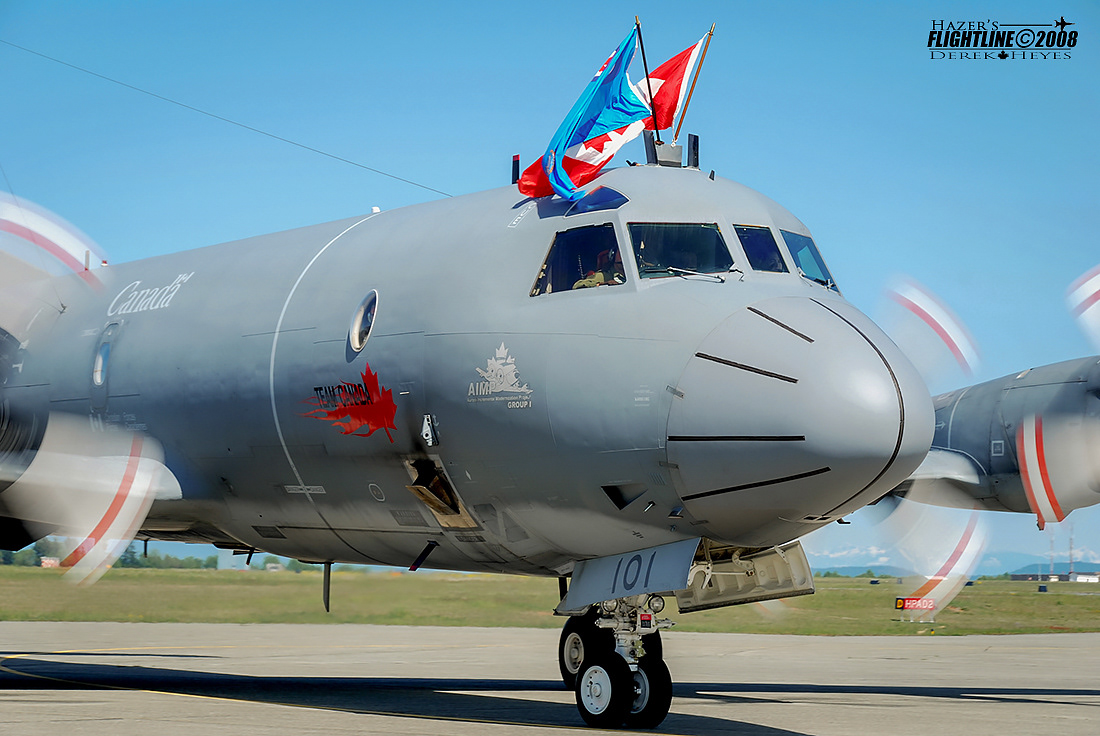
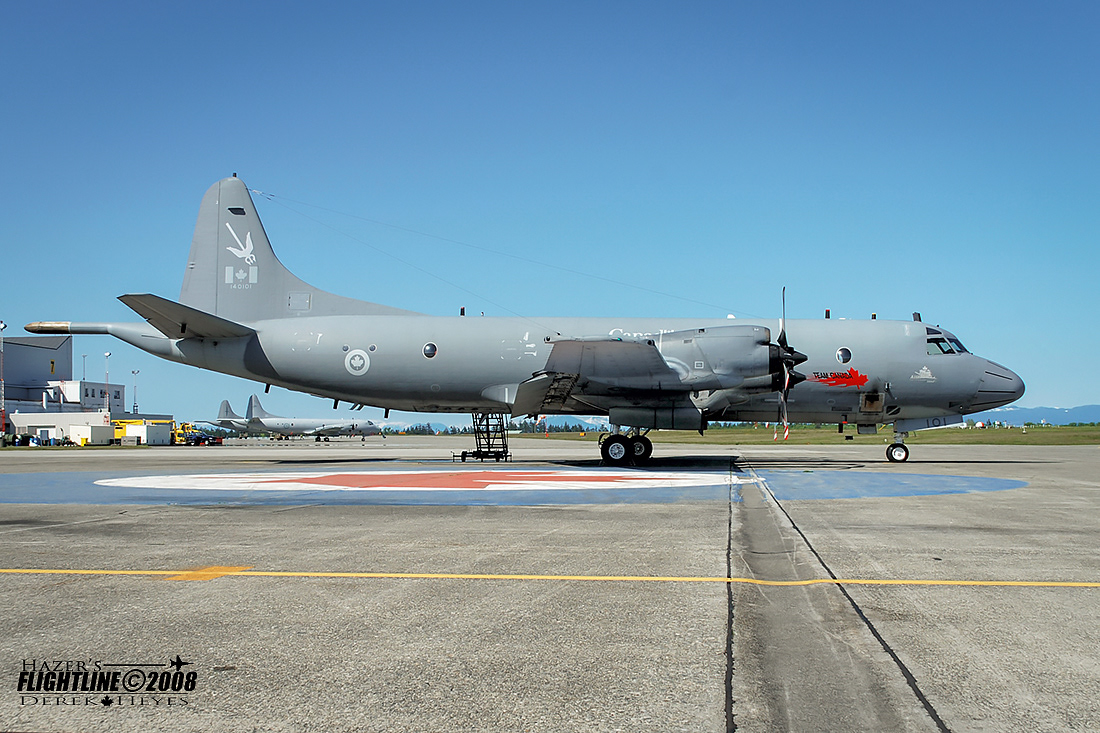
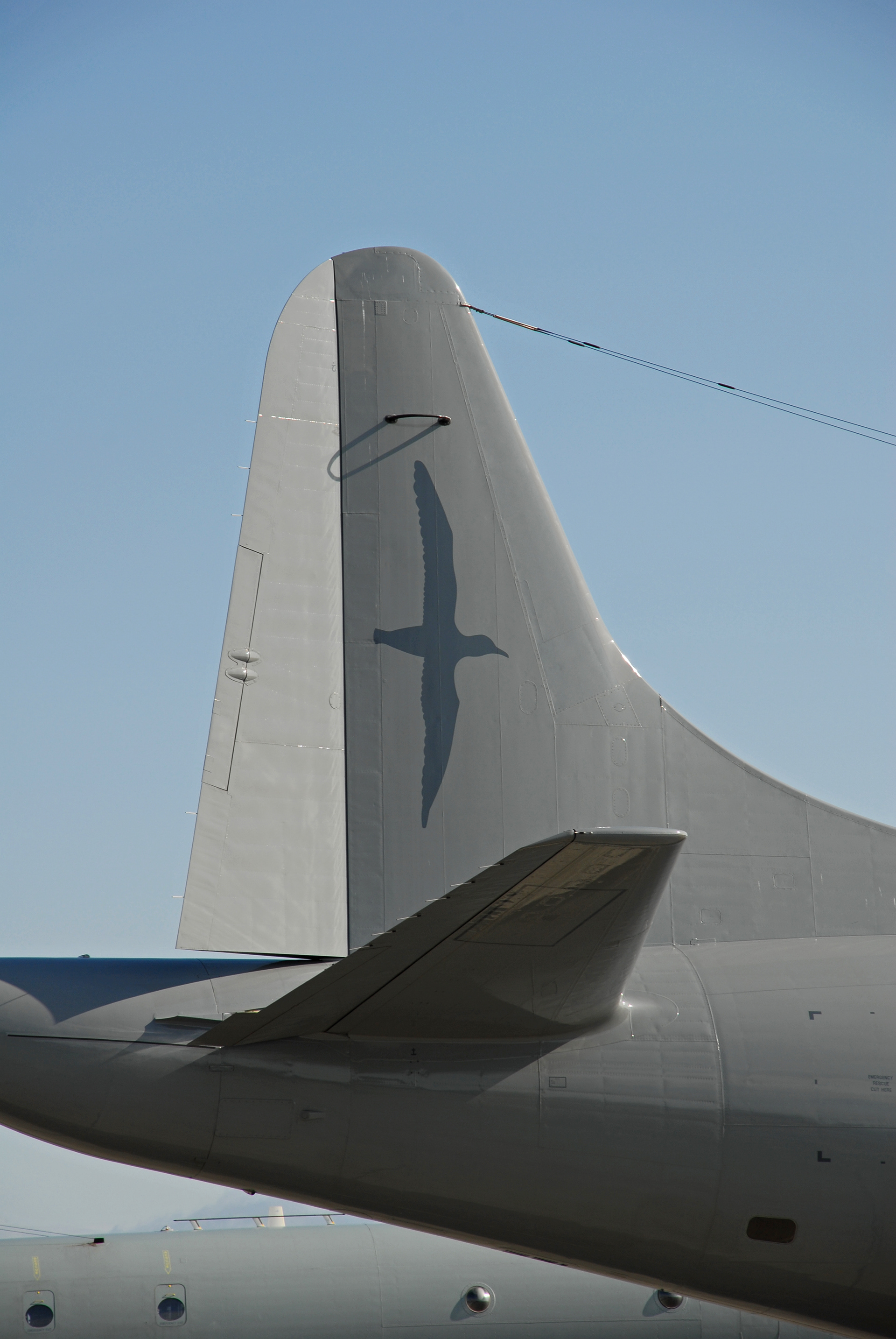
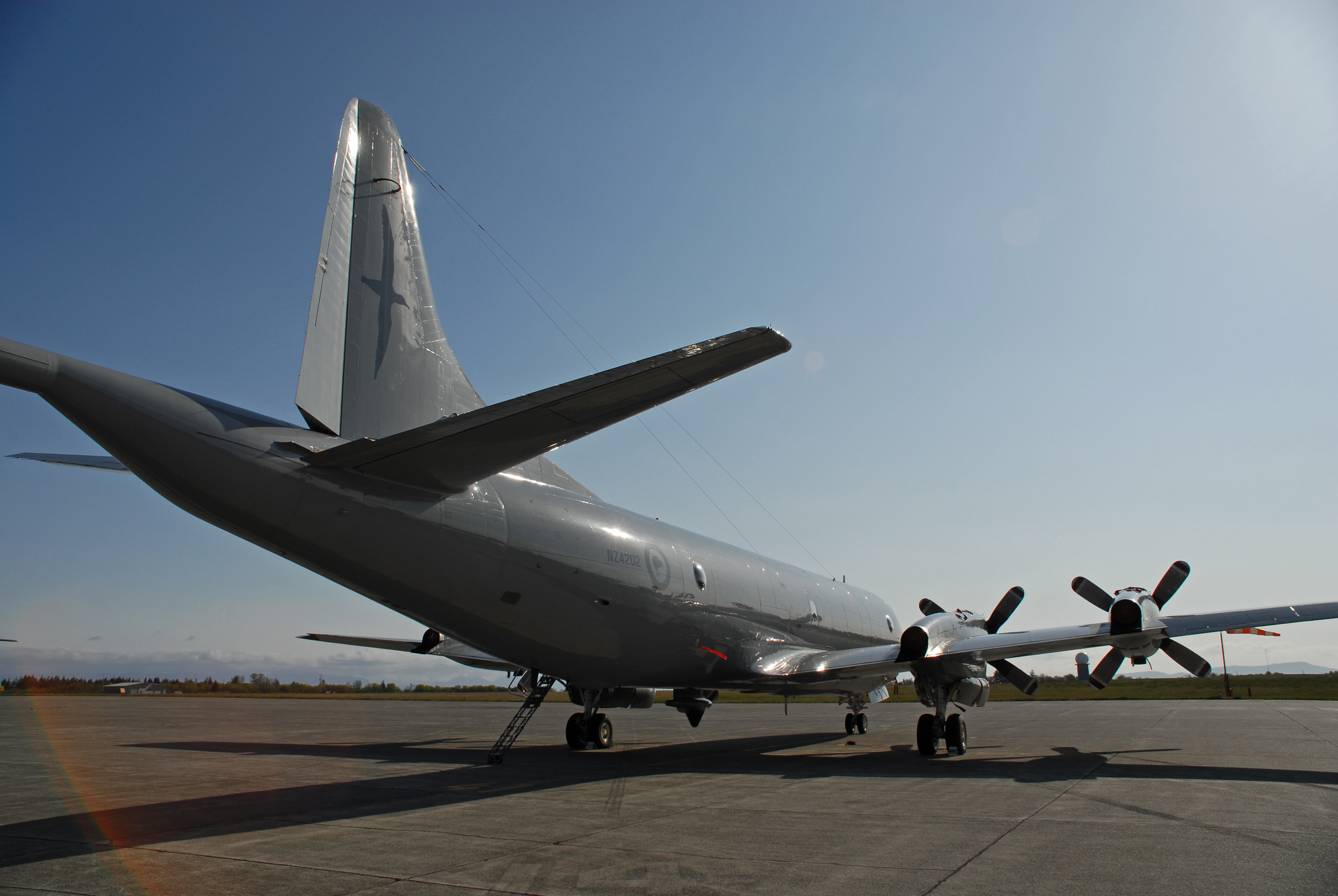


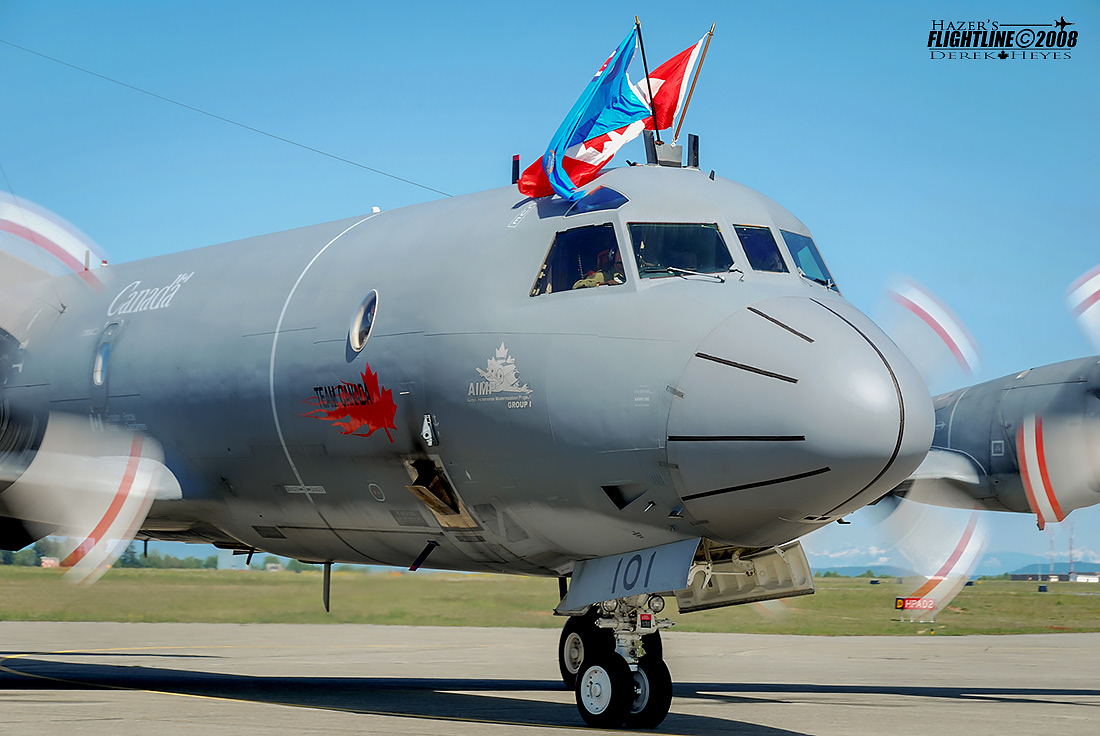
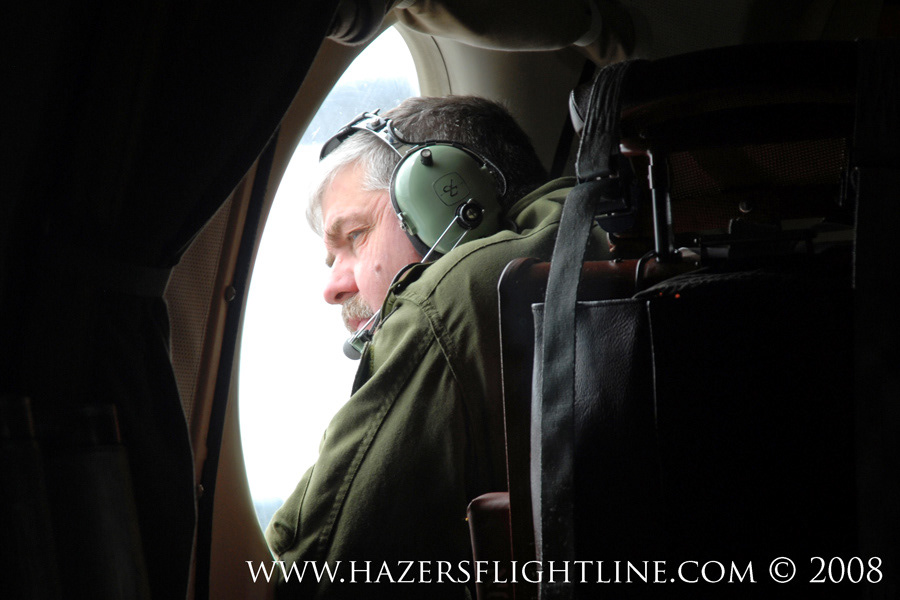
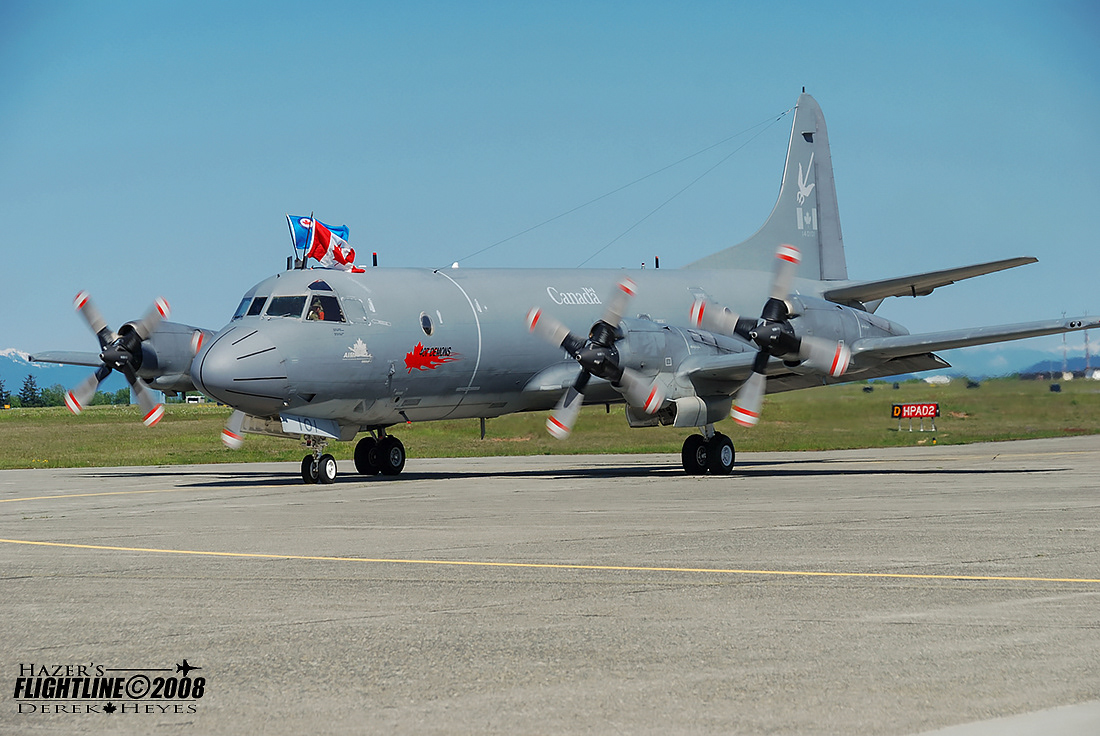
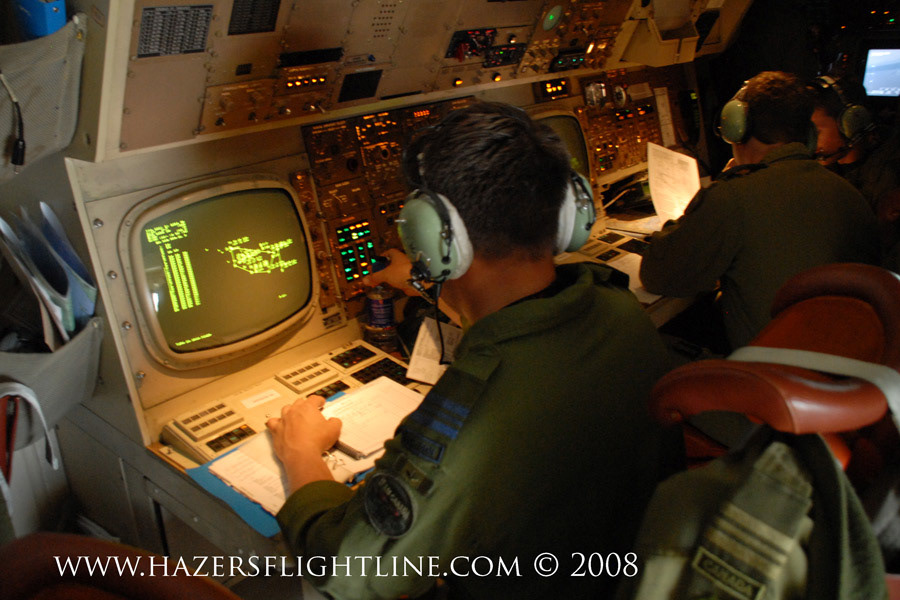
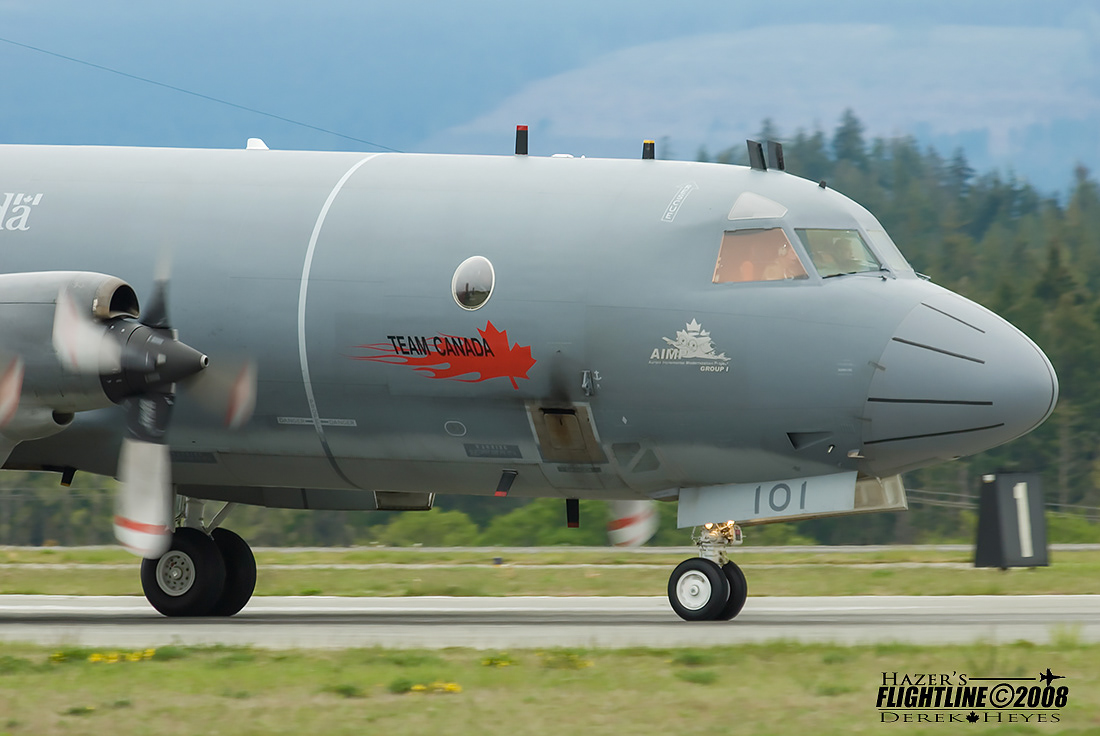
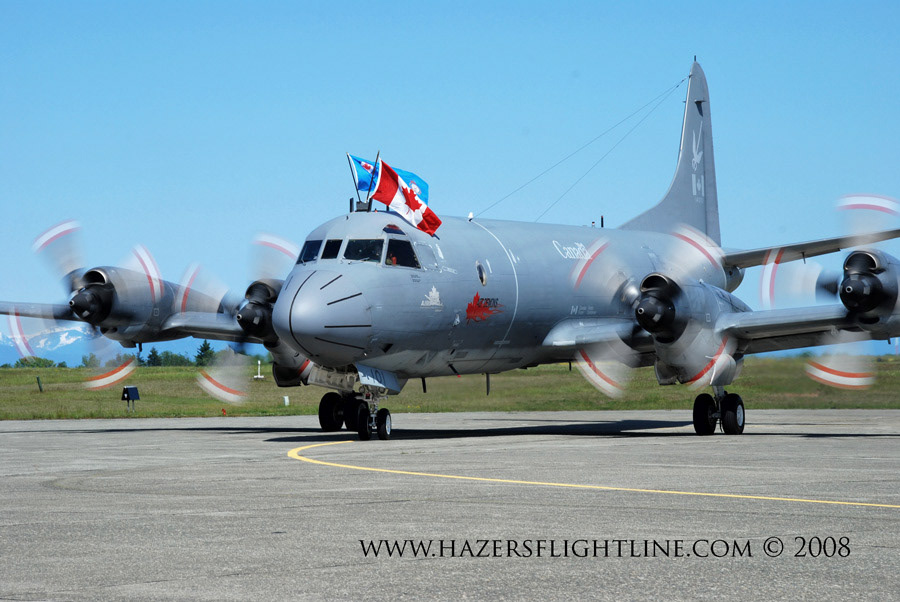
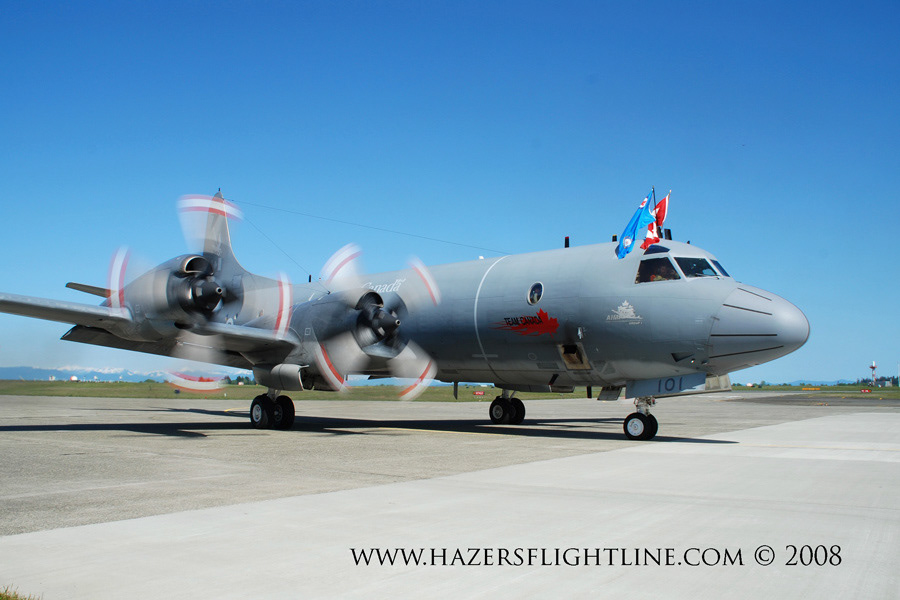
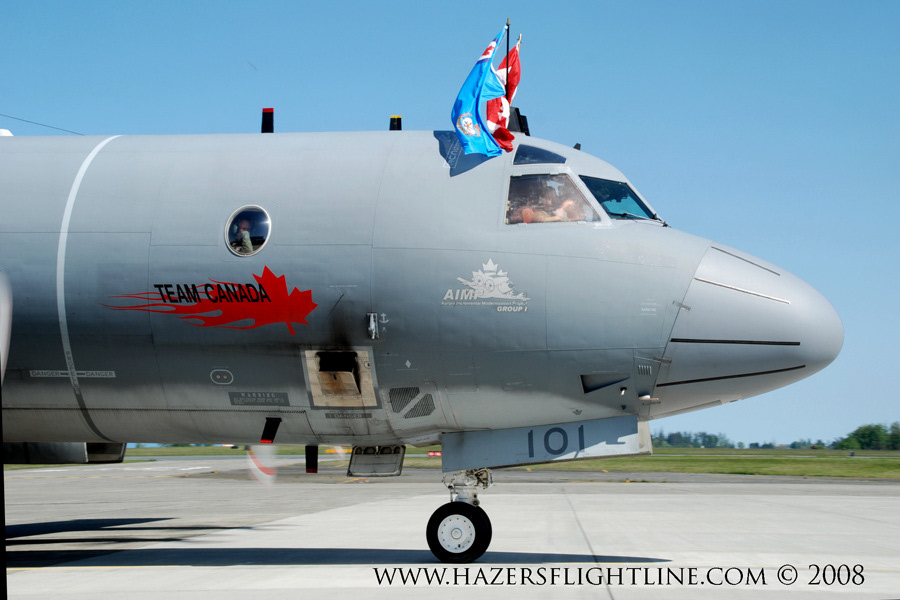

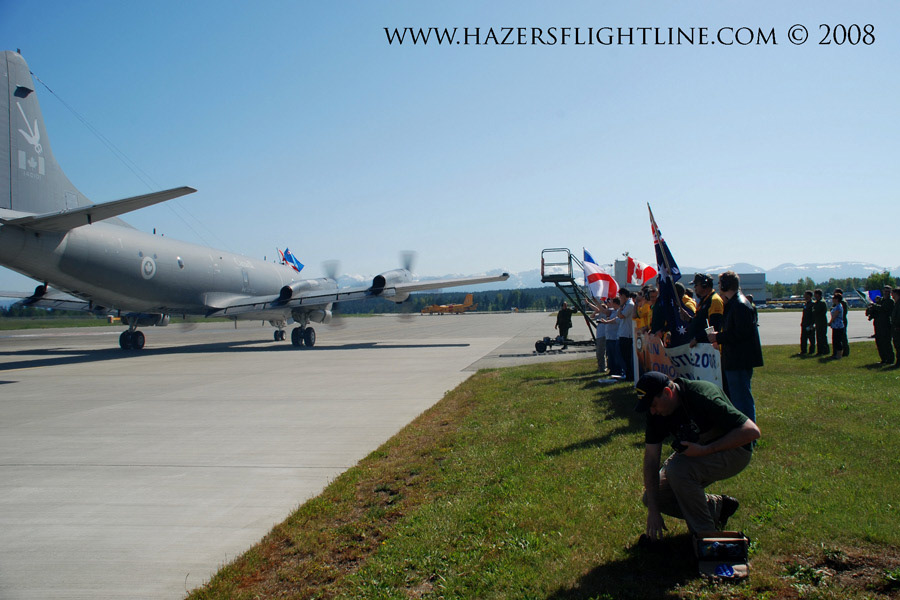
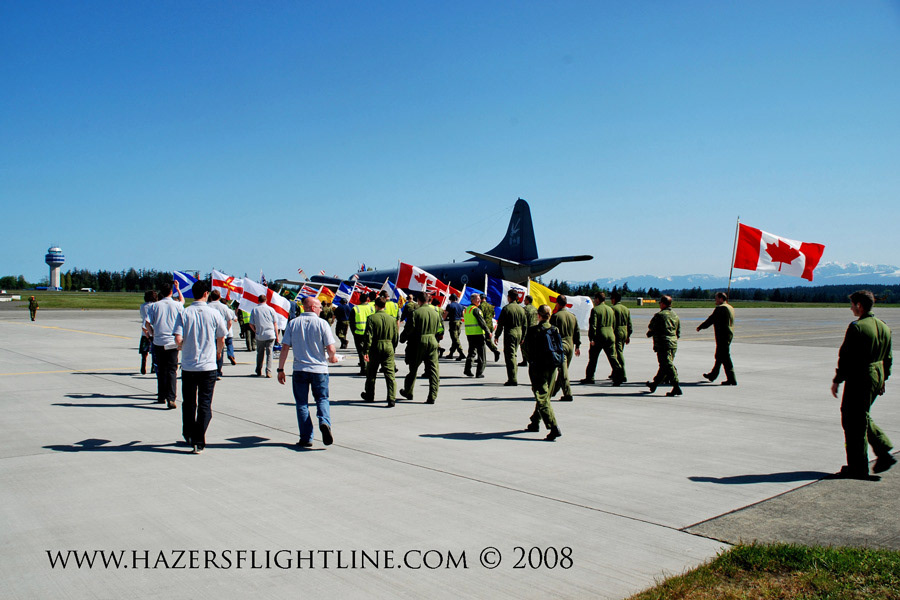
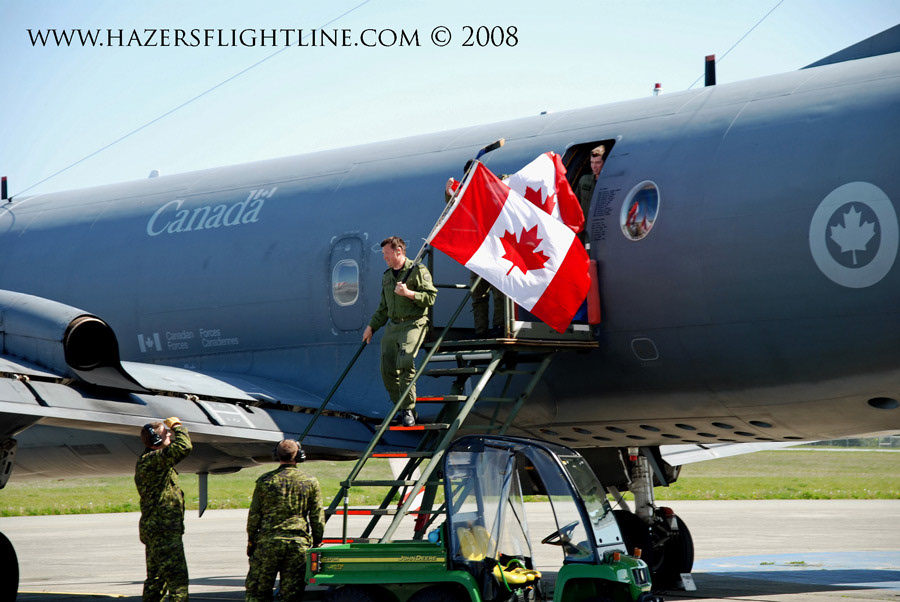
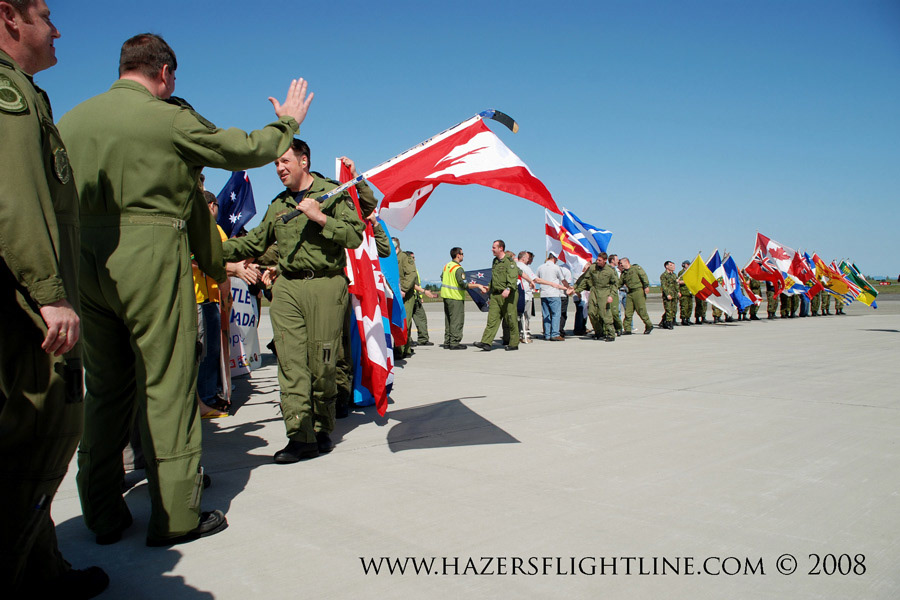
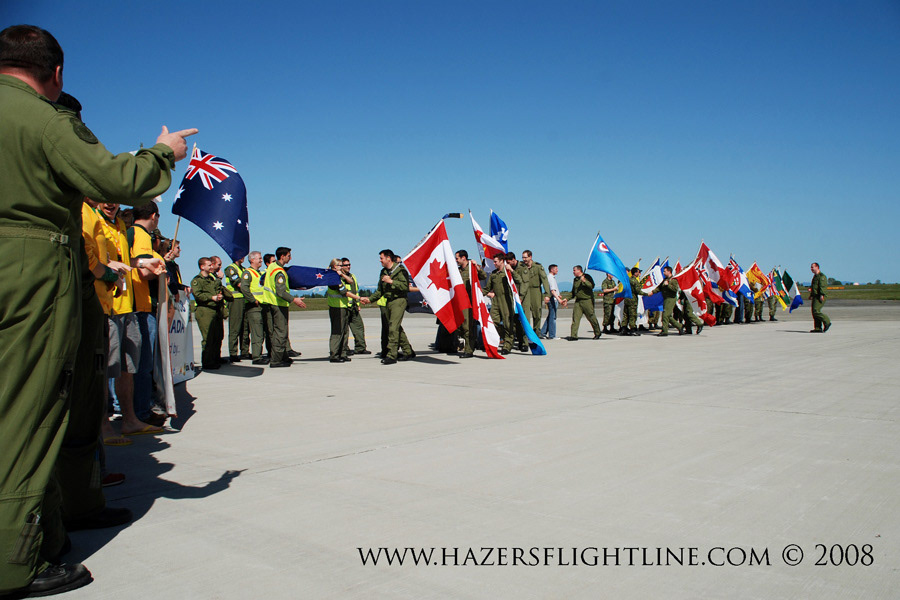
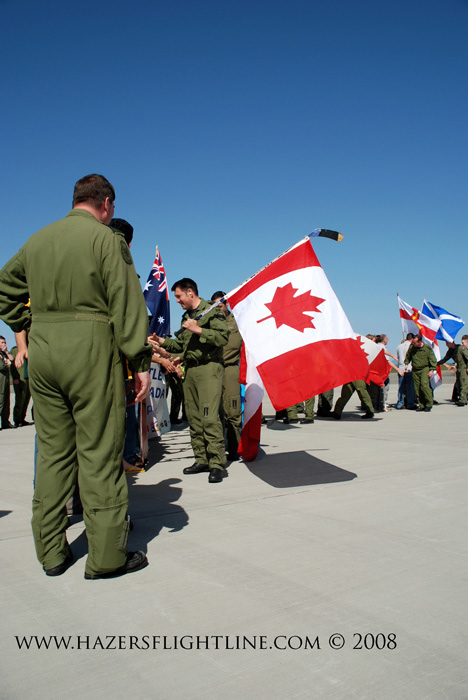

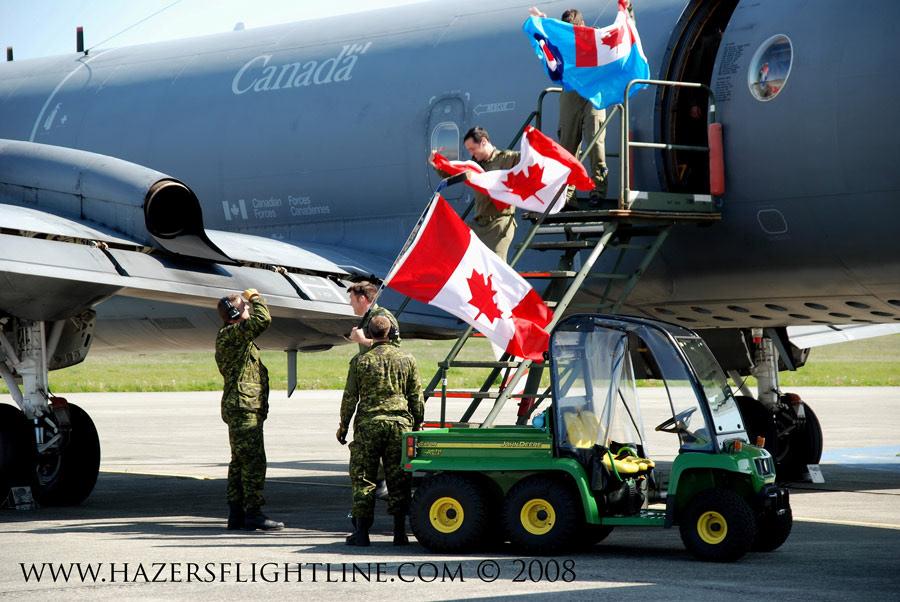
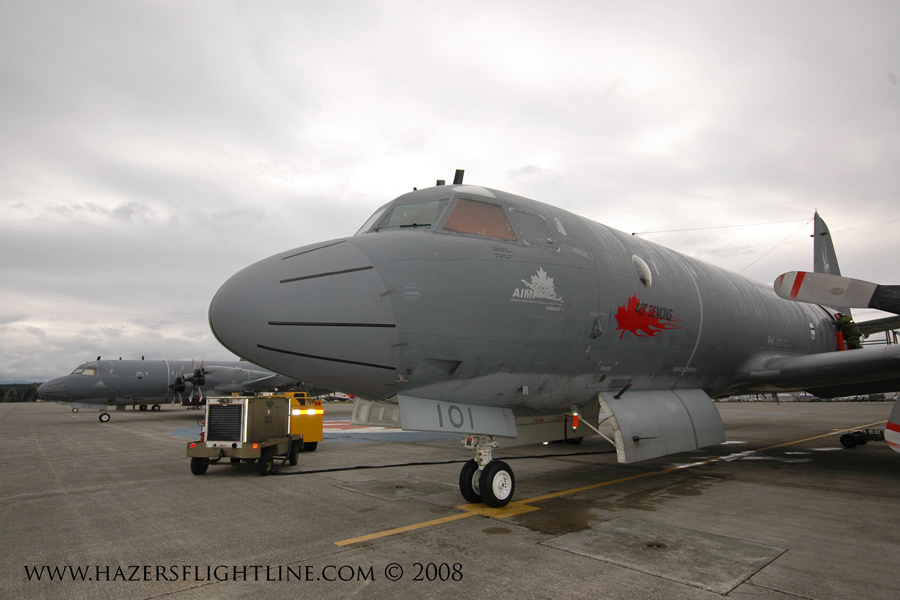
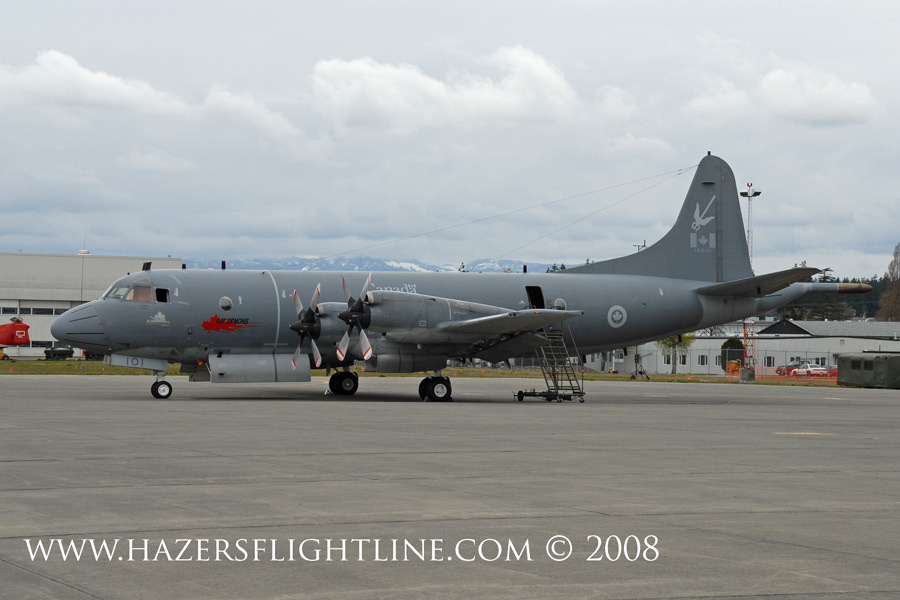
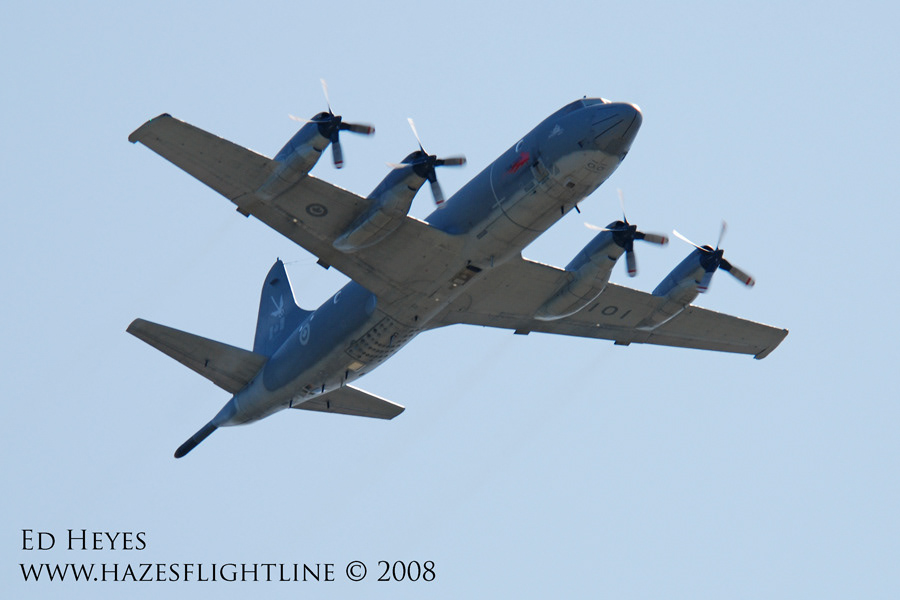

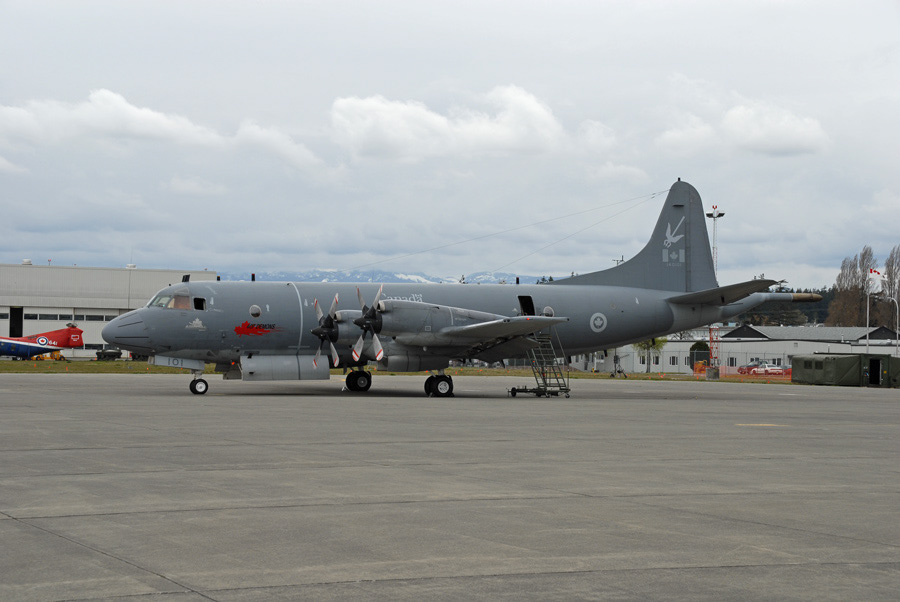
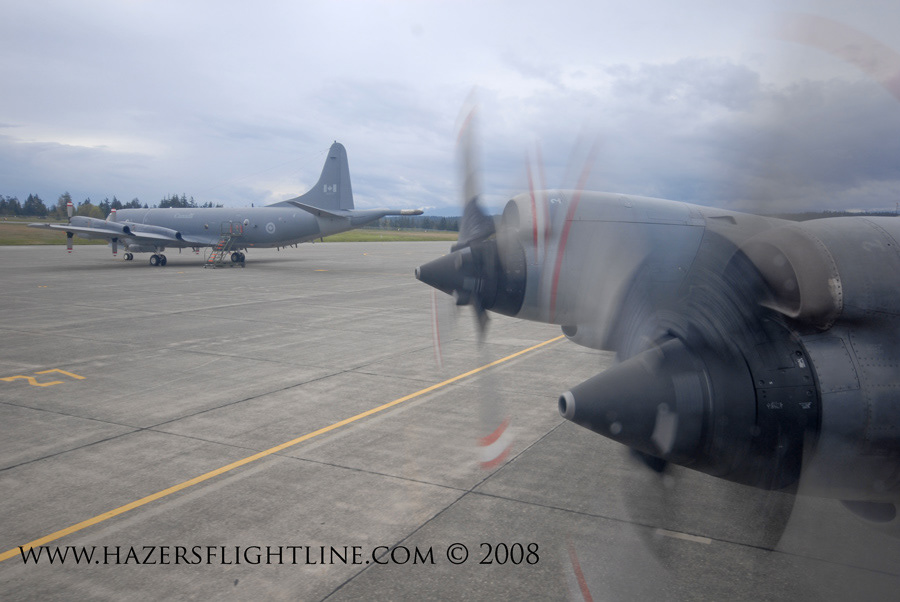

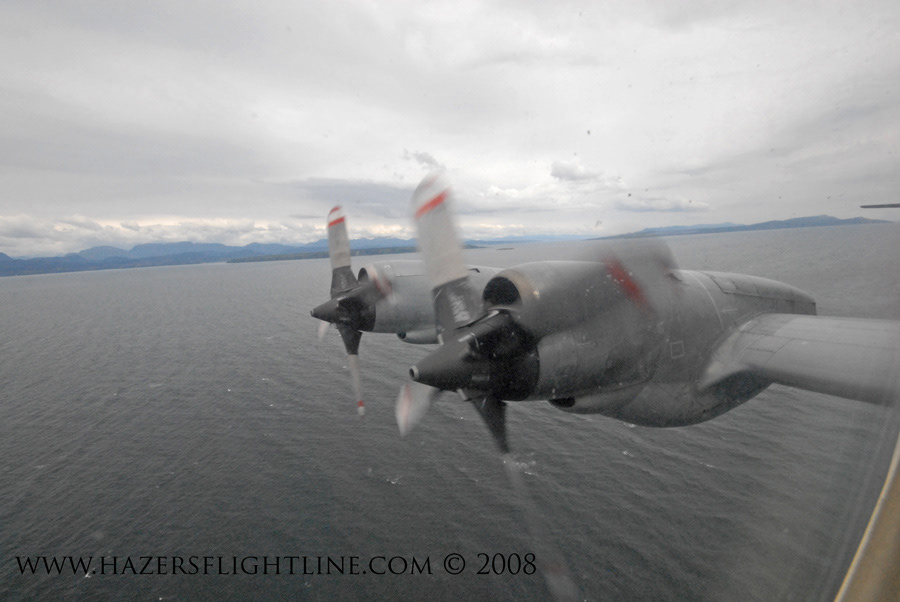

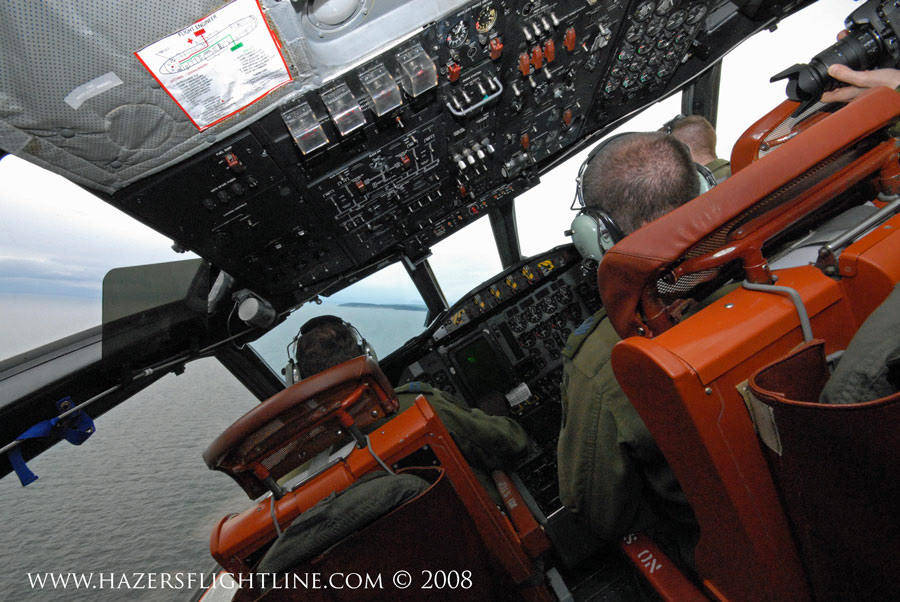
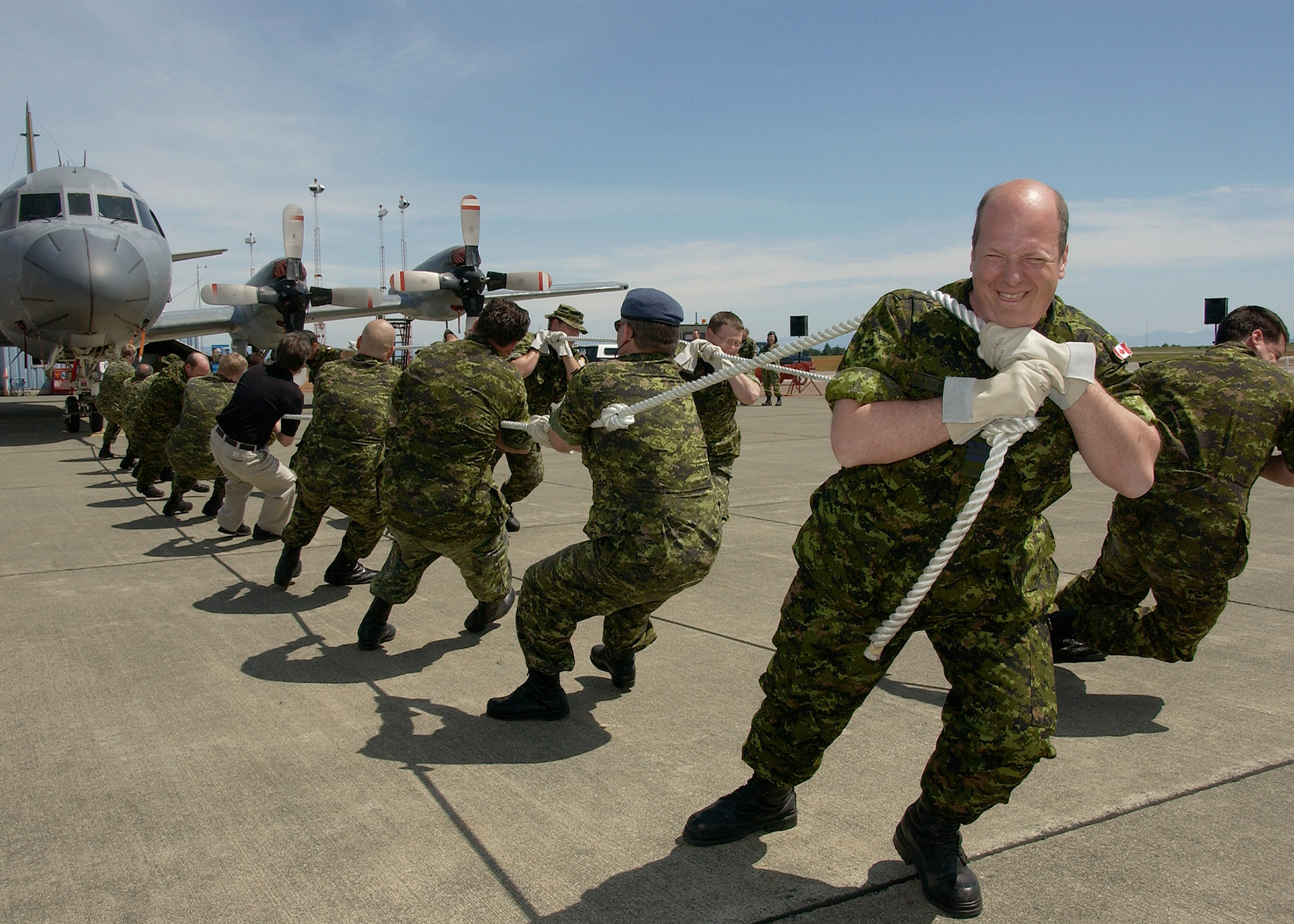
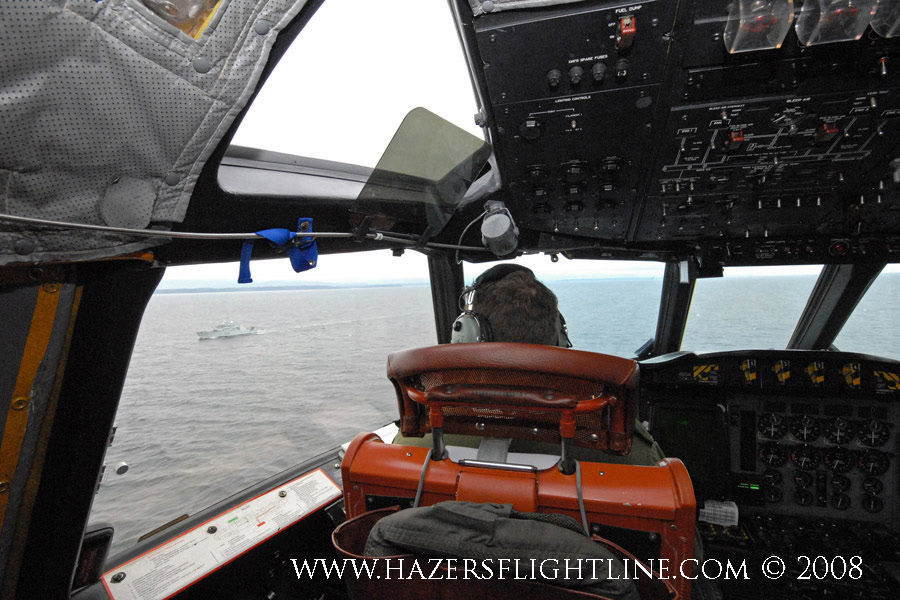

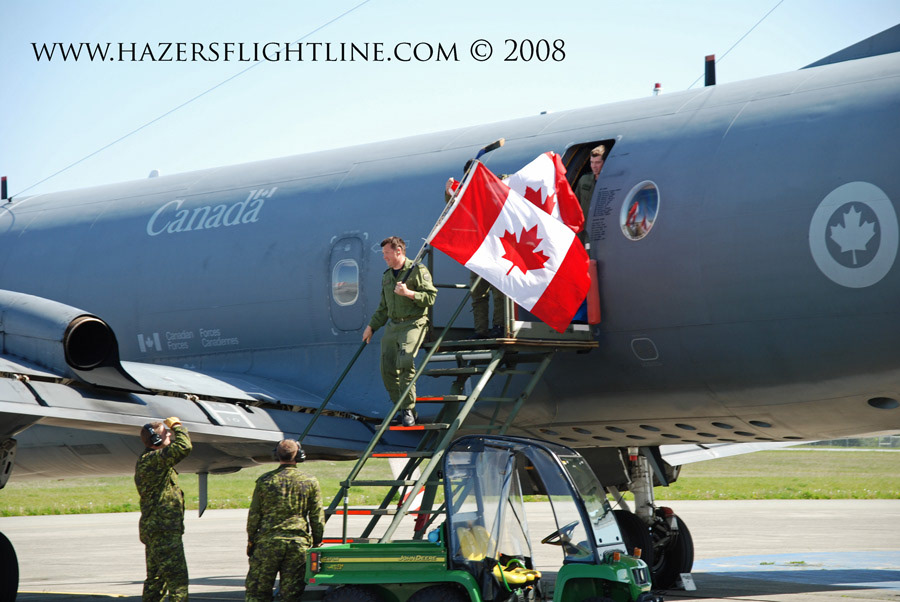
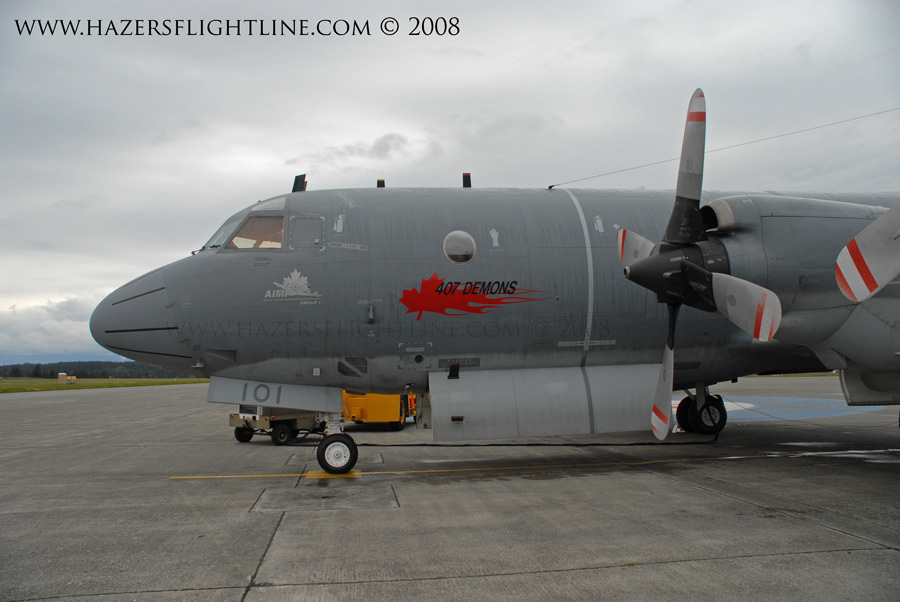

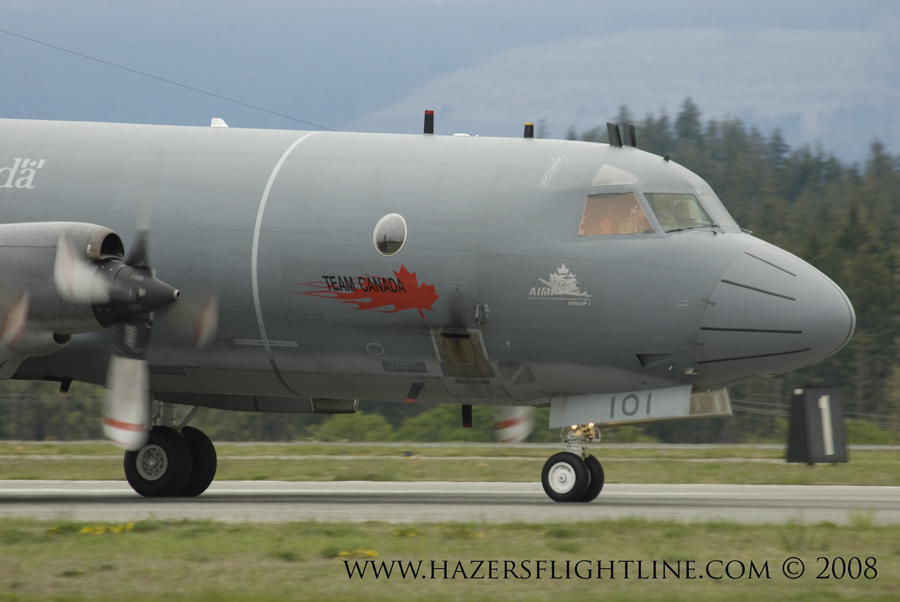
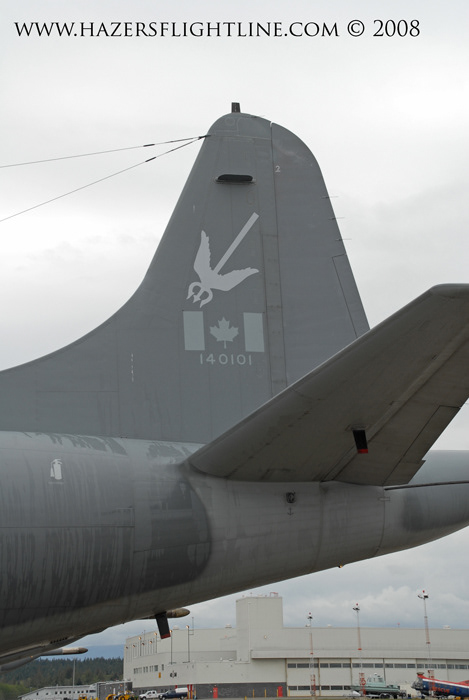
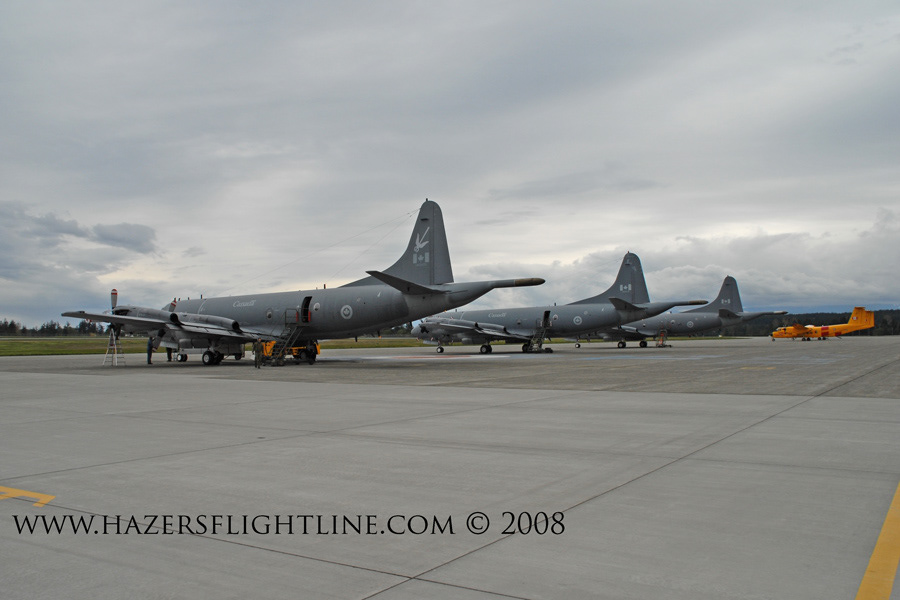
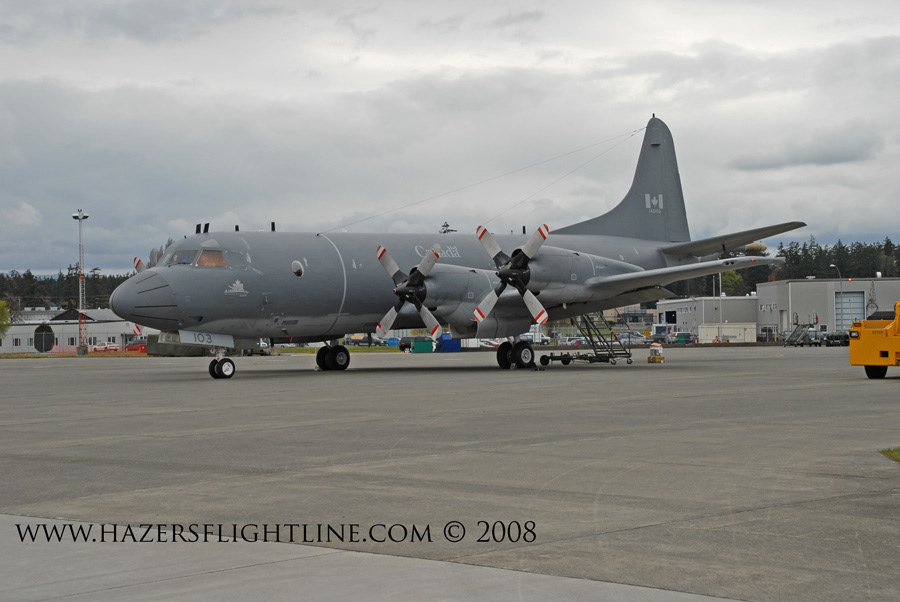
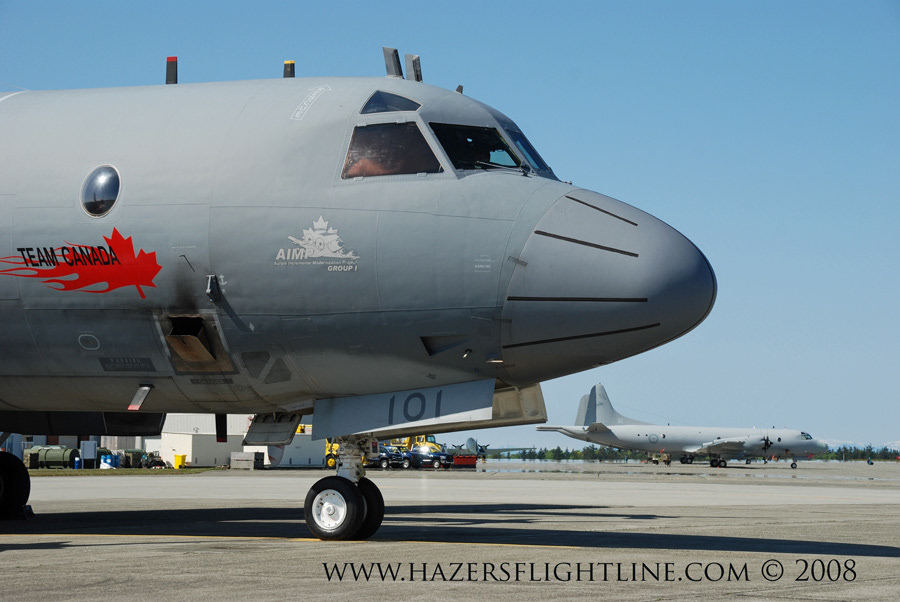
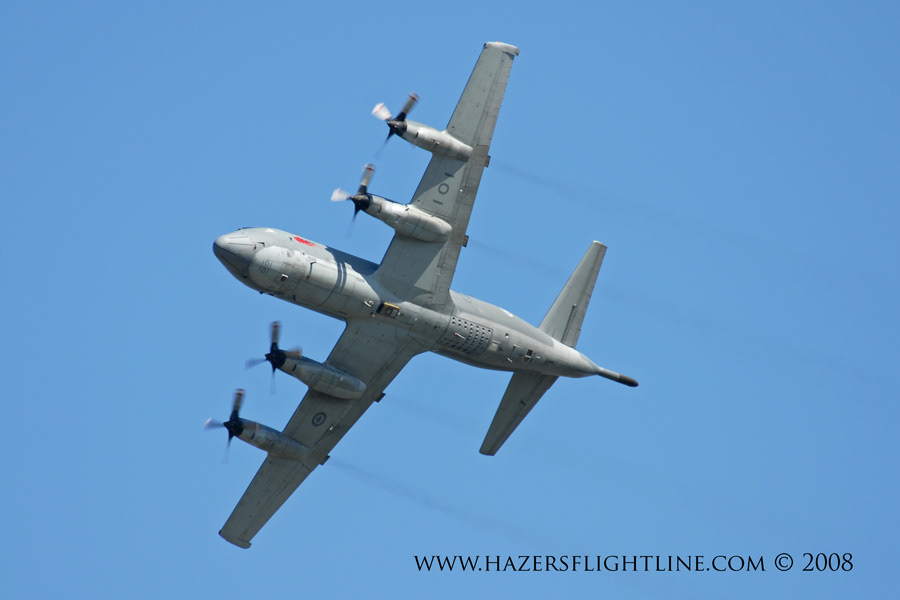
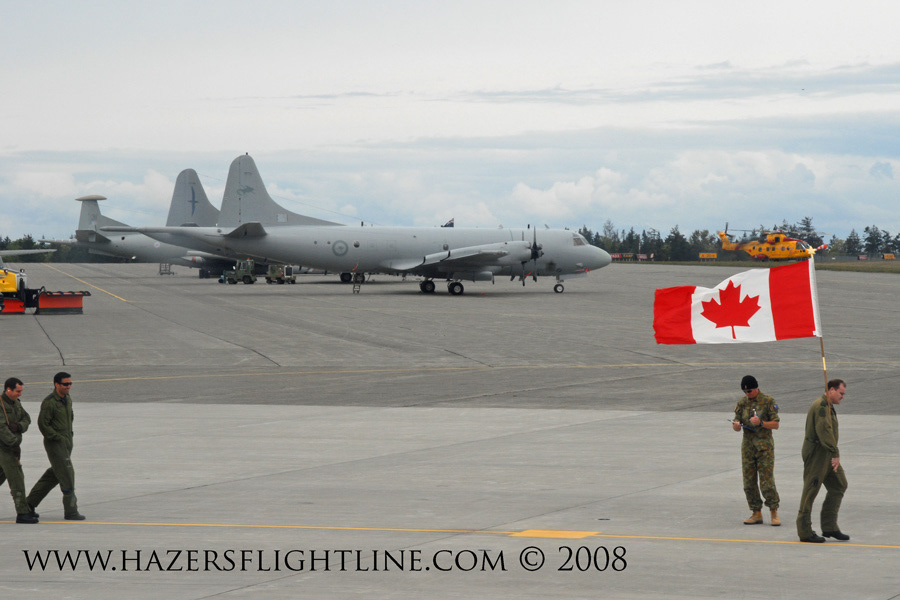
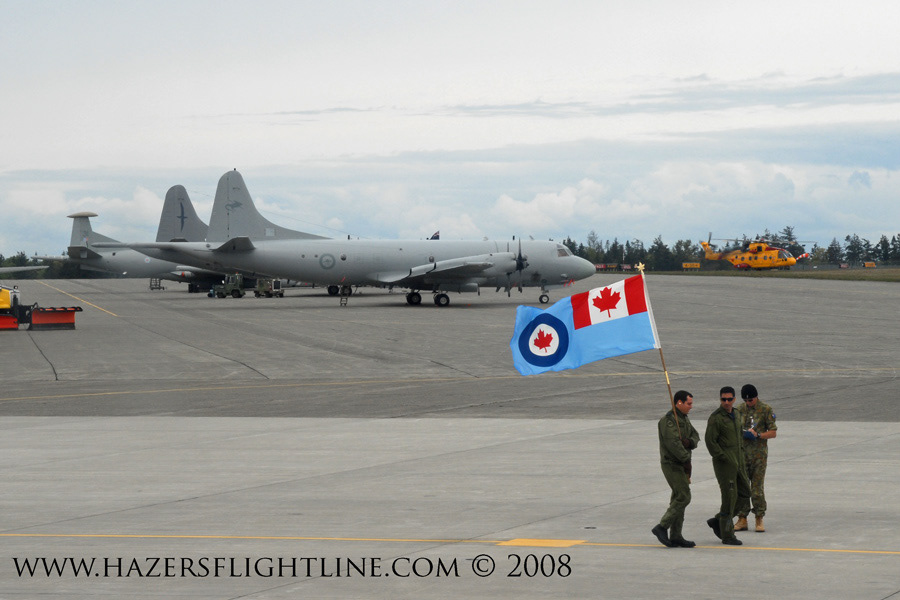
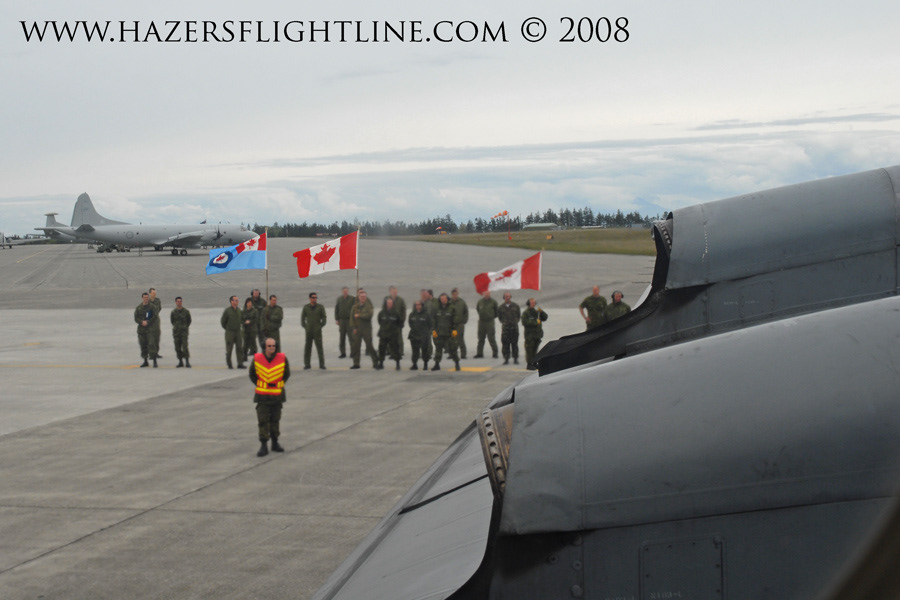
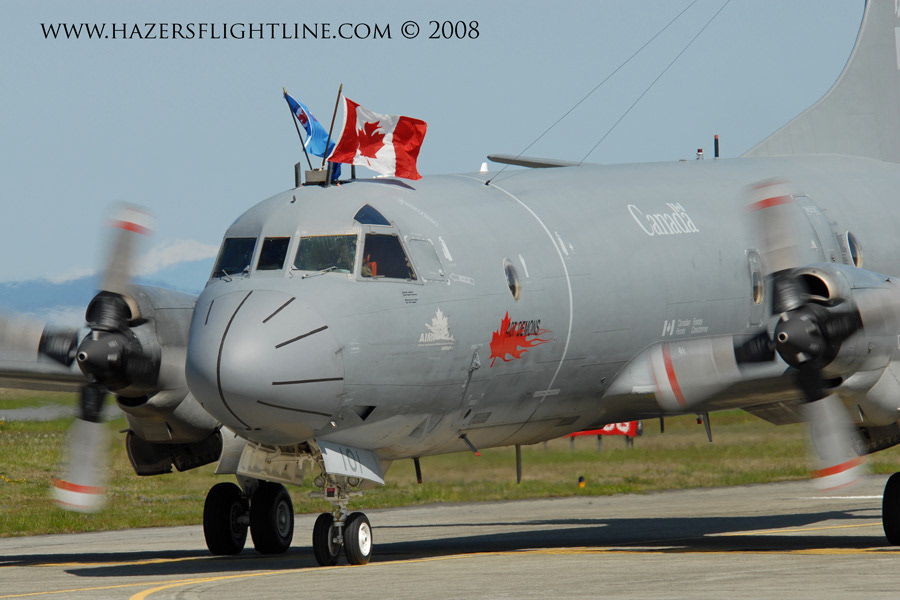
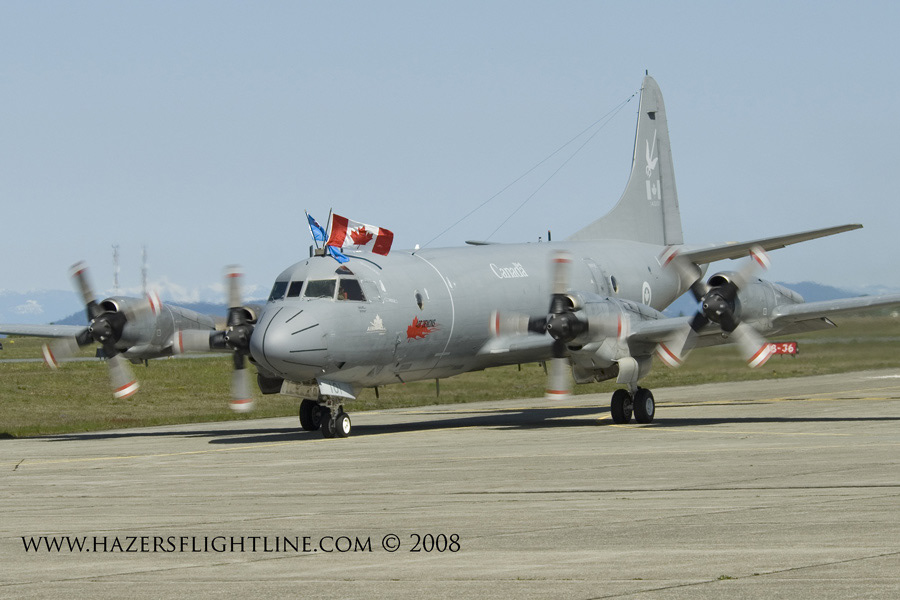
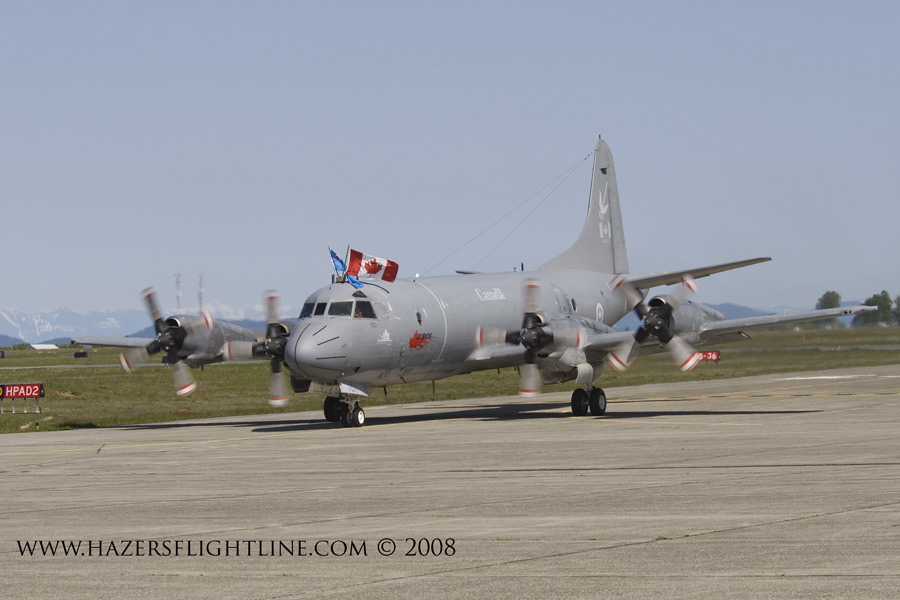
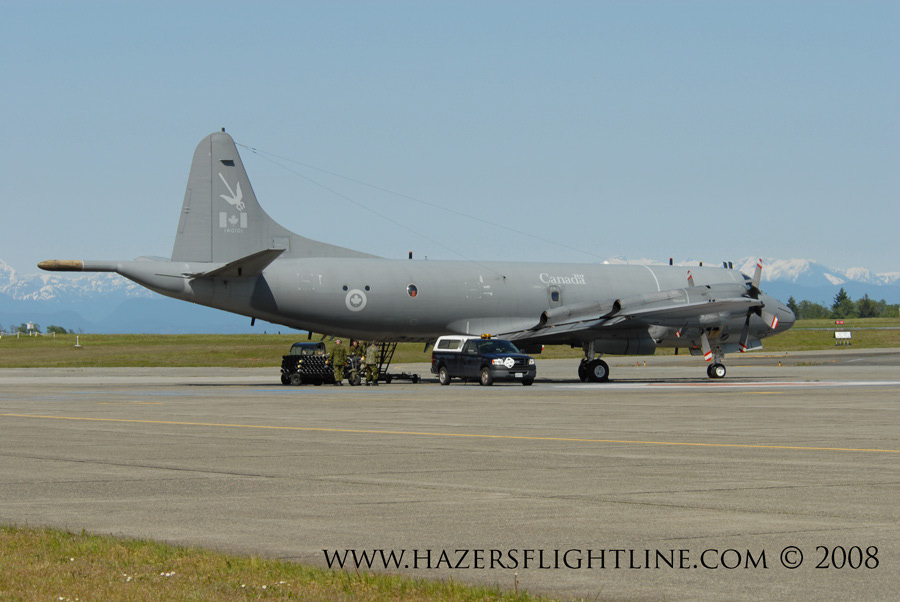
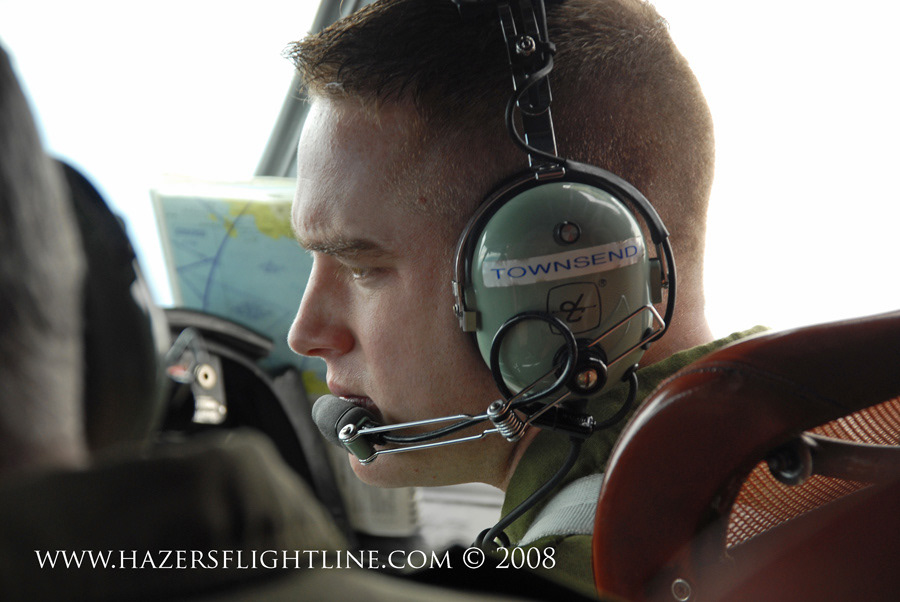
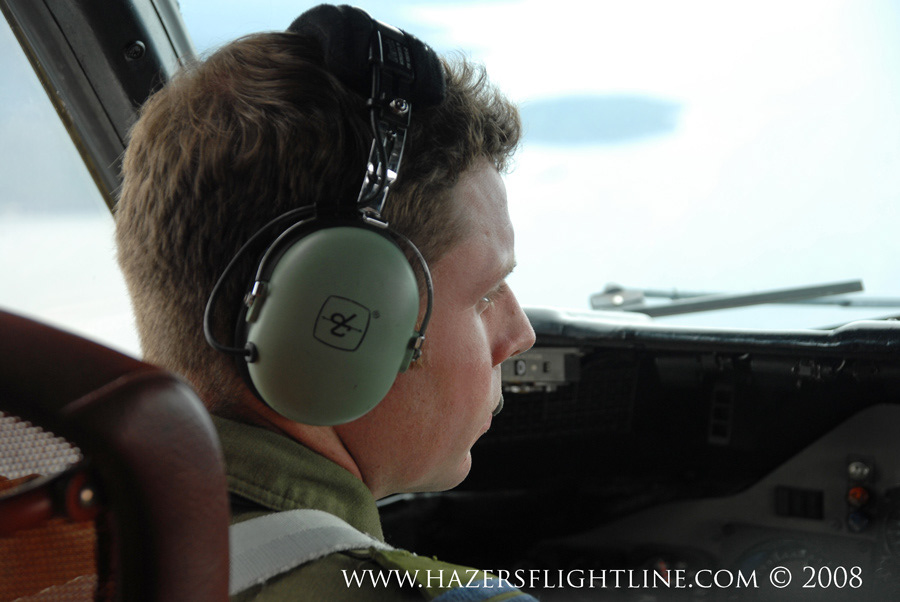
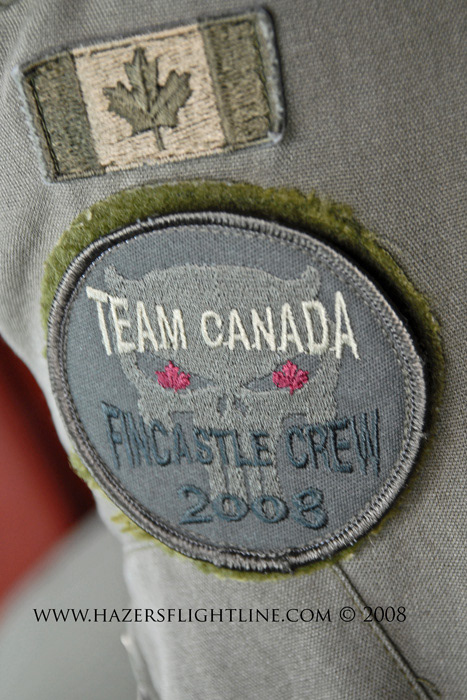
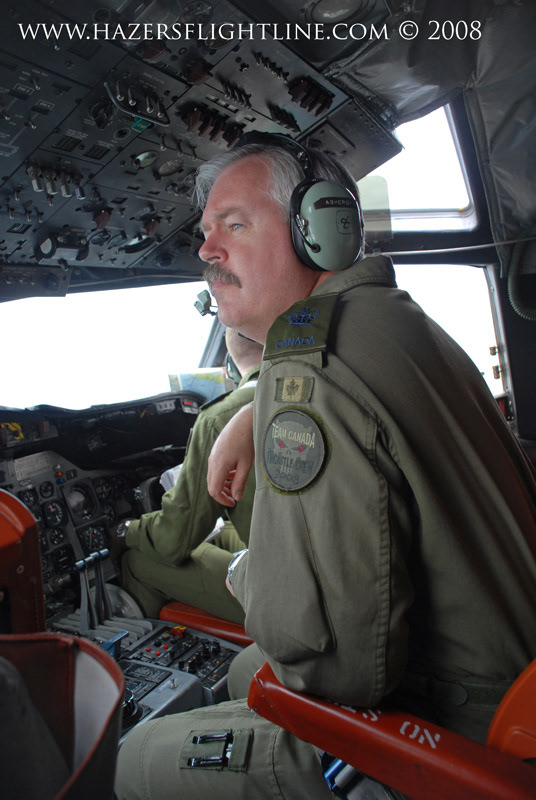

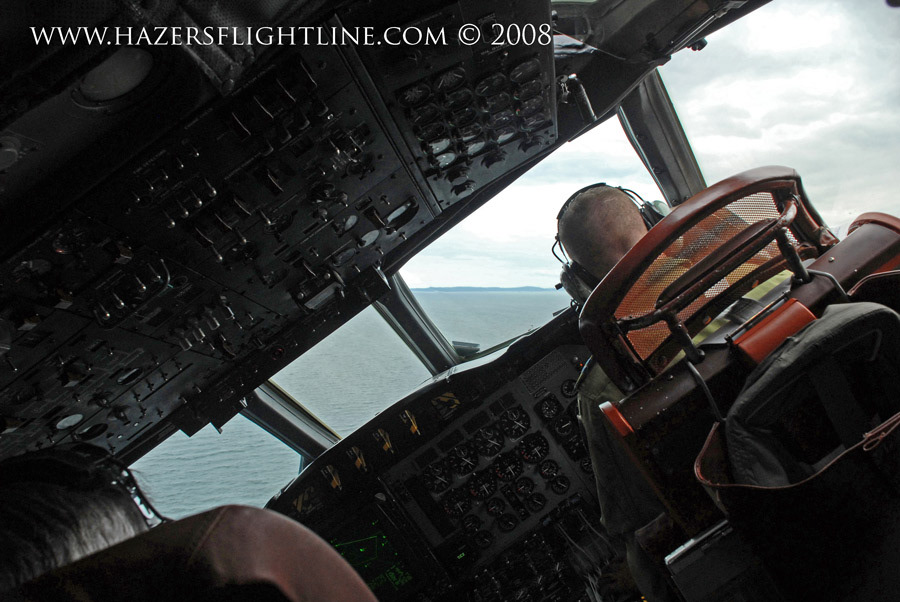
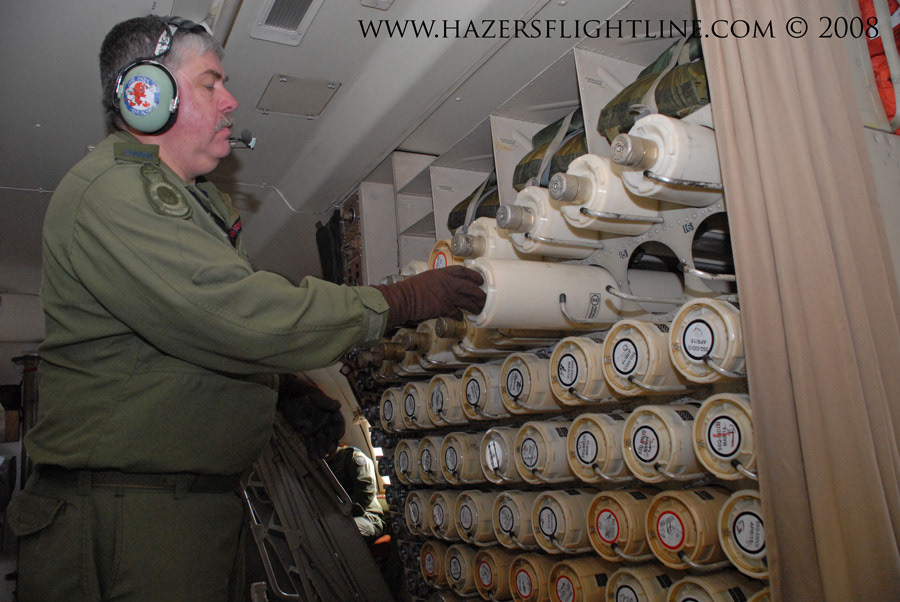
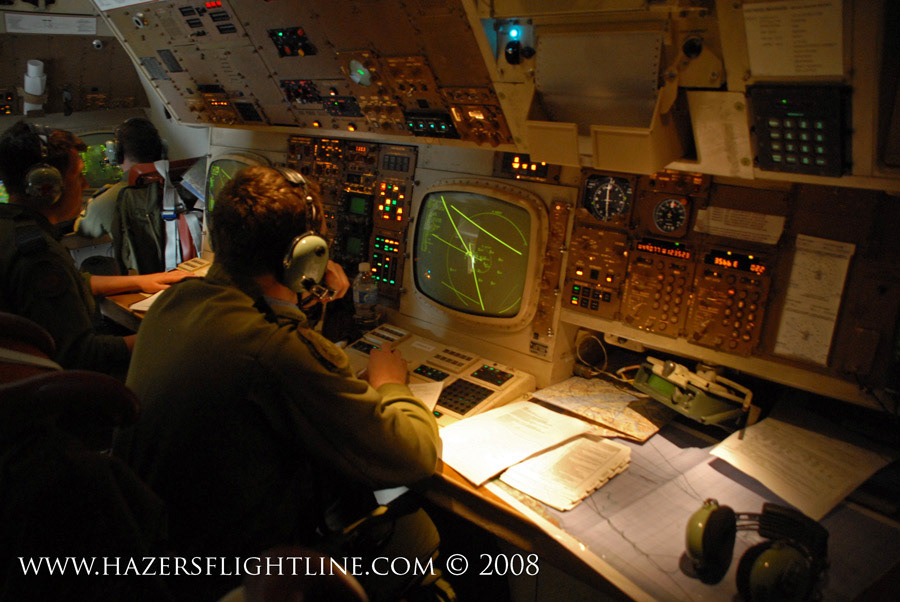
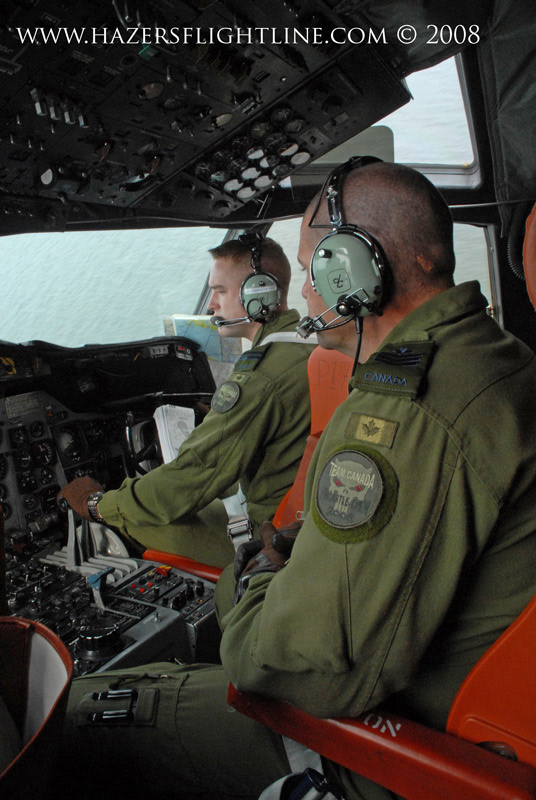

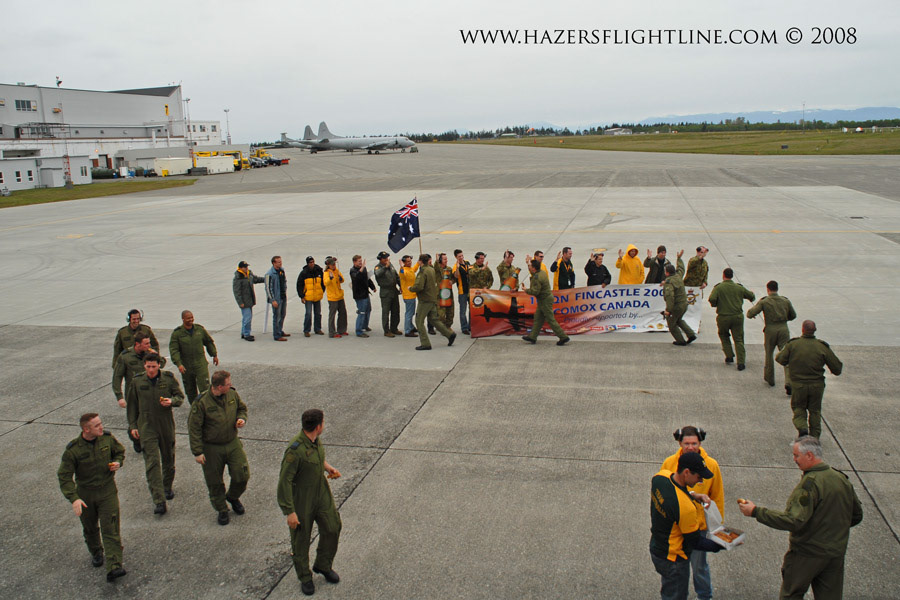
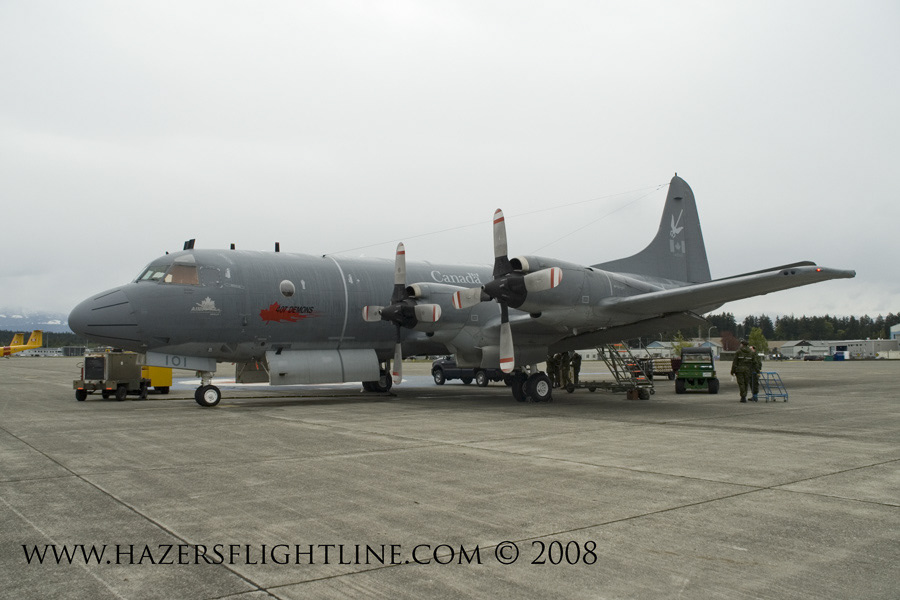
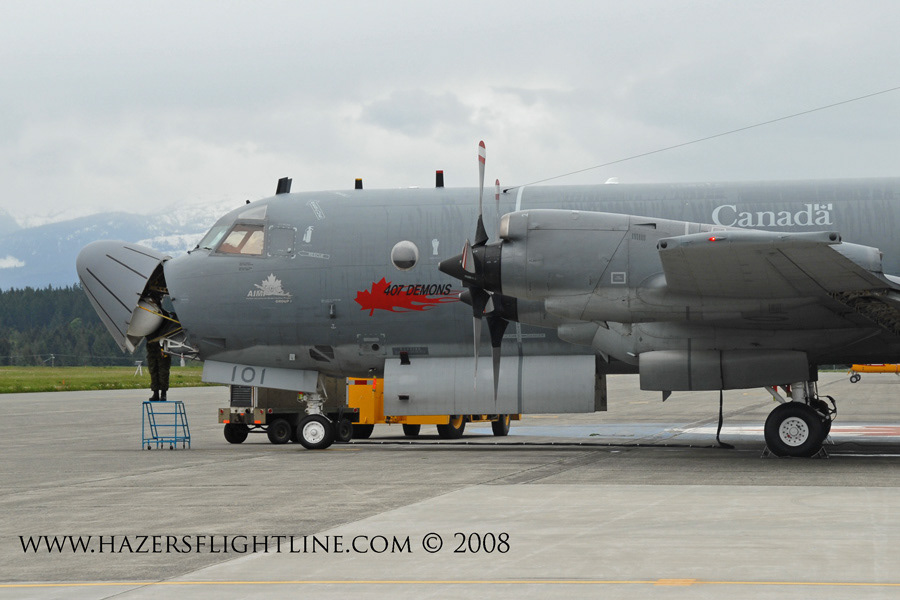

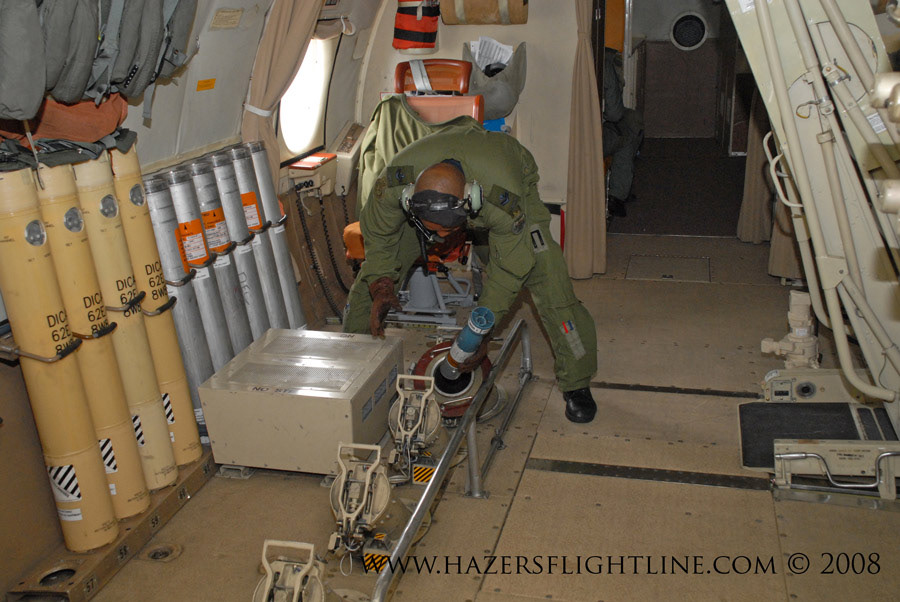
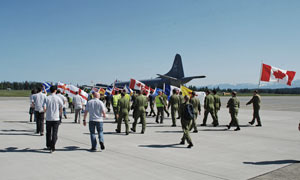
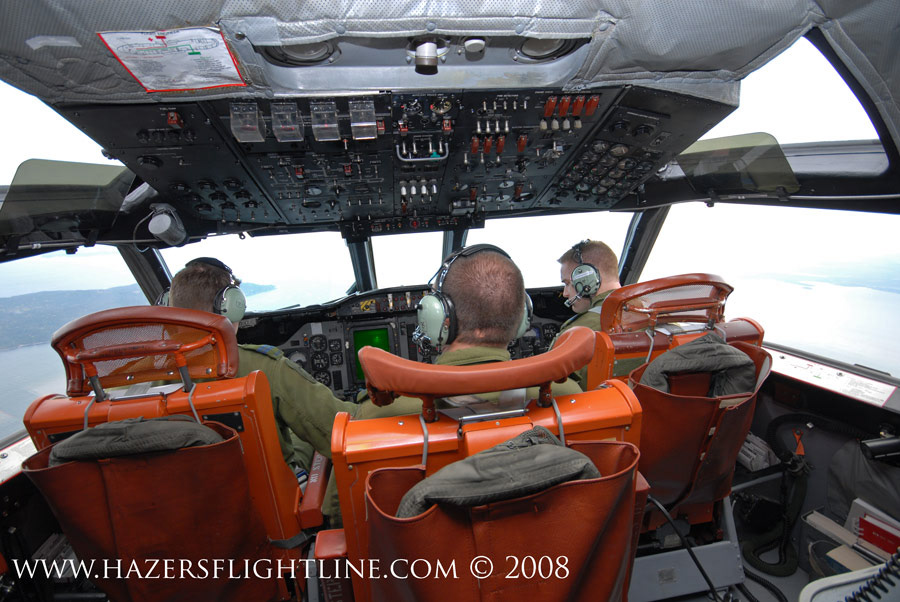

These aircraft were built purely as sub hunters but are now true multi-role platforms. Each air force has upgraded their aircraft to different levels of capabilities, although three of the four countries fly P-3's, they are very different internally. The most advanced P-3 is without a doubt is from the Royal Australian Air Force. Recently completing major upgrades, the AP-3C performs ISR incorporating the latest in technology and tactics to its mission. They have been involved in the Middle East conflicts since the beginning of hostilities in 2003, known to the Aussie's as Operation Catalyst. Today they still operate two AP-3C's, flying in support of the allied forces on the ground. The RAF Nimrod MR2 is another aircraft participating in Fincastle that may have had an upper hand on the other teams due to their operations in Afghanistan (Operation Herrick) and Iraq (Operation Telic). The experience the RAF and RAAF crews bring to the Fincastle and this ASW community is tremendous, it offers a valuable training environment for all nations. To get a better understanding of this mission, I was invited to fly an eight hour ISR mission with the RAAF in their AP-3C Orion, the most advanced Orion in the world.
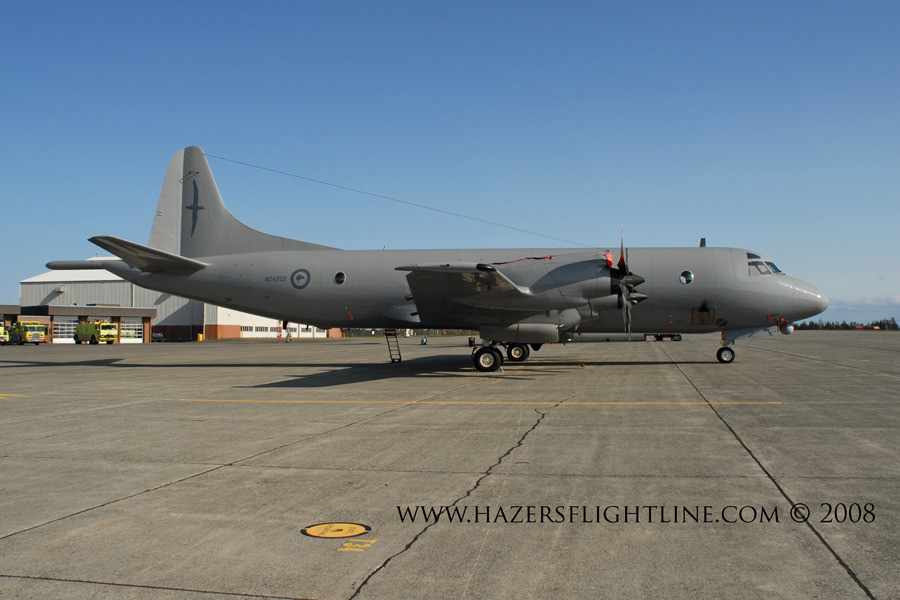
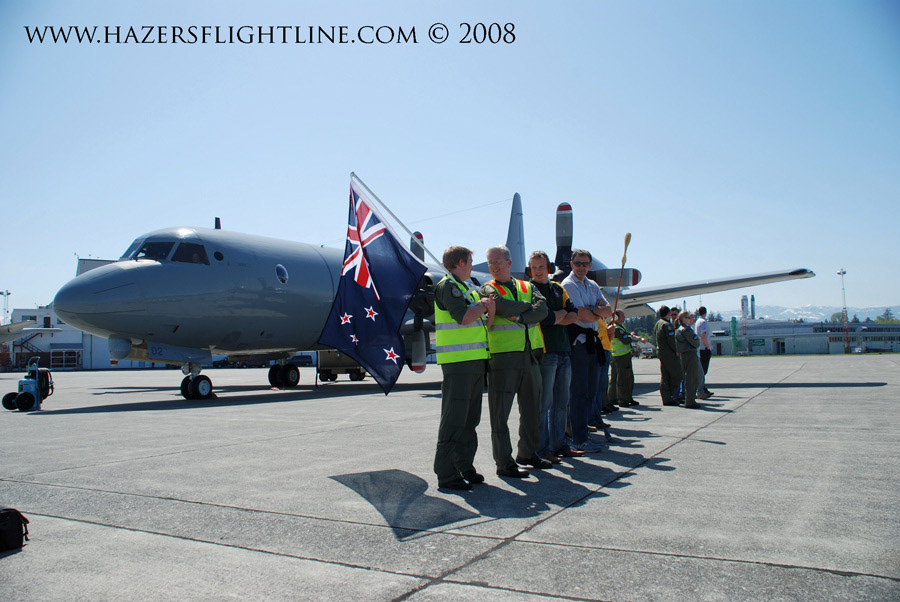

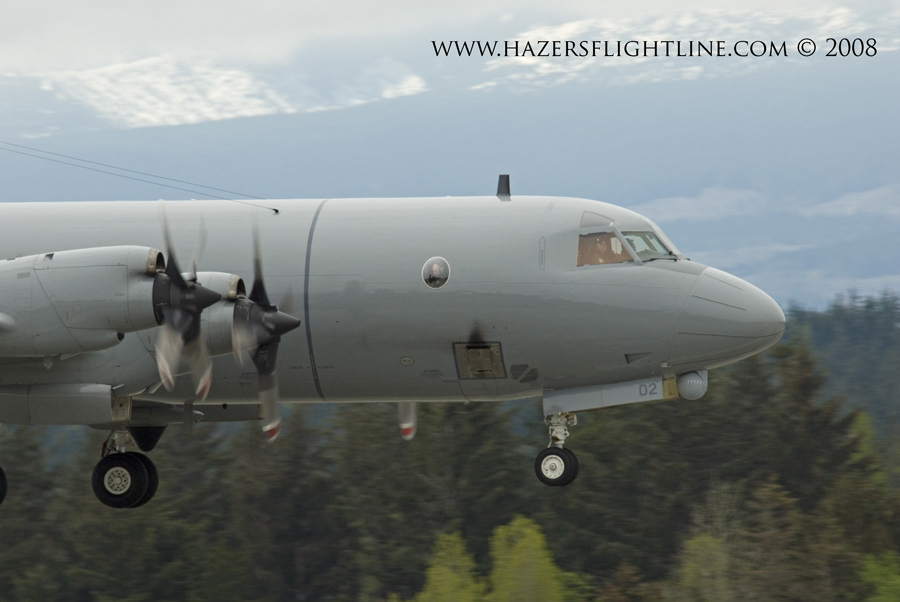
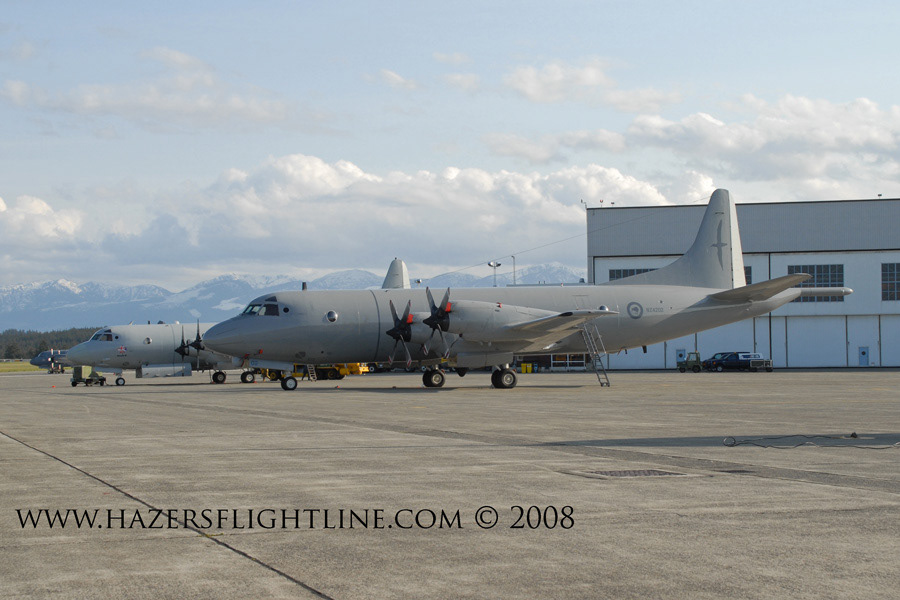
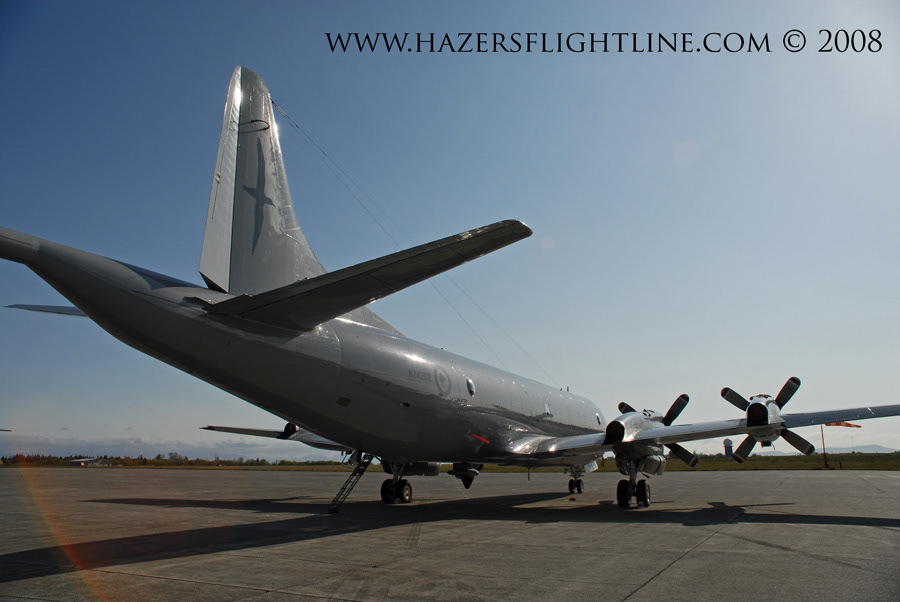
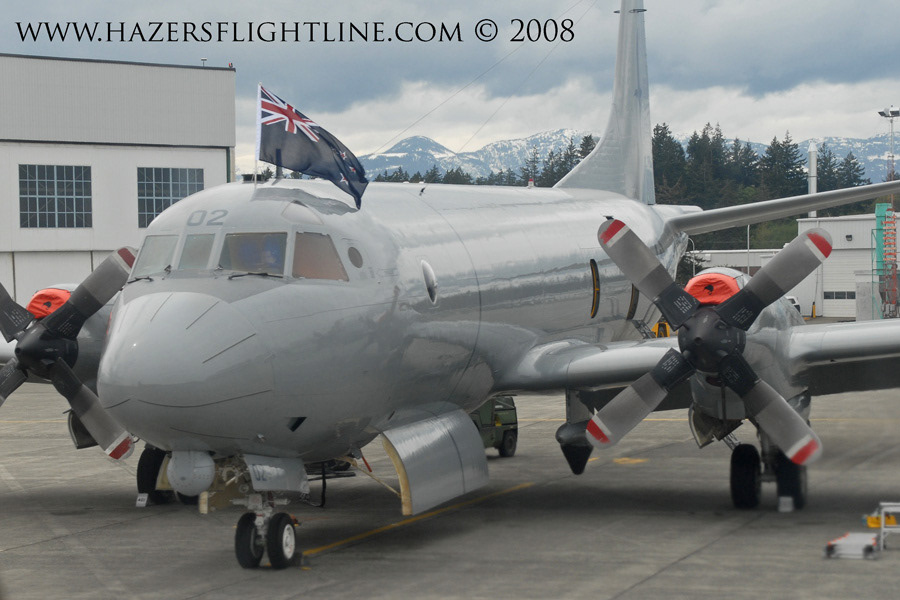
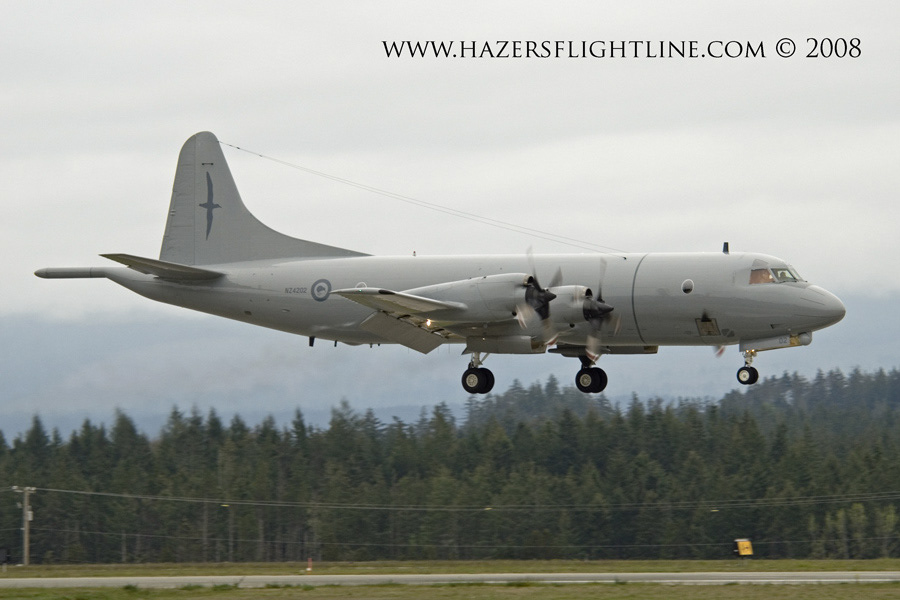
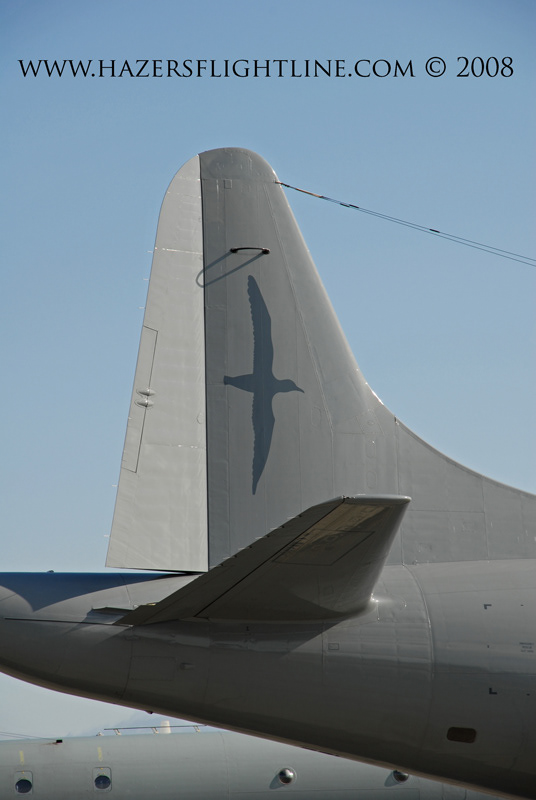


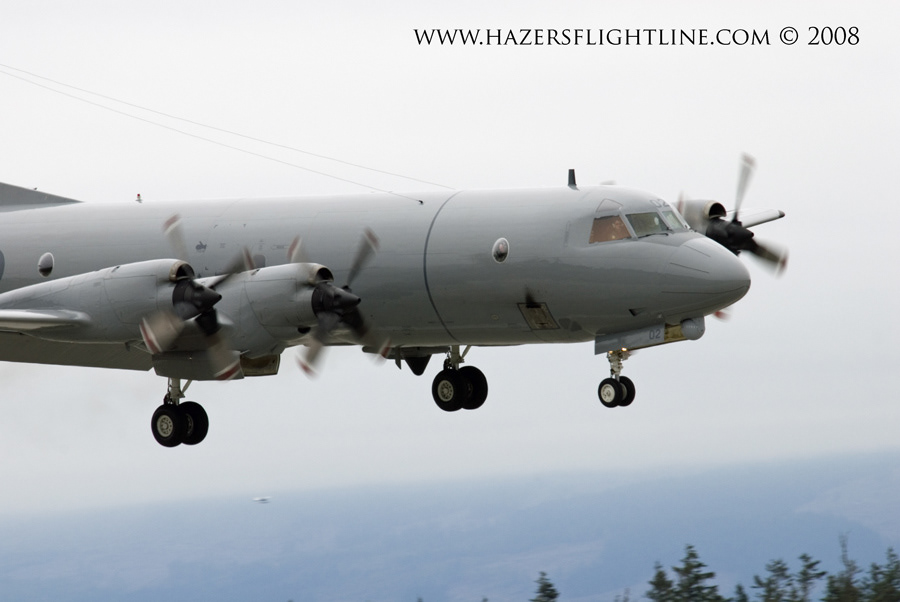
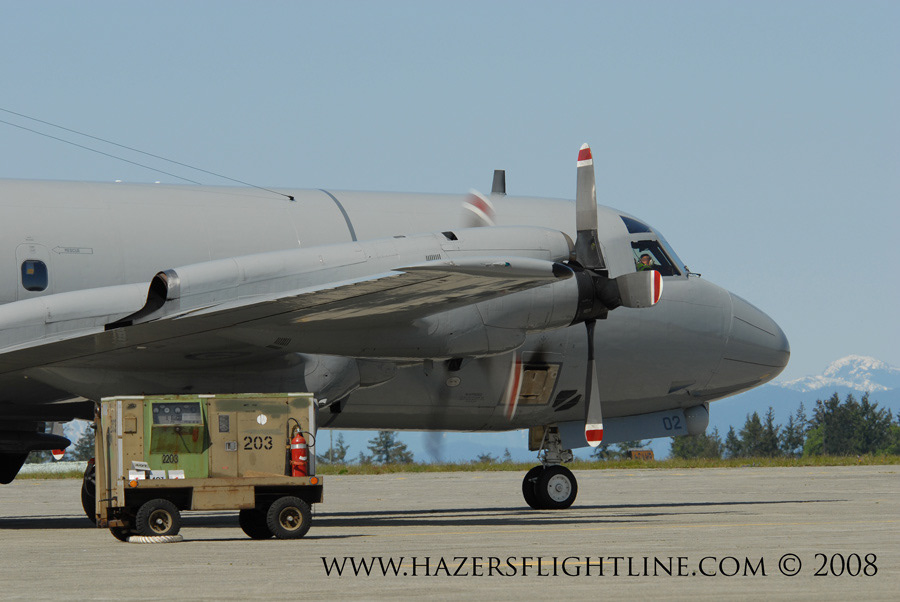
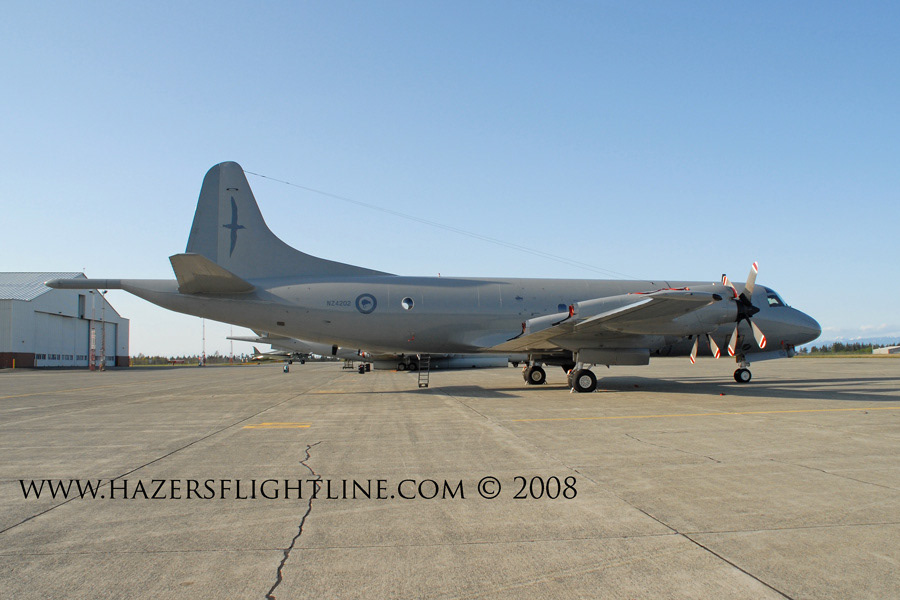
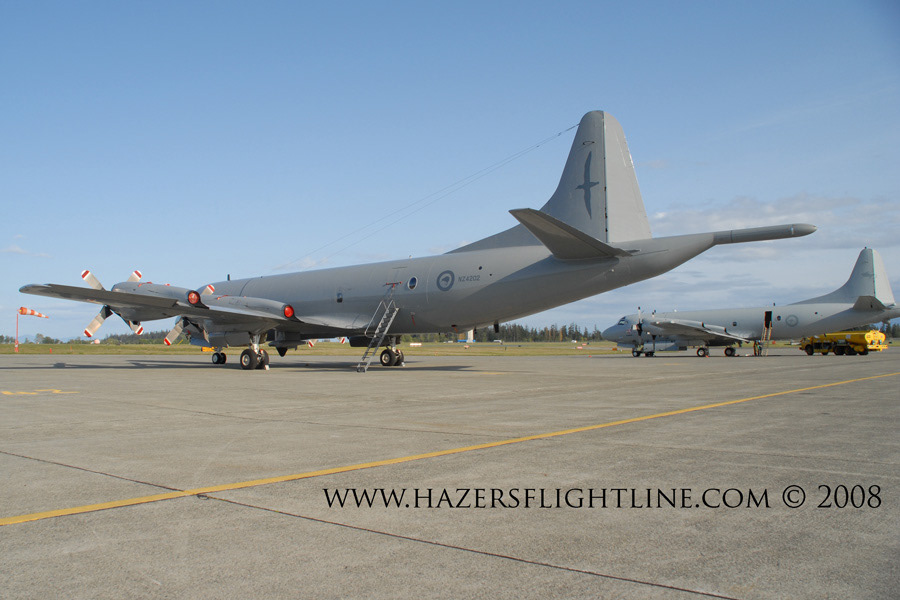
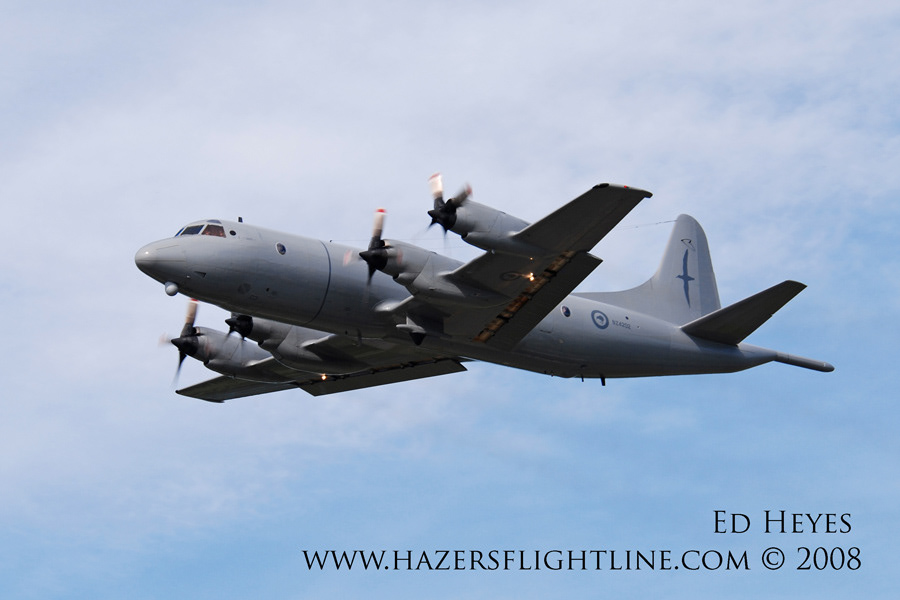
As with most flights, it starts with a briefing which was classified, therefore I could not attend. This was my first example of the relevant and vital mission that these crews perform in the real world and how serious the information gathered is protected. After the briefing I was introduced to Wing Commander Kevin Murray and Squadron Leader Wayne Grehmn. WgCdr Murray commented that my flight would be the first to his knowledge open to the media and was enthusiastic to show me what his plane could do, “The AP-3C is the most capable Orion here today and it is combat proven, we think you will be impressed by its capability." Col Grehmn said that a key system on this plane is made by a small company on the eastern coast of Canada, the Adaptive Image Management System or AIMS. The AIMS is a moving map that is displayed on laptops at the individual stations in the aircraft, where the flight path and mission information is displayed and integrated into the other systems on the aircraft. Each day a patch can be downloaded from the manufacturer and installed into the AIMS, this enables the crew to stay current of any changes to the mission or area of operations. "AIMS is one of the systems that makes our plane so effective, it is fully integrated into our other software which decreases workload on the crew," said Grehmn.
Our call sign was perfectly Aussie, "Foster 24". The transit from Comox to Wainwright was a little over an hour, once on station we were updated via radio with events of the "war" and then relieved "Demon 34", a CP-140 Aurora that had been performing ISR prior to our arrival. "Snapshot" would be the ground commander that would be tasking us during our six hour mission over the battlefield. Wainwright represented an area in the Middle East, populated by camps and small villages throughout the range as well as trucks, ATV's, buildings, weapons and people located in these predetermined areas of interest. Also supporting the troops were Dassault/Dornier Alpha Jets from Top Aces, performing Close Air Support, Canadian Forces Sagem CU-161 Sperwer Unmanned Aerial Vehicle (UAV) and several Bell CH-146 Griffon helicopters transporting soldiers and equipment - below us was everything you would come to expect in today's war in the Middle East. The previous days of the exercise had involved recon and information gathering which was leading to today's event that would involve the coalition troops initiating their assault on suspected insurgents, Improvised Explosive Device (IED) cells and the clearing of IED's on a supply route. These events are precisely what these troops will be dealing with when they arrive in Afghanistan. Having this bird’s eye view of the war from the Orion was impressive but how the information gathered by our plane which was filtered and processed by the crew and then sent back down to the soldier on the ground was amazing, it appeared effortless and without a glitch. Of course it is not that easy and it takes a team of highly skilled individuals to perform this vital mission.
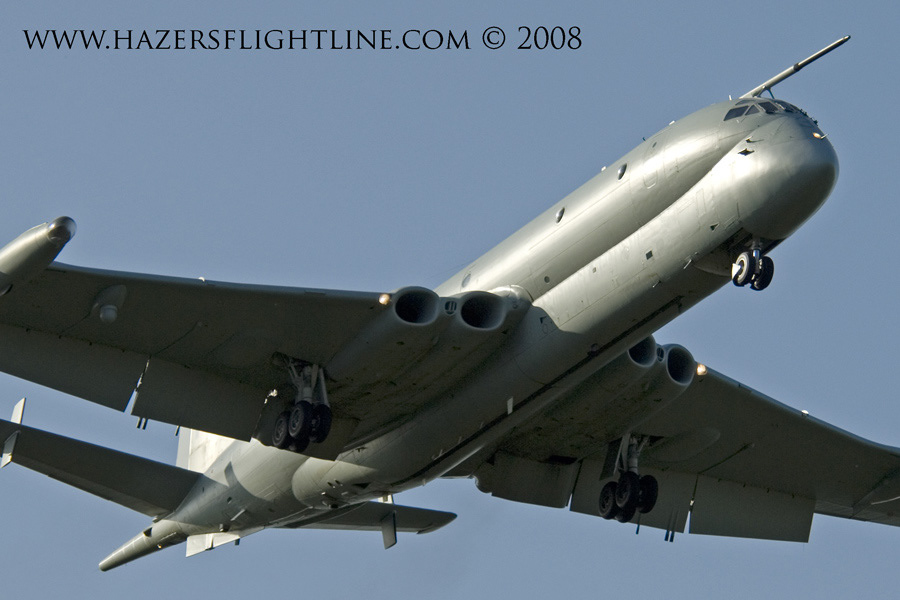

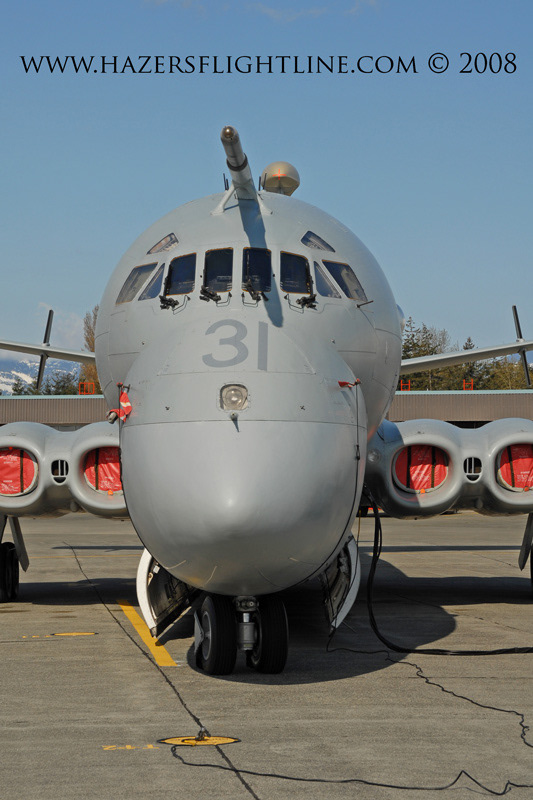
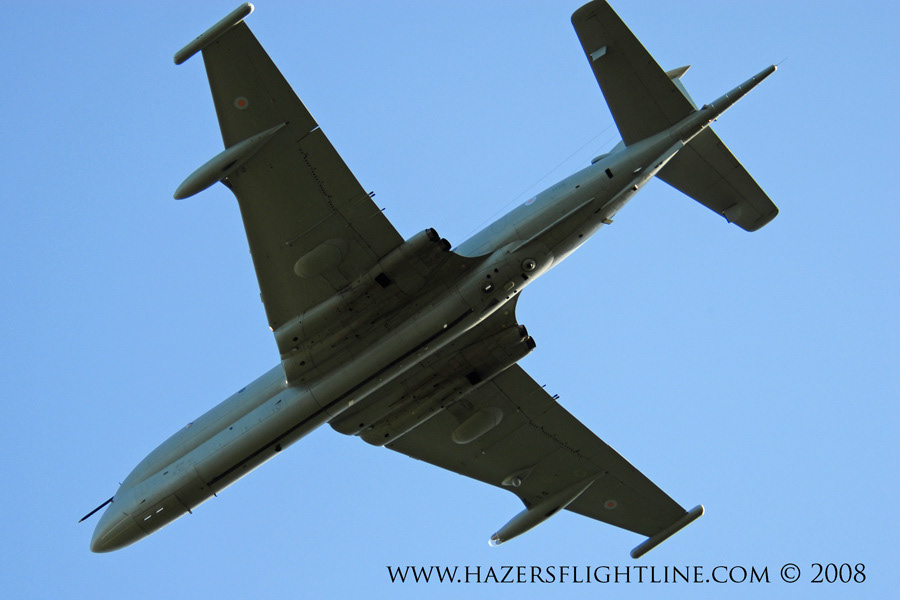

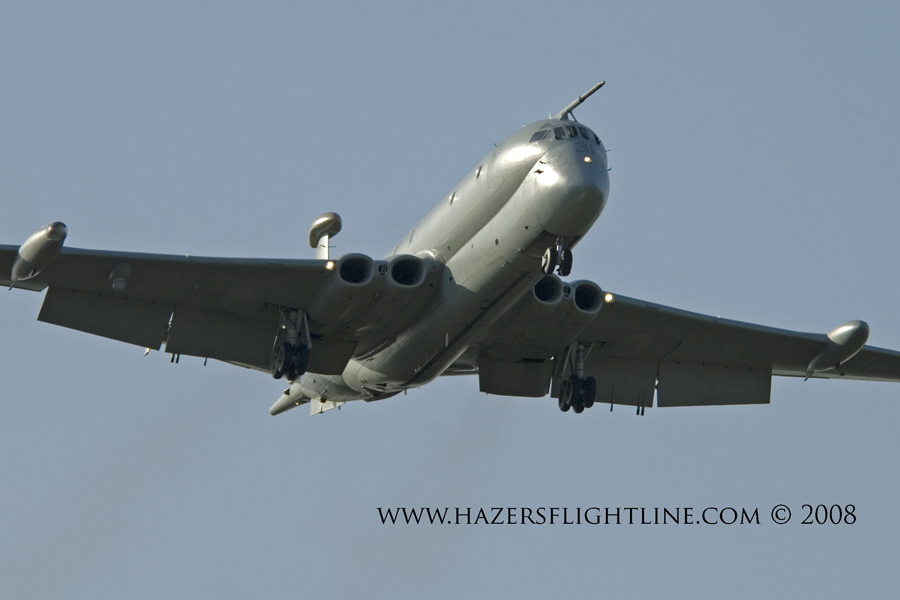
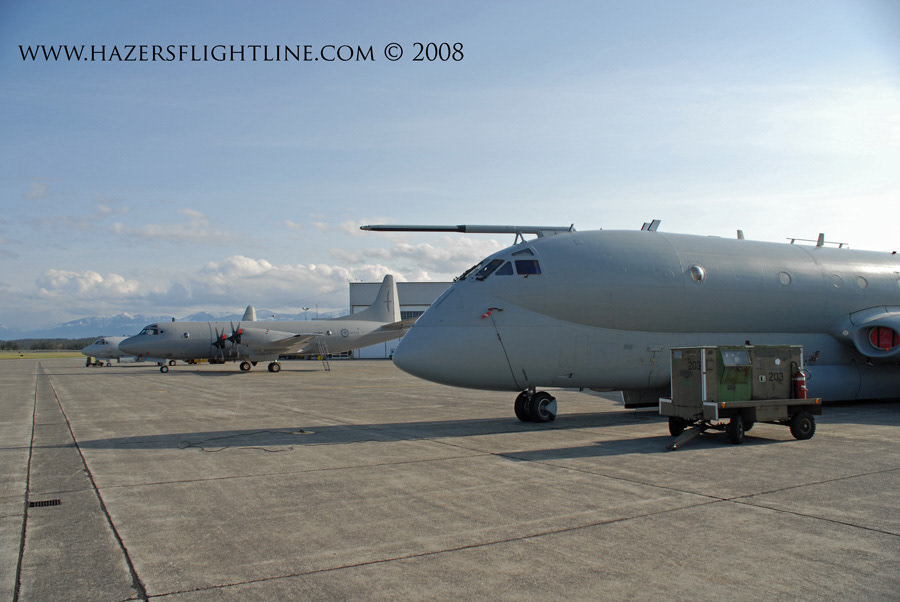
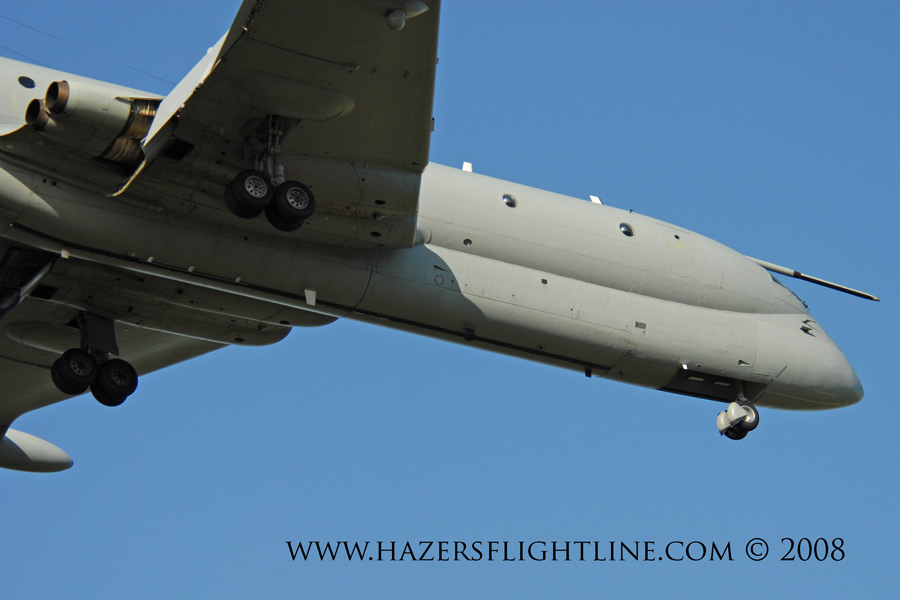

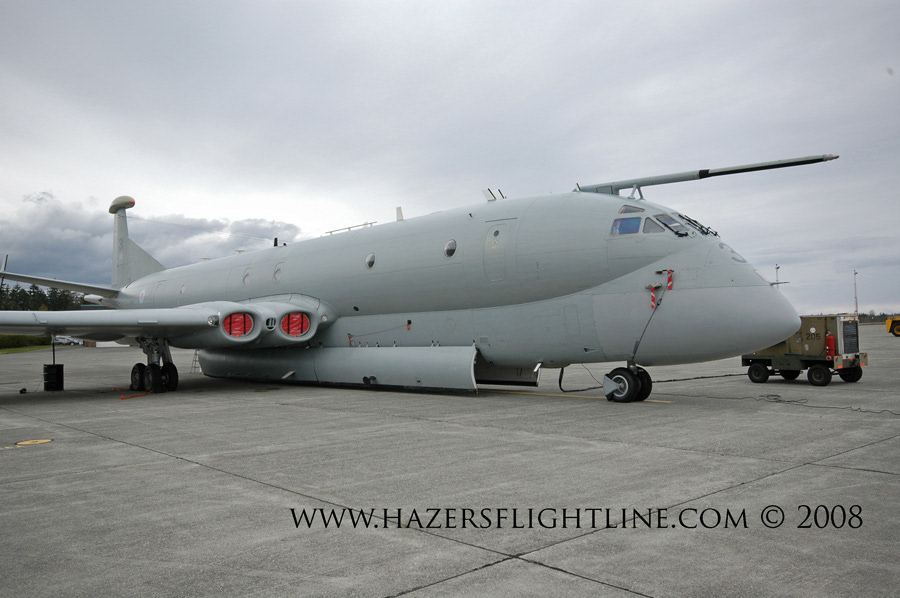
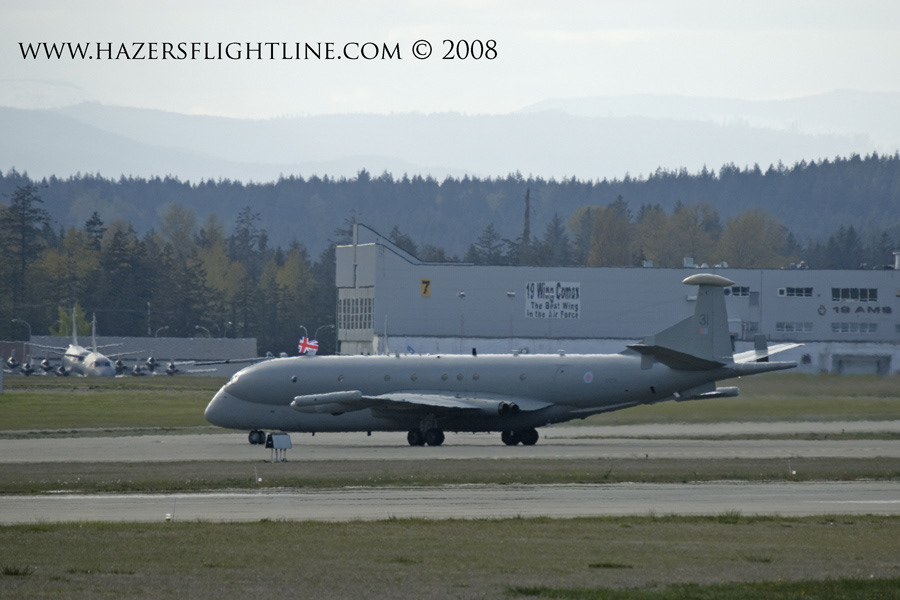
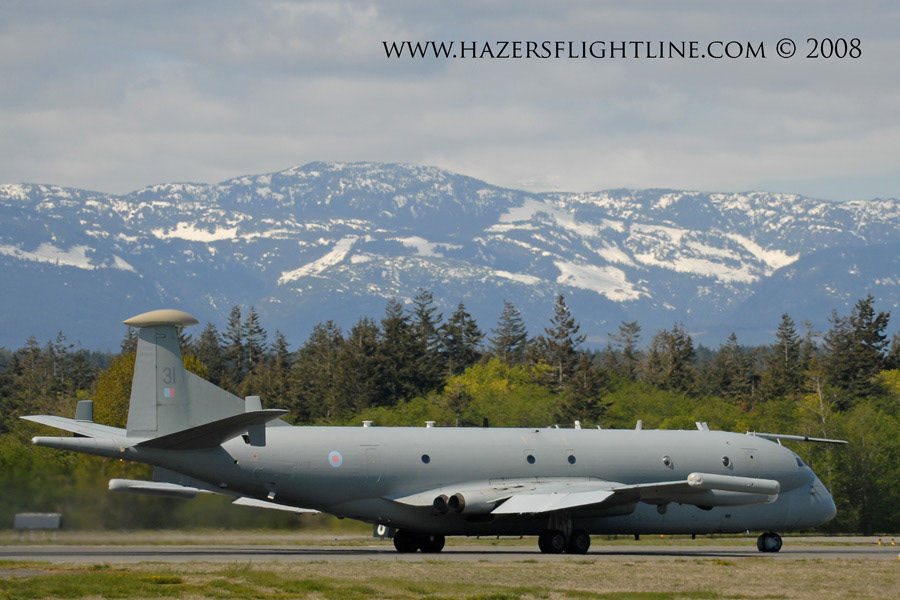
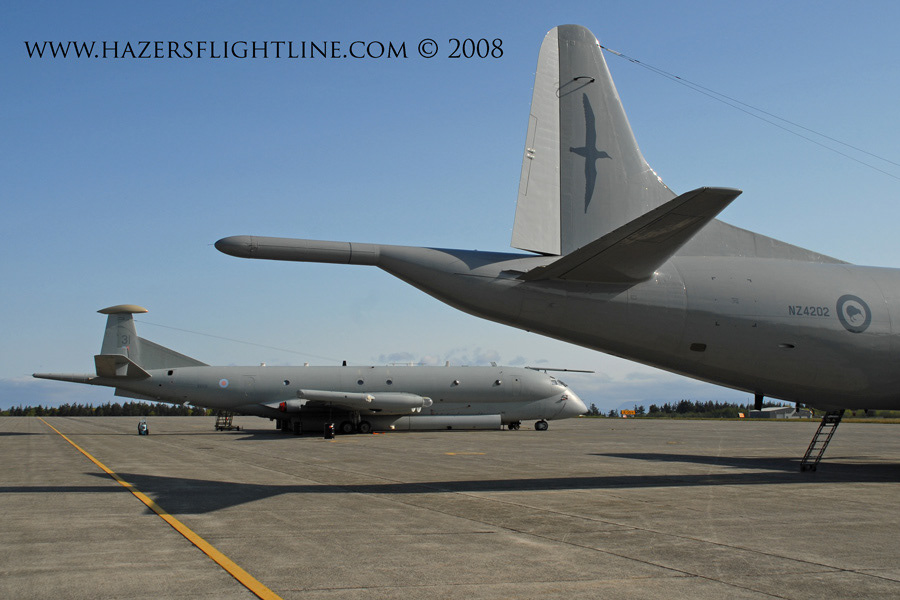
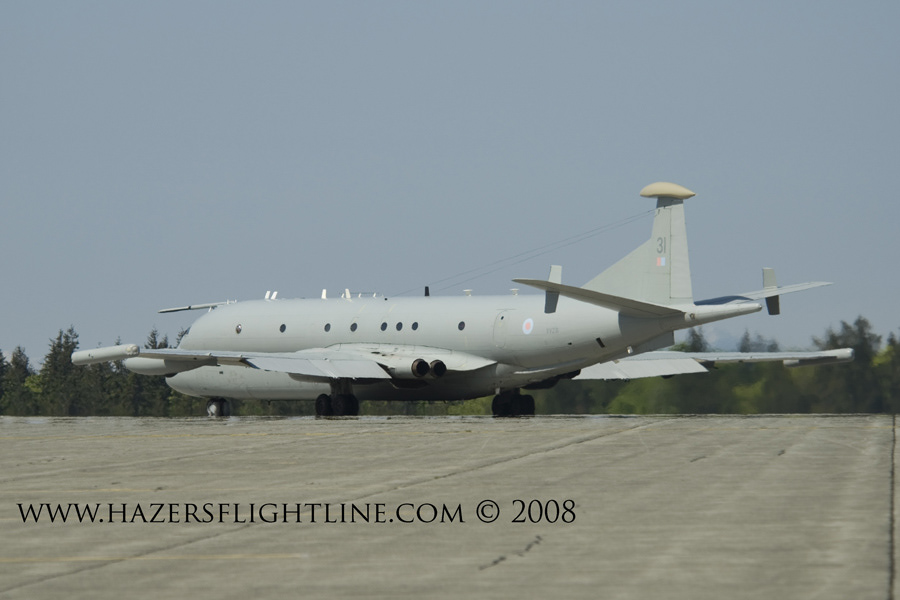
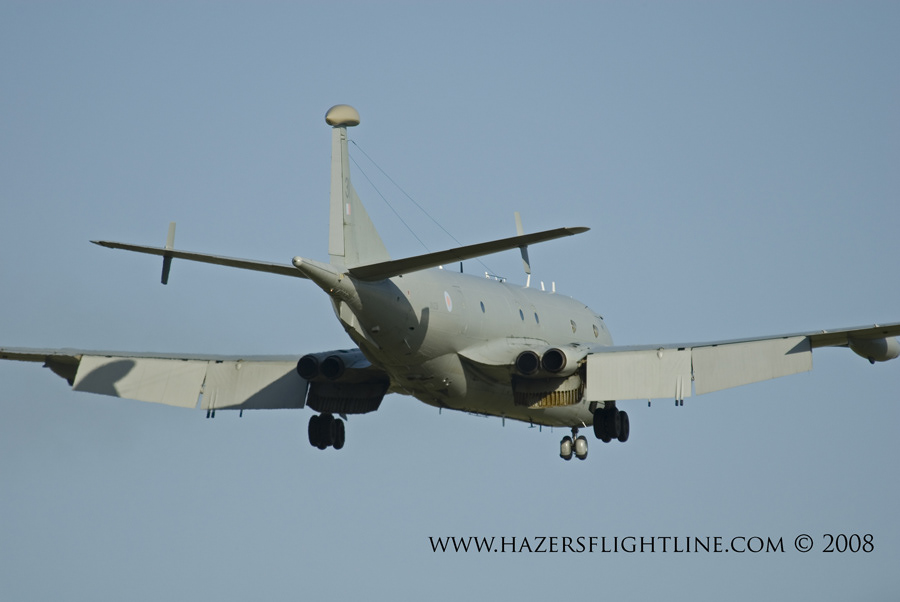
The AP-3C operates with a crew of 12 for either the ASW or ISR mission consisting of pilot, co-pilot and flight engineer up front and nine sensor operators in the back. Directly behind the cockpit sits the Navigator Communications (NavCom) and the Tactical Co-ordinator Officers (Tacco). The NavCom operares the radio's, communicates with the tower as well as the commanders on the ground and navigates the plane's course during flight. The Tacco is responsible of the tactical aspect of the mission and works closely with the pilots and NavCom. He will inform the crew of the next target and relay any tactical information that is relevant during the mission such as; the type of vehicle or weapon that is projected on their large monitors. The images are acquired the from an electro-optical sensor turret known as a Forward Looking Infra Red (FLIR).
The Star Safire II FLIR is housed under the nose of the AP-3C and is retracted prior to the mission. Operated by the Electro Optical operator or EO, he has the ability to maneuver the camera 360 degrees at the subject of interest by use of a handheld controller that looks very similar to a Playstation game pad. As the altitude we were flying cannot be disclosed or the magnification of the FLIR, I can say that it was quite easy to see buildings, trucks, weapons and people below us. Processing all the images displayed by the FLIR was the job of Sensor Operator 1. He would catalogue all photos taken by the FLIR while Sensor Operator 3 would operate the radar as per normal. Two other crew members acted as spotters that used windows throughout the aircraft to visually identify objects with use of binoculars and digital SLR cameras. Another Sensor Operator was on board but I was restricted from photographing or discussing his function. Directing this team and filtering the incoming images is the responsibility of the Senior Employment Manager or SEM, he is the most experienced operator on the team and directs the crew on the necessary information needed to get the images back to the commander on the ground. This in turn makes the job easier for the TACCO as he is displayed with the most relevant pictures that are needed at the present task. . The crew works together to identify any objects, moving or static, and closely identify and examine everything the FLIR produces on their individual screens. We would fly continuous circuits over each hot spot and whether it was a change in orientation of parked trucks or a large gun from one circuit to the next, the crew would identify the change and record and relay the info back to "Snapshot". When the desired image is acquired it is sent via satellite to the soldier on the ground. This now allows the army commander with the most up to date Intel on the next move in the battle. During the mission we were never without a tasking, the army relied on us throughout the six hours and our presence was essential to commanders on the ground.
The flight was an experience that demonstrated the importance of the ISR mission to the army. These previous sub hunters now find themselves performing this mission daily in the Middle East, they are vital to the current operation on the war on terrorism. With more ISR upgrades planned for these Maritime Patrol Aircraft, they will continue to give the commander on the ground the flexibility and human contact that is essential on today's battlefield.
WEEK TWO ASW PHASE
The second week of Fincastle was the ASW phase of the competition. These missions were conducted at the Canadian Forces Maritime Experimental Testing Range (CFMETR), located near Nanoose Bay, a 10 minute transit from Comox. CFMETR is capable of tracking underwater, surface, and air targets including torpedoes, submarines, surface vessels, and aircraft. These tracked objects are recorded and displayed in real-time at their operations centre located on nearby Winchelsea Island. The ASW teams were allocated 2.5 hours to search, localize and attack a MK 30 mod 2 ASW Advanced Target Training System (ATS), an eight meter long, torpedo-shaped vehicle able to mimic the sounds and movements of a variety of submarines. Self-propelled, it follows a pre-set pattern, allowing aircraft to track it and launch attacks against it with practice torpedoes. Each team flew one familiarization flight prior to the competition flight, a chance to work out any of the kinks with the aircraft systems and offering the crews to get use to the small rectangular area that is CFMTER. I was invited to fly with Team Canada during their familiarization flight and experience the ASW role first hand.
The Lockheed CP-140 Aurora has been in service since 1980, with a modernized mission suite still a couple of years away, the Nimrod and RAAF Orion clearly have the advantage when comparing equipment, "Technologically it's 1980 versus 2008, and there are few comparisons" says 407 Squadron's Major Brian Erickson. "But it all comes down to the quality of the crew, and that means we're still very much in this competition."
CFMTER is located in the Strait of Georgia, dividing the mainland of British Columbia with Vancouver Island, the area near the range is scattered with pleasure boats, passenger ferries and commercial ships. Using the Aurora's Wescam MX 20 FLIR, the EO operator identified all boats near the range to acquire a Situational Awareness SA of the area. As soon as all the traffic on the water was documented and downloaded into the aircraft's system, it was time to start the sub hunting. The Aurora released an Expendable Mobile ASW Training Target (EMATT) known as a MK-39, this mobile simulator would be the "submarine" for the mission. To ensure that no team had an advantage over the next, the familiarization flight would consist of MK-39 and not the larger and more capable MK 30 mod 2 ATS that was used for the competition flight.
Once the EMATT was in the water, the Aurora sensor operators got to work. The first phase of ASW is the search. Dropping sonobuoys that are located in the belly of the Aurora, the Tactical Navigator (TACNAV), Major Erickson would direct the Airborne Electronic Sensor Operators (AESOPS) to deploy the buoys into the water. Using specific search patterns, the sonobouys can vary from a straight line in the water, where the sub could possibly pass through, to a distribution field where the sonobuoys are released in a specific pattern. Using intelligence from the brief, sonobuoys can be programmed to sink to a certain depth where the crew believes the sub could be operating. When the sonobuoy hits the water, it sends out a signal into the water, if the signal hits a submarine, the return signal is sent back to the rear of the Aurora to its Magnetic Anomaly Detector or MAD boom. The Acoustic Sensor Operators translates these return signals from the sonobuoys. Working with the TACNAV they create a picture of where the sub may be located. With this information, Major Erickson starts to plot the possible direction of the travelling sub. The TACNAV will continue plotting positions of the next sonobuoy to be released on his screen, this new drop location is displayed to the pilots screen in the cockpit, the pilot then performs tight turning maneuvers to position the Aurora over the waypoint as quick as possible.
The Aurora now starts tracking patterns on the sub, the intensity among the operators and pilots grows. The chatter builds, the AESOPS are busy loading more specific sonobuoys into the tubes located in the armament station, the pilots and flight engineer fly the Aurora into tighter 60 degree turns, once they have a good position on the sub, the attack pattern is performed. This pattern can involve more than one pass as it may require more than one torpedo to destroy the submarine. With a slam beneath us, the bomb bay doors open and close. We would perform attack and reattack passes, four in total. Erickson describes the attack, "Two runs were good hits while the other two were still within the weapons envelope." During the flight back to Comox he adds “we had some good stuff today but there were a few technical problems in the back of the plane. We will bring these up in briefing and have them corrected by our competition flight." As for his prediction who will win Fincastle, "We've worked really hard to prepare for this," he continues, "the other countries here have some pretty amazing equipment, but success in the competition is all about integrating into the maritime environment, reacting to the situation and being able to put a weapon accurately on target. That's something we're pretty good at."
As with any international military exercise, Fincastle offers social events that promote friendship and camaraderie within the ASW community. During the two weeks there were a number of International Parties where native dishes from the participants were consumed...along with native beverages. The participants also helped out the community of Comox with a fund raiser to help the British Columbia Lions Charity for Children with Disabilities. The crews participated in a race, who could pull an 30,000 kg (66,150 pound) Aurora the fastest over a 10 meter (33 feet) course using 20 members per team. The countries put up a good fight but in the end, Team Canada was crowned the Pull Plane champs, the big winners were the kids, the teams raised a combined total of $4500.00 during the one day event. The four nations are more than happy to help out a worthy cause and were honored to help out the kids. “This was a great event, for a great cause” says 19 Wing Commander Col. Fred Bigelow. “We raised money for an important charity while laying aside the stress of competition to get to know our comrades in arms a bit better.”
And the Winner Is....
At the conclusion of the competition and all the marks had been tallied, not much had changed since the previous Fincastle in 2006, the RAF was again awarded the Fincastle Trophy for 2008, proving their continuing supremacy in the long range patrol ASW and ISR missions. This is the RAF’s 18th year winning Fincastle since its inception back in 1961. Other winners from different categories this year included;
Lockheed Martin FINCASTLE Maintenance Trophy – Australia
VPI Fellowship Trophy – Australia
FINCASTLE Ramnee Sporting Trophy - Canada
With the threat of submarines on the decline, the Maritime Patrol Aircraft community has developed and grown into a role that is important to the battlefield of today's war. Just as the aircraft have matured, the Fincastle exercises have grown as well. Now incorporating the ISR mission into the competition demonstrates the communities need to offer the best bang for the buck during international exercises in today's shrinking defense budgets. These aircraft are true muti-role aircraft that perform each role very well and if needed, can perform both during the same flight, a flexibility that cannot be performed by UAV's. The future looks bright for the ASW community as new aircraft such as the BAE MR4A Nimrod and Boeing P-8A Poseidon, will soon replace the aging yet effective ASW platforms of today.

